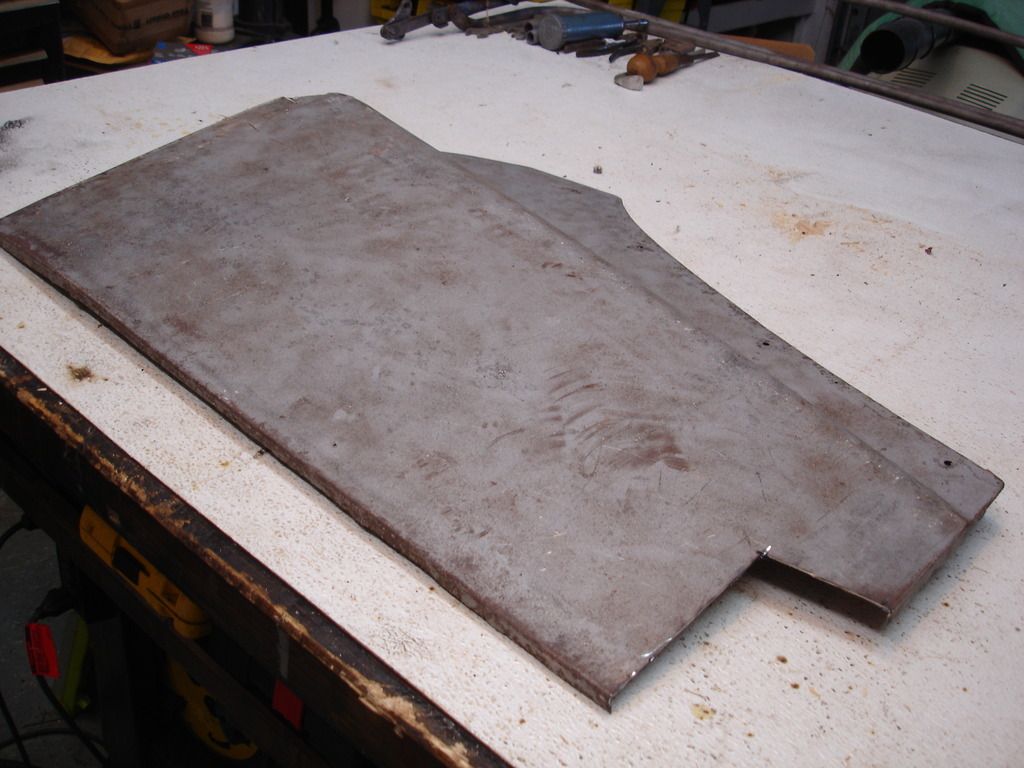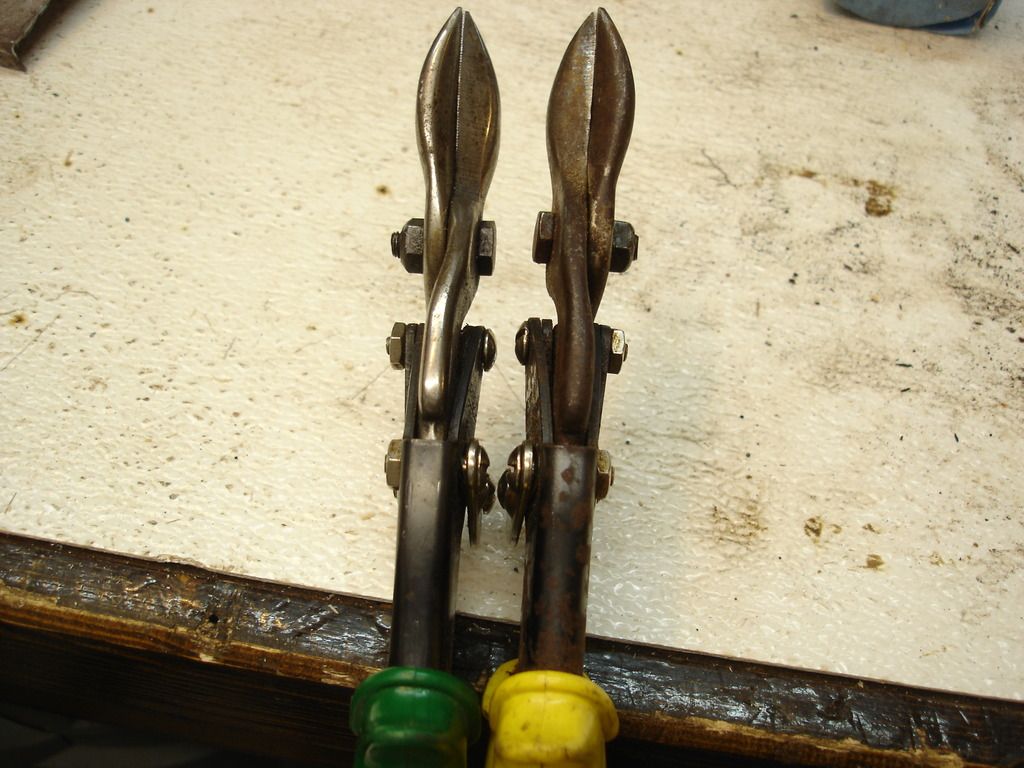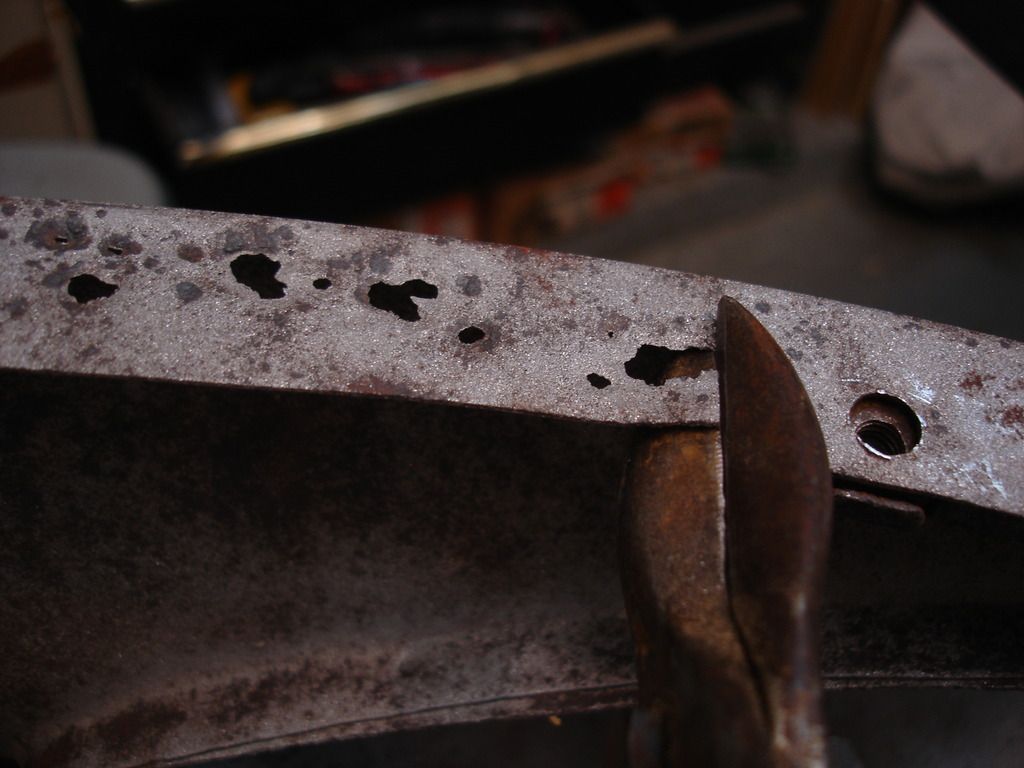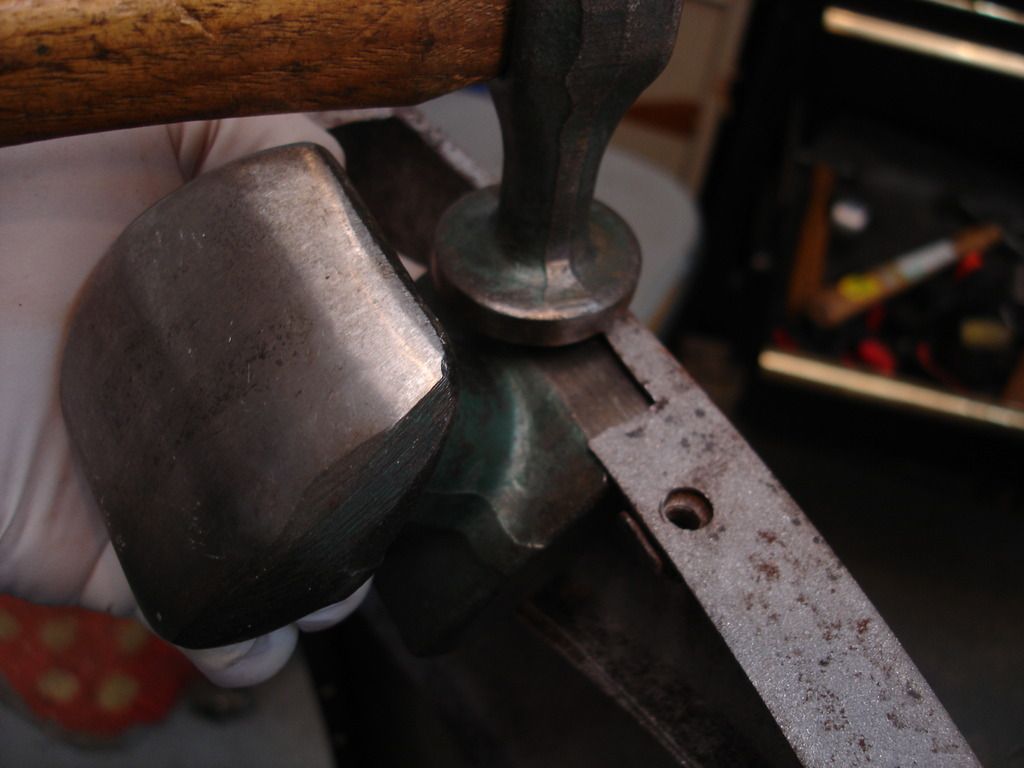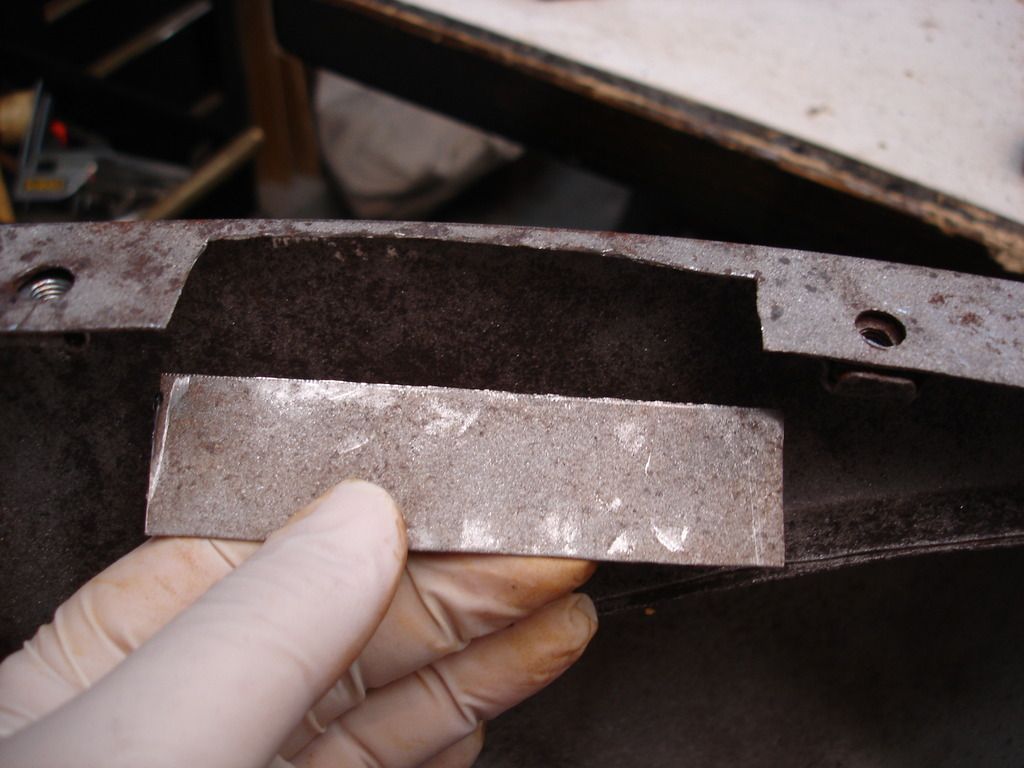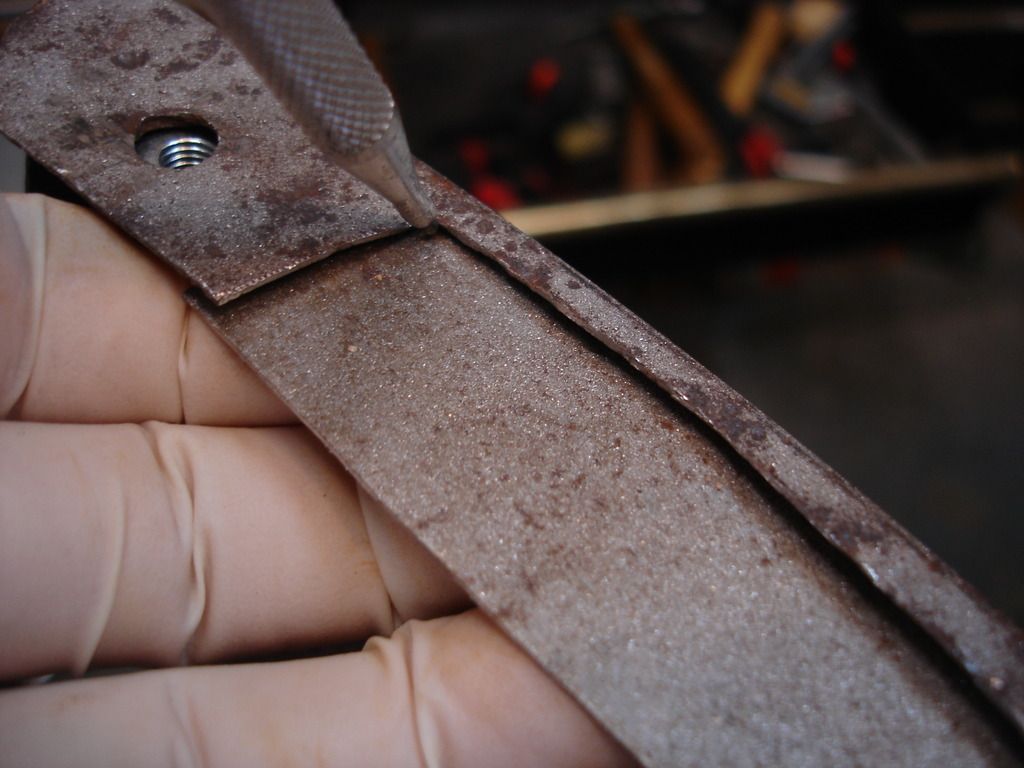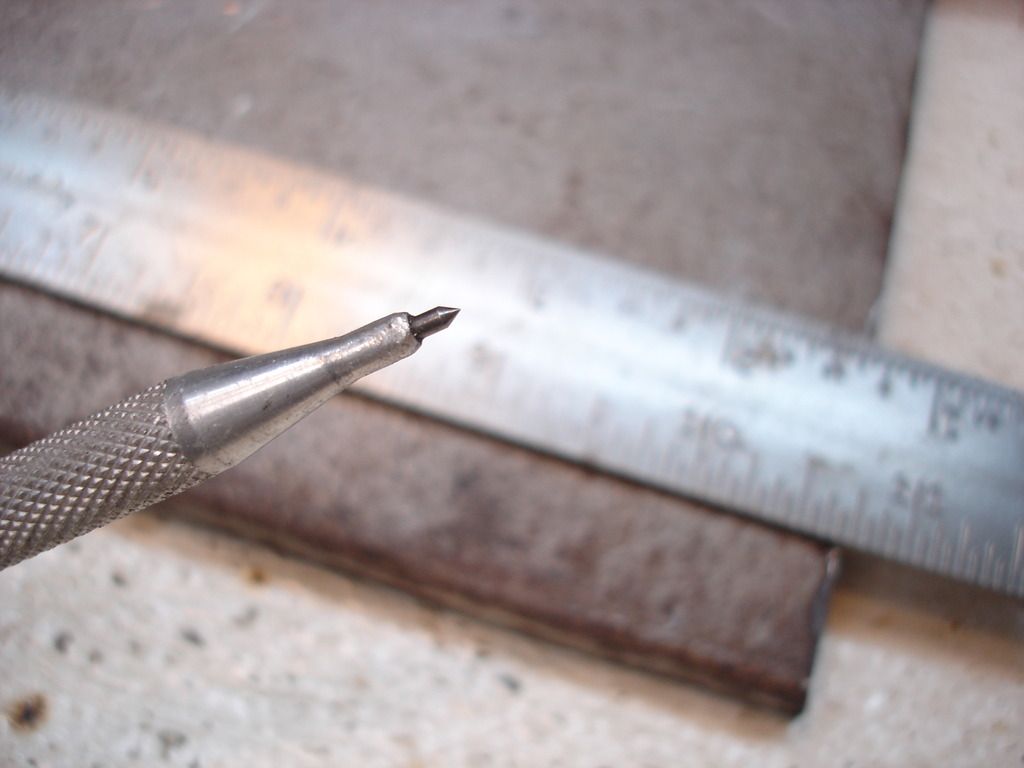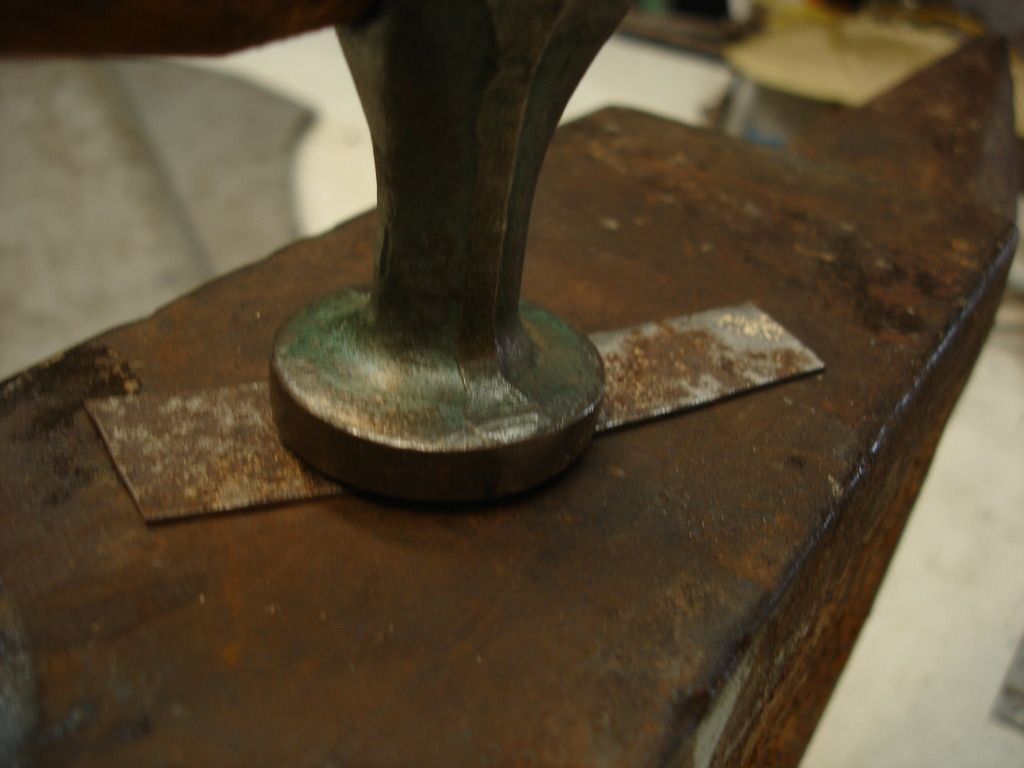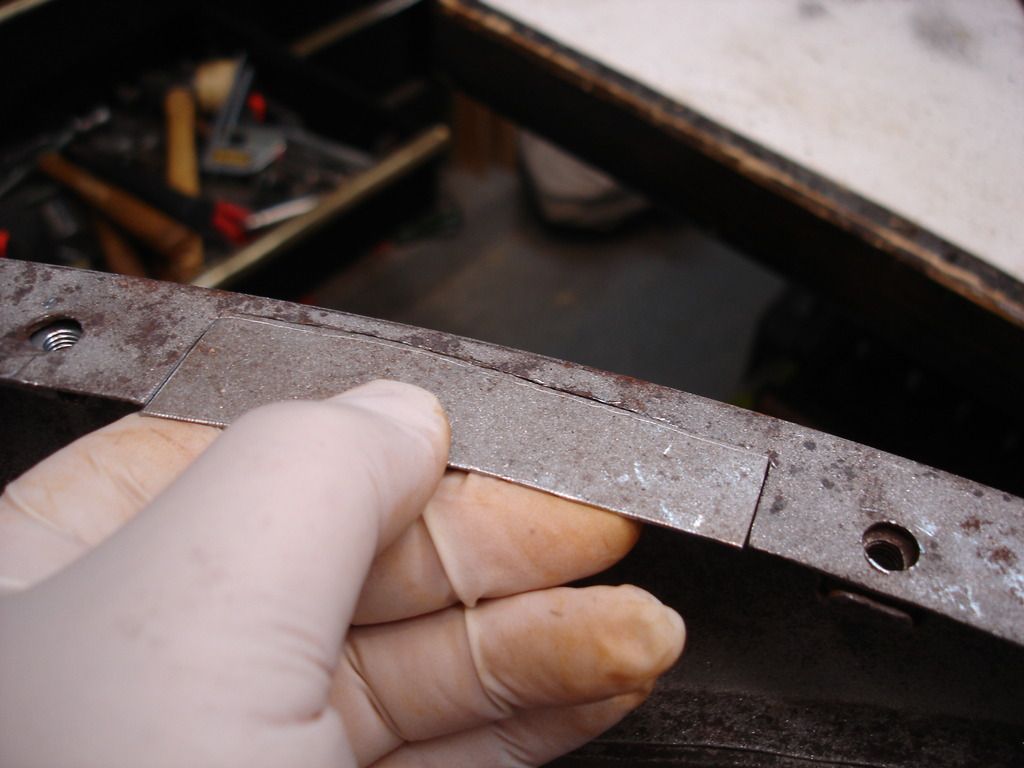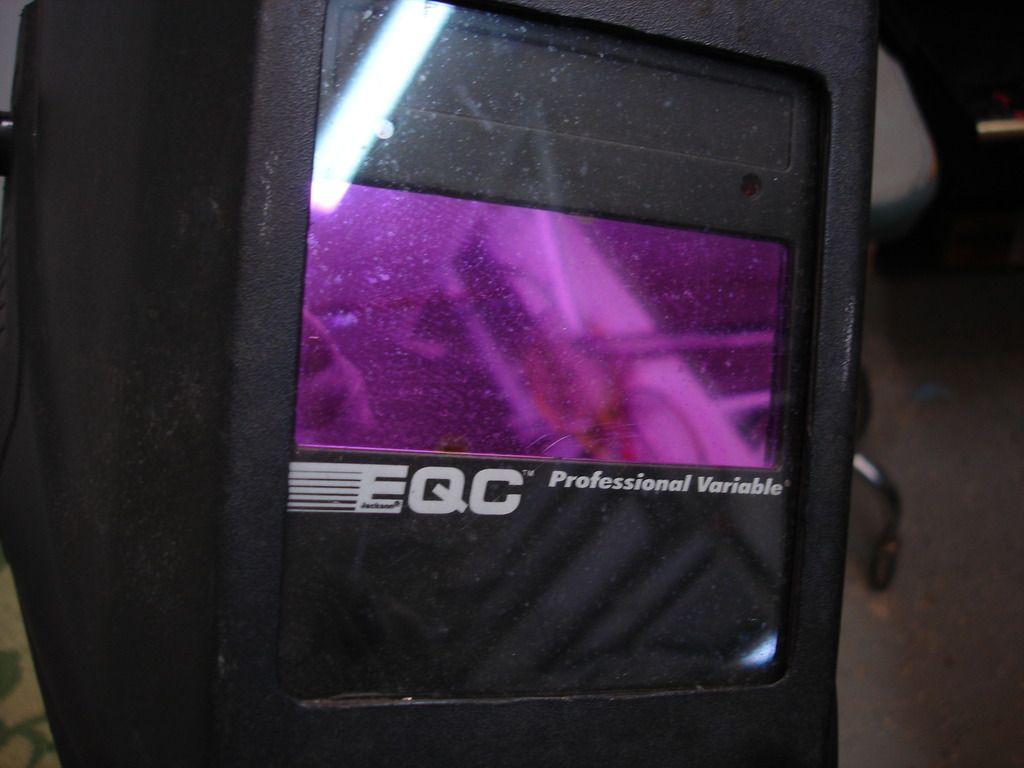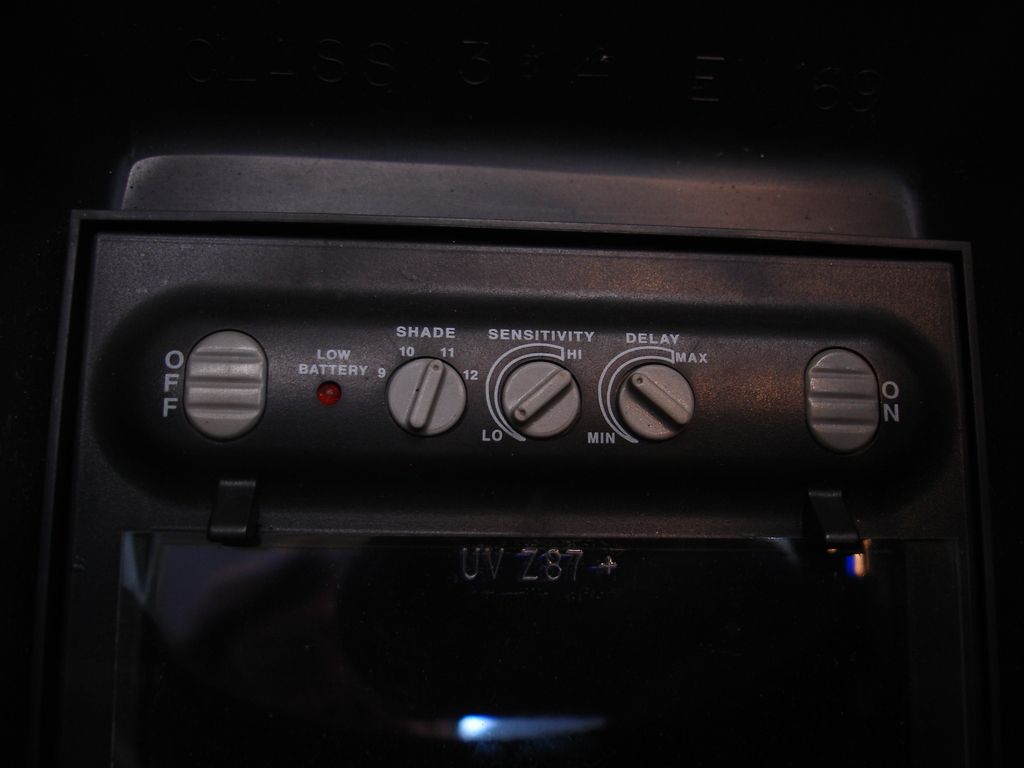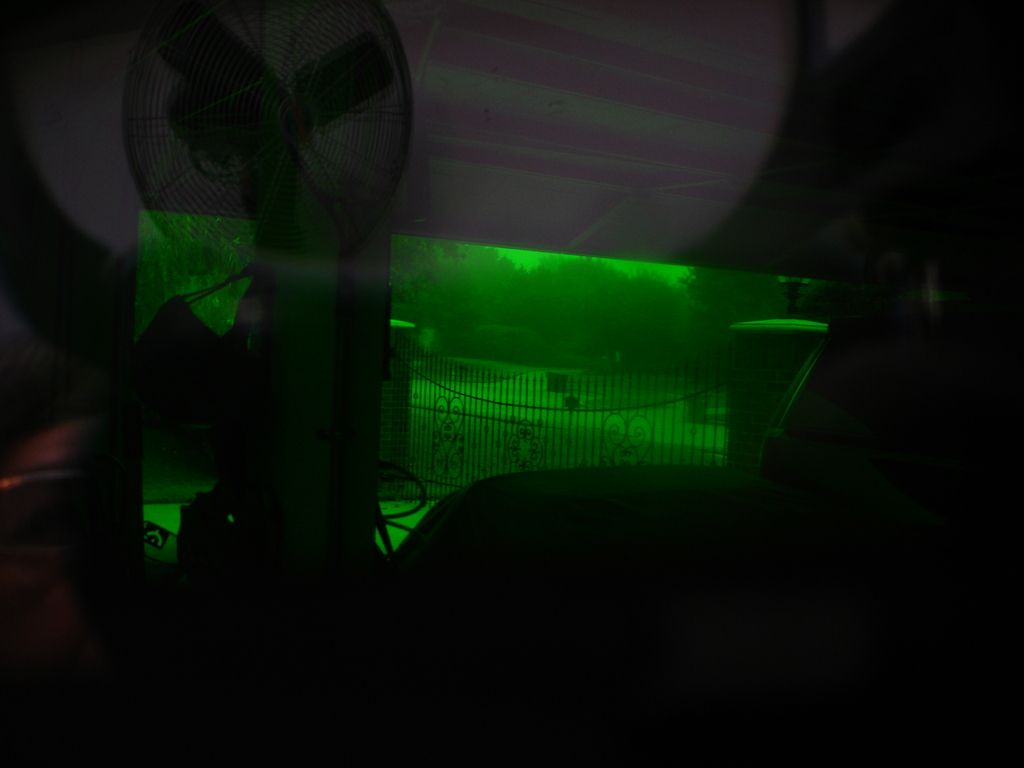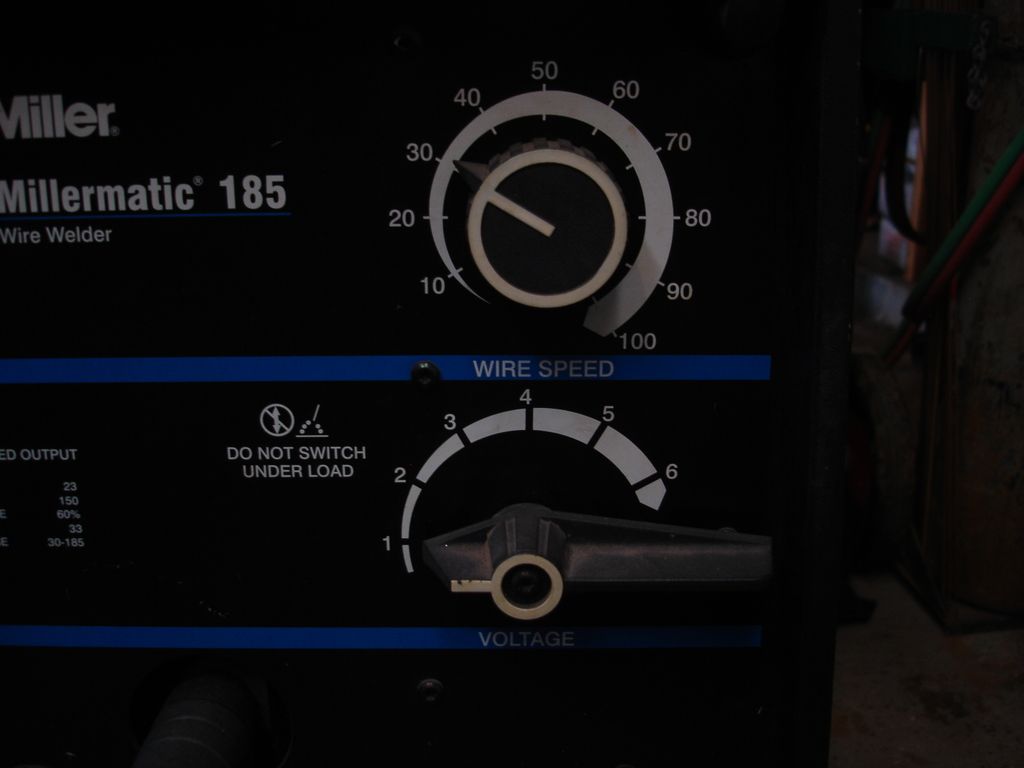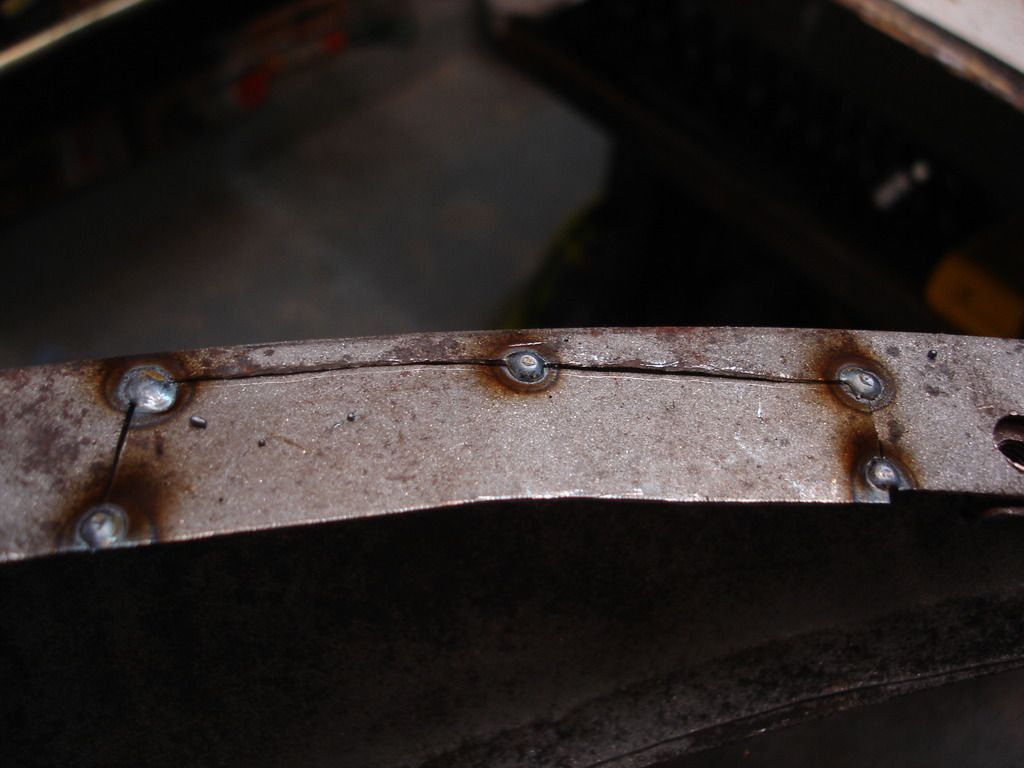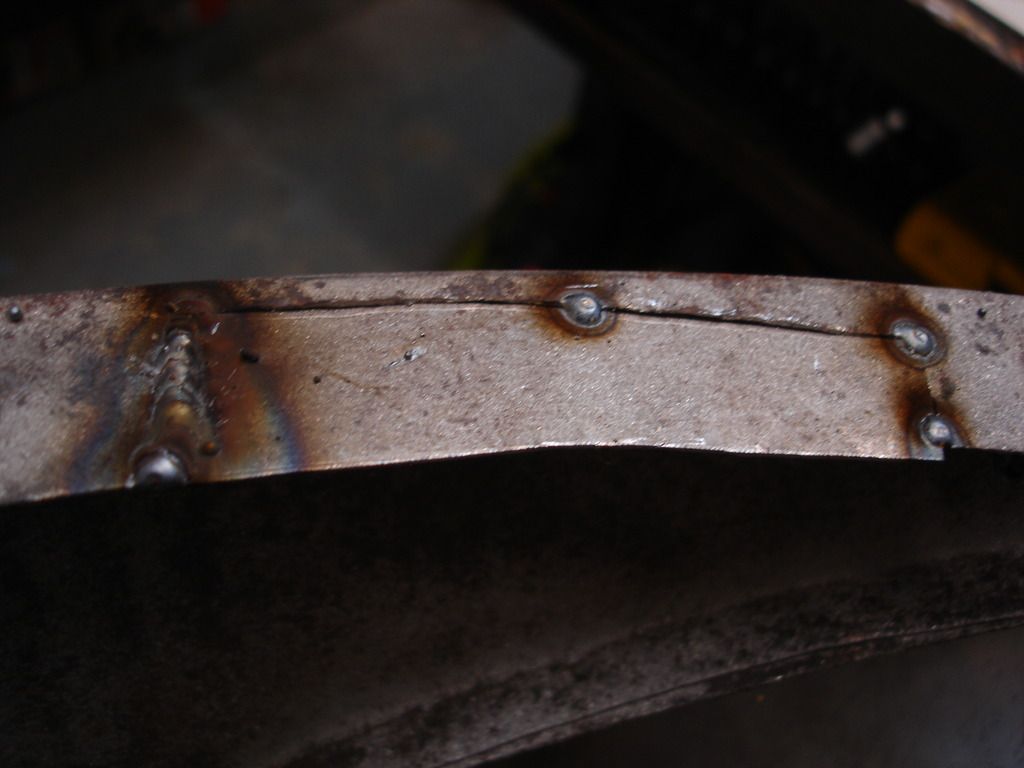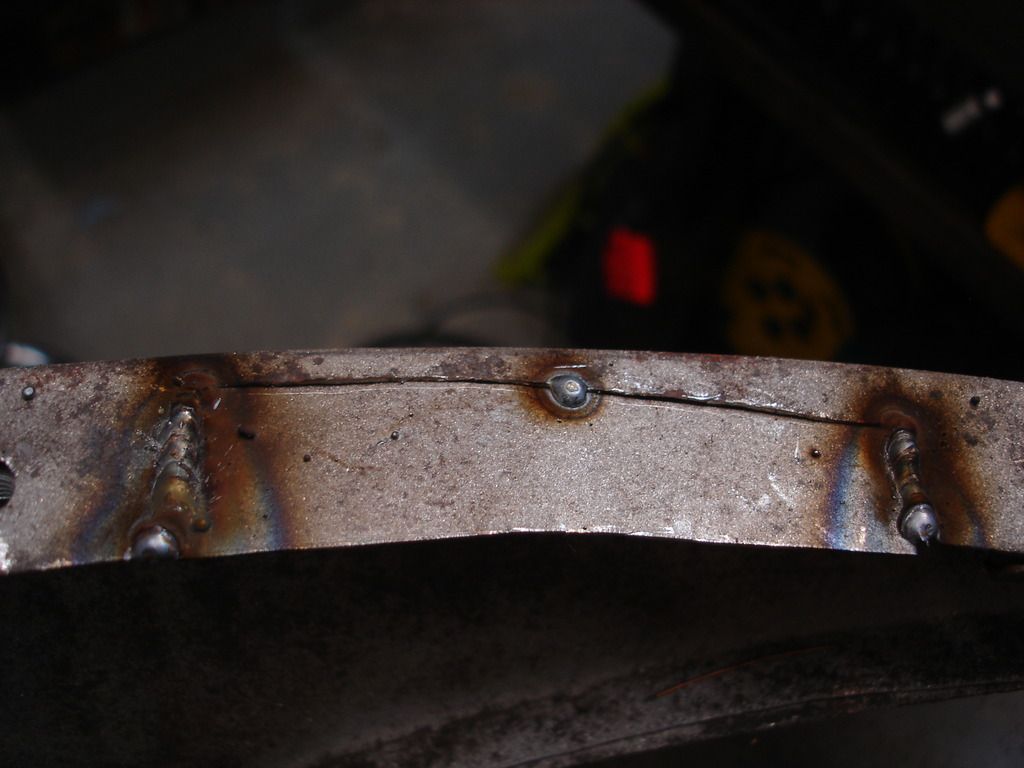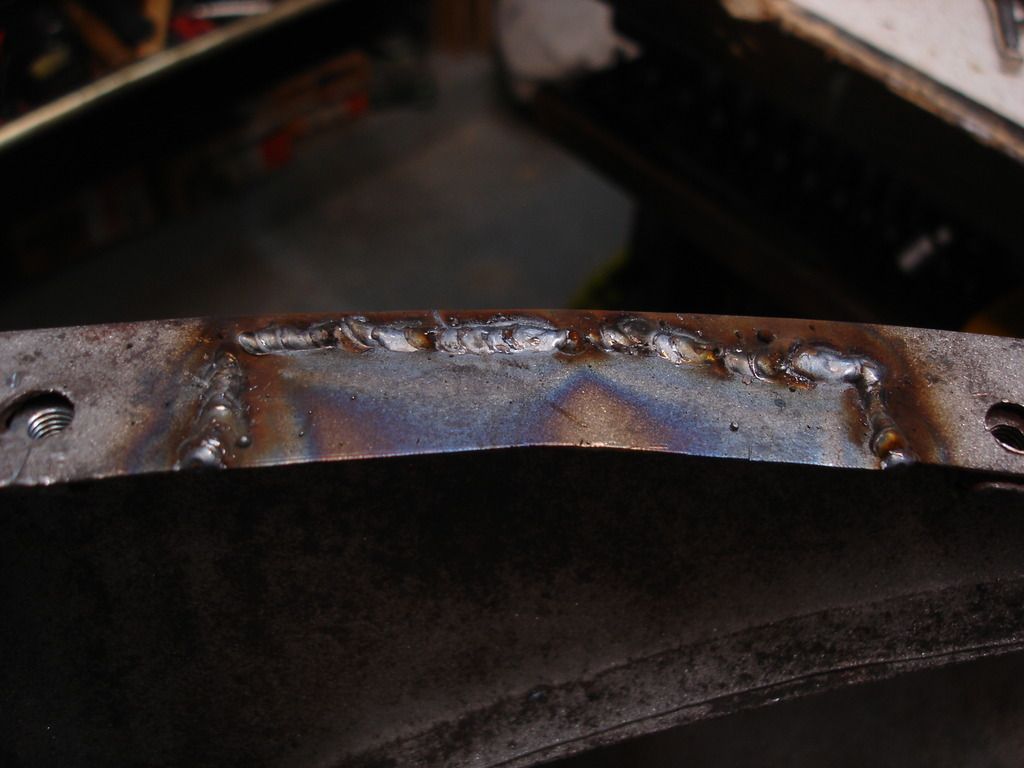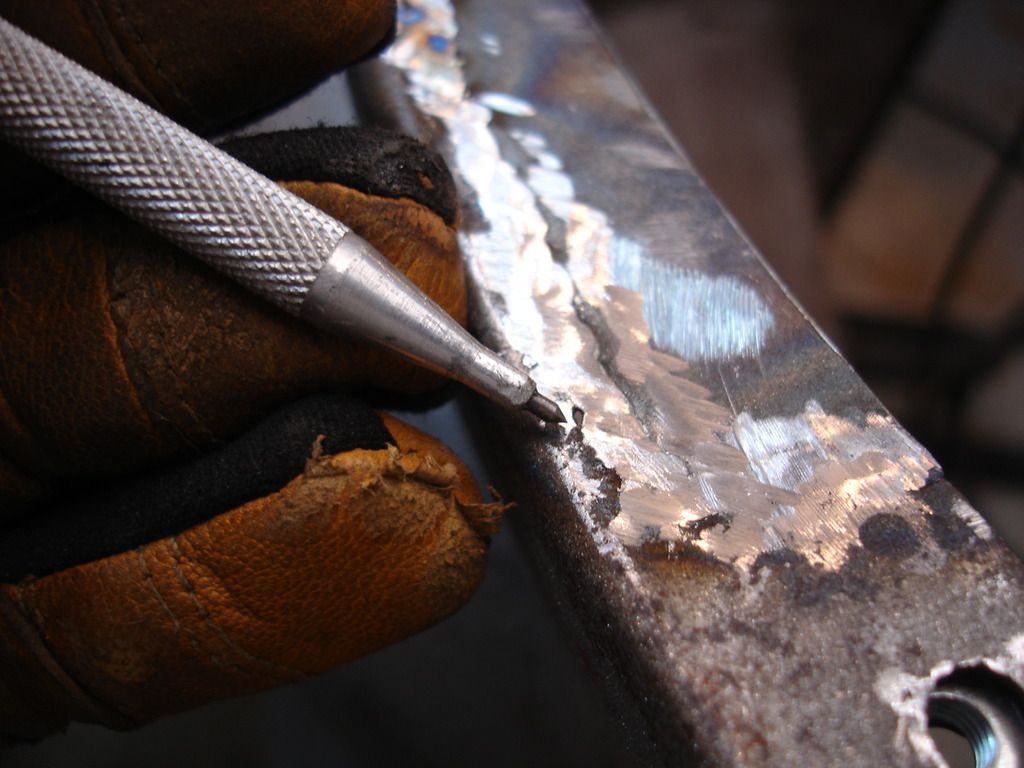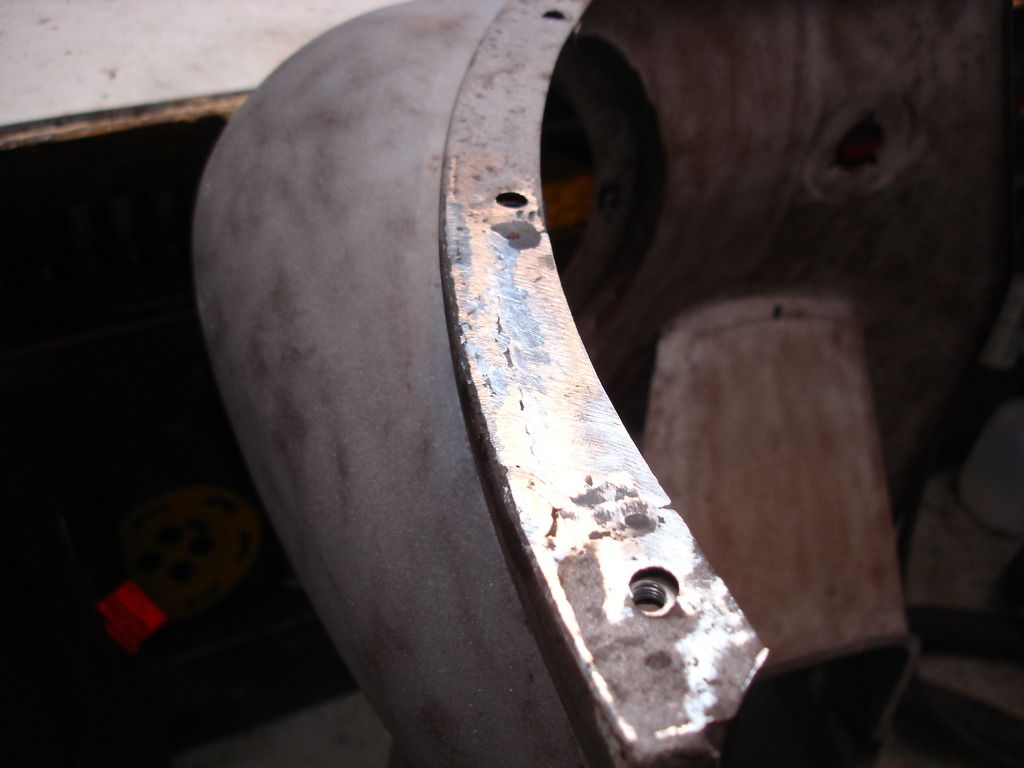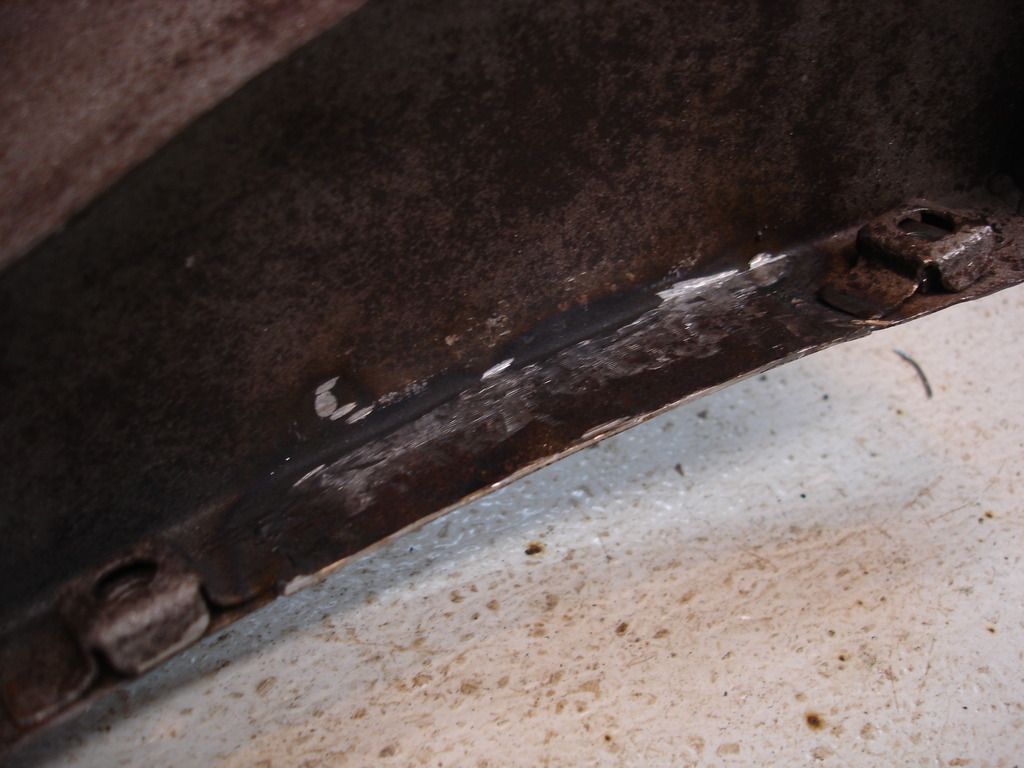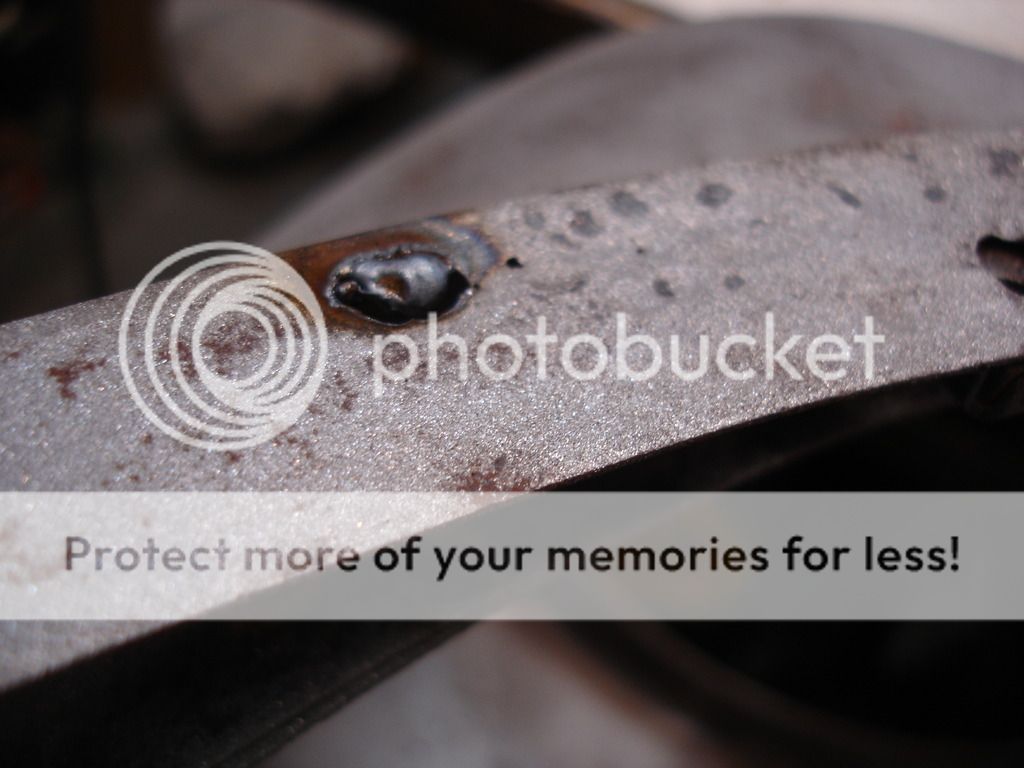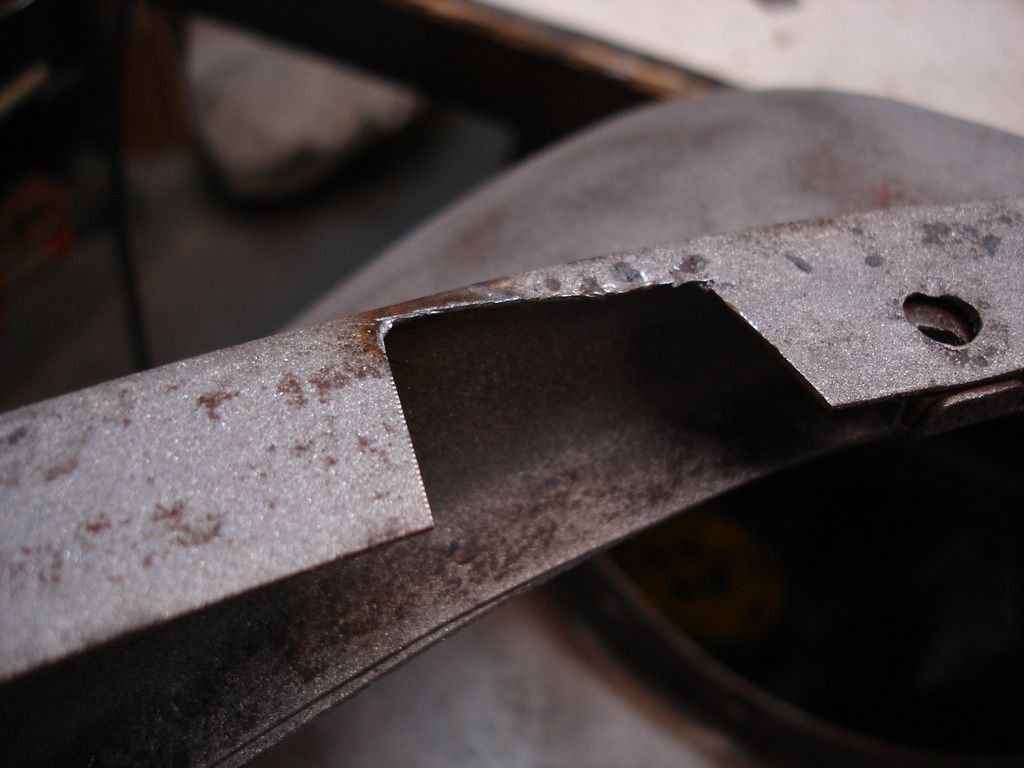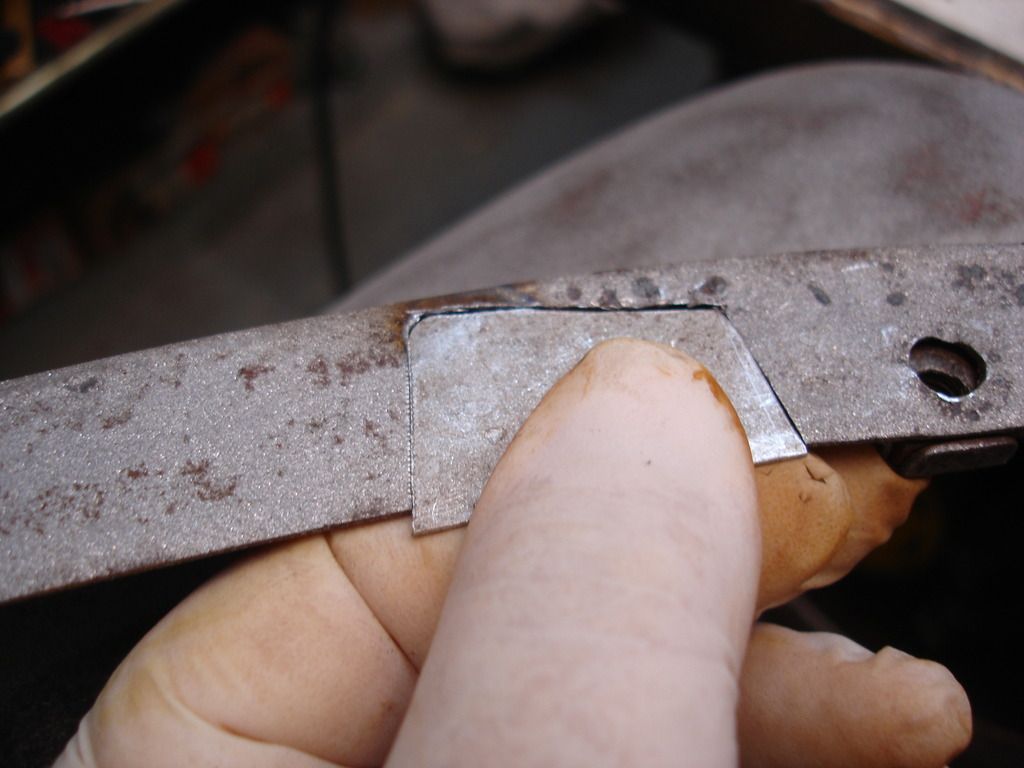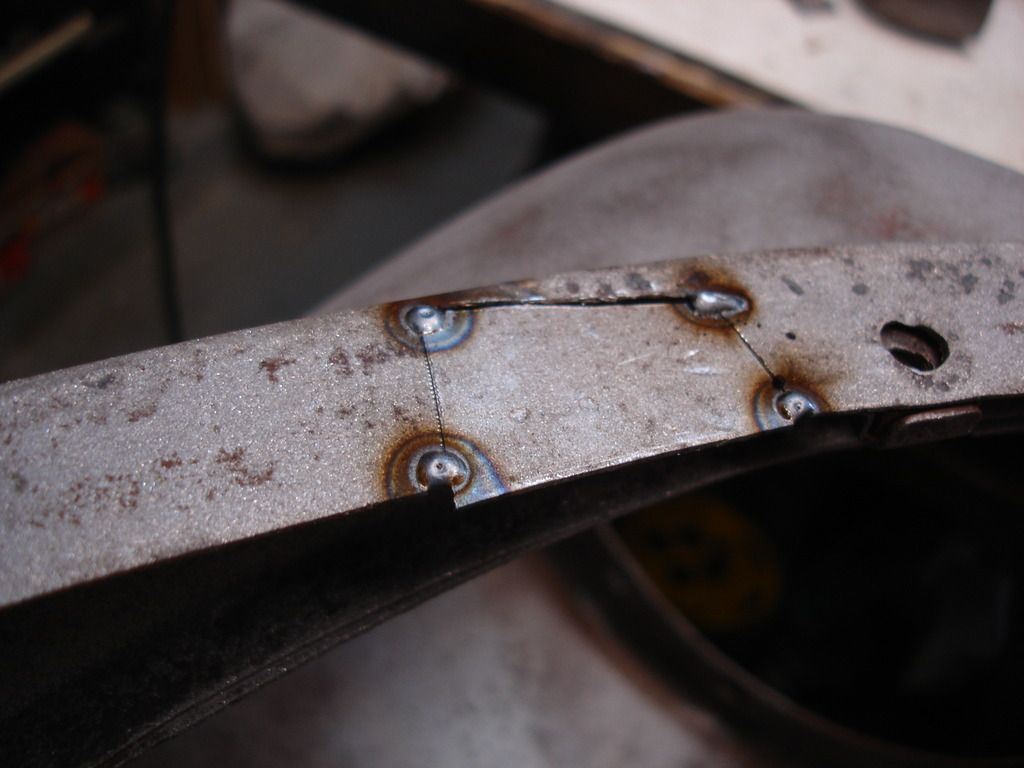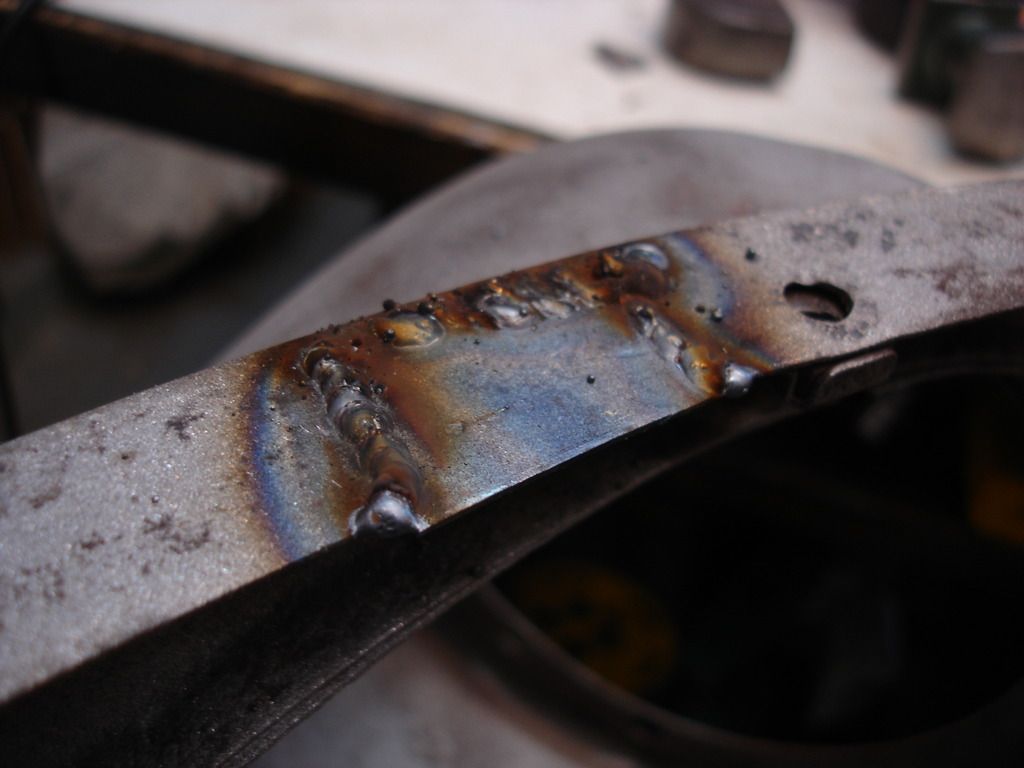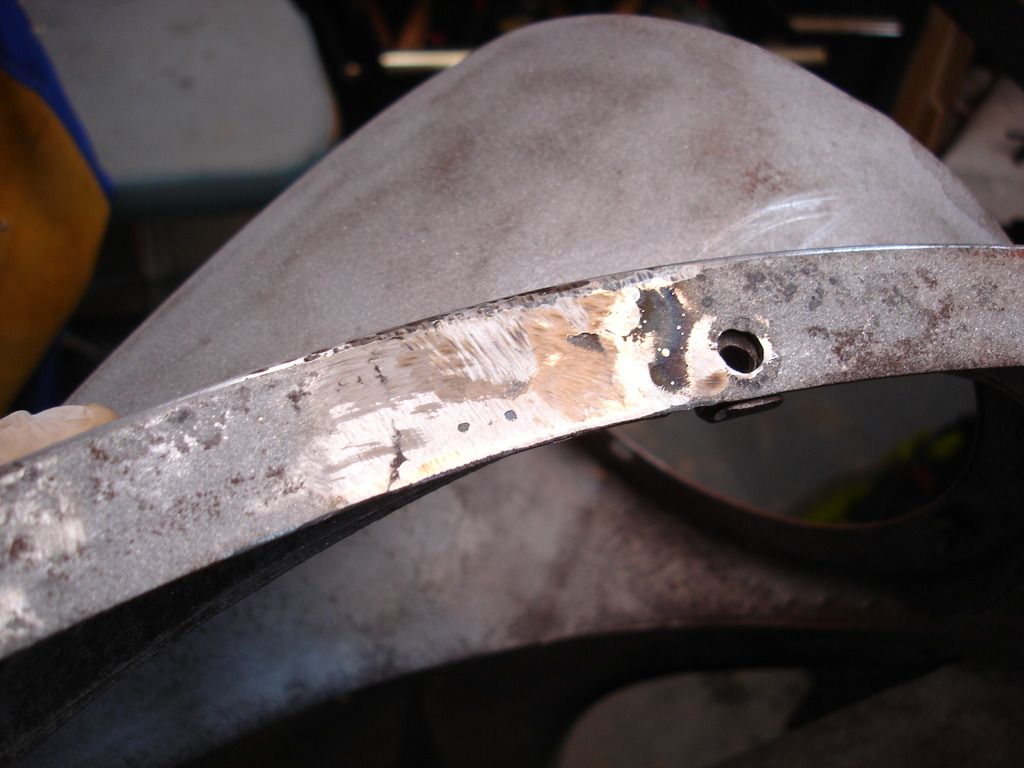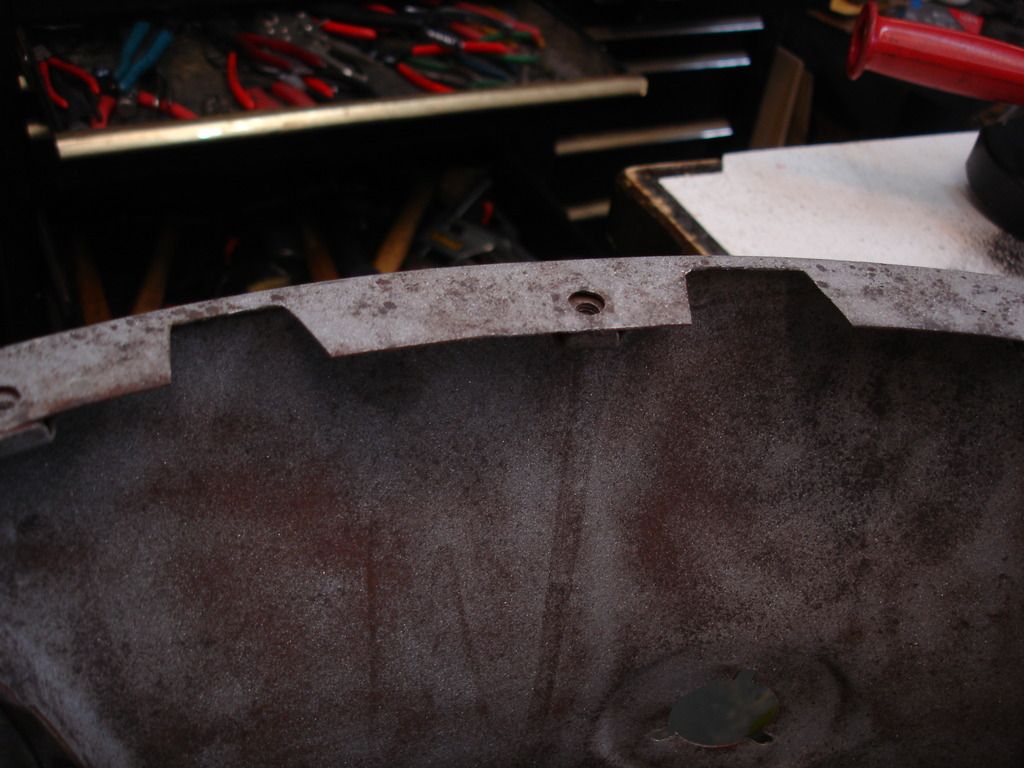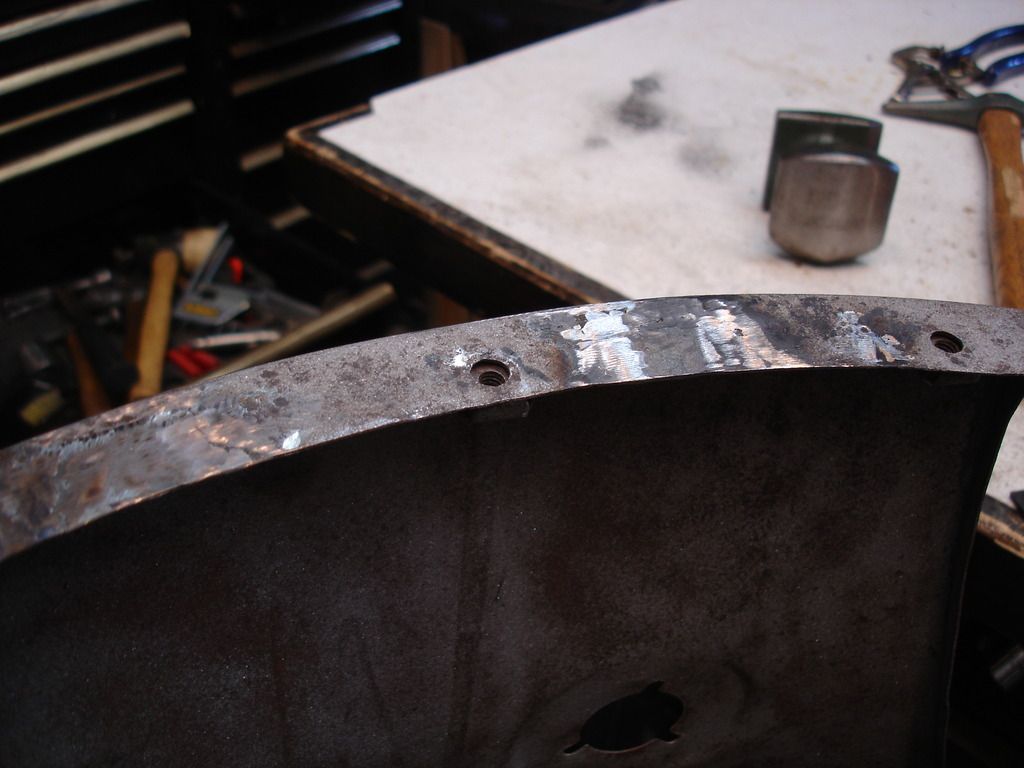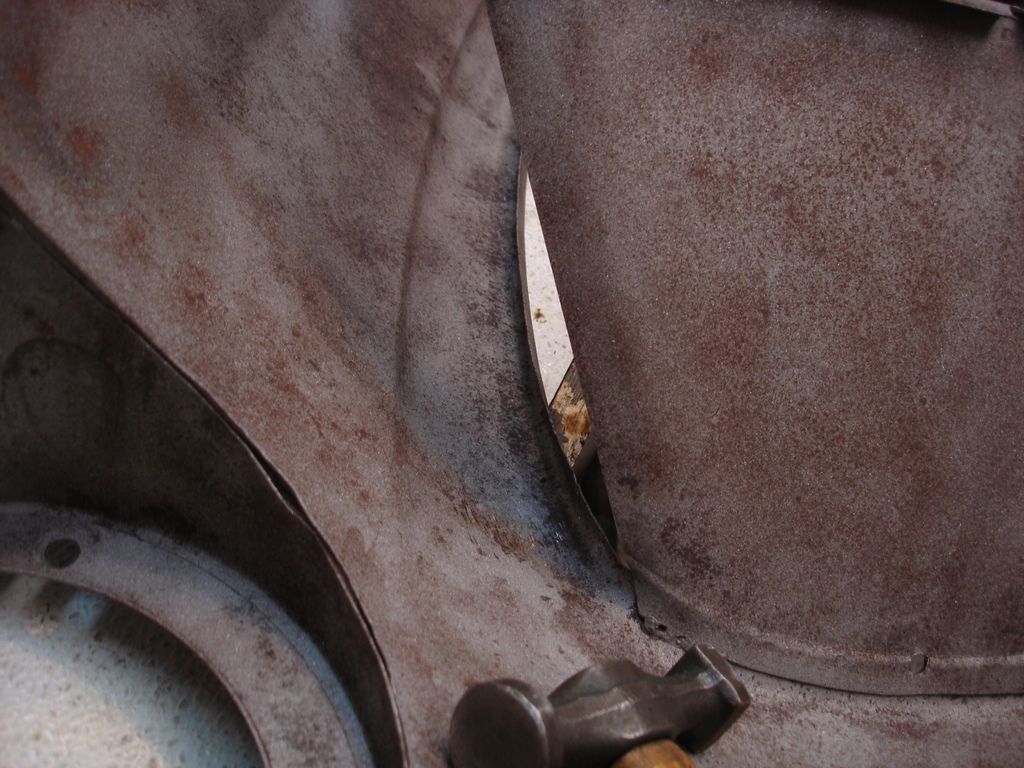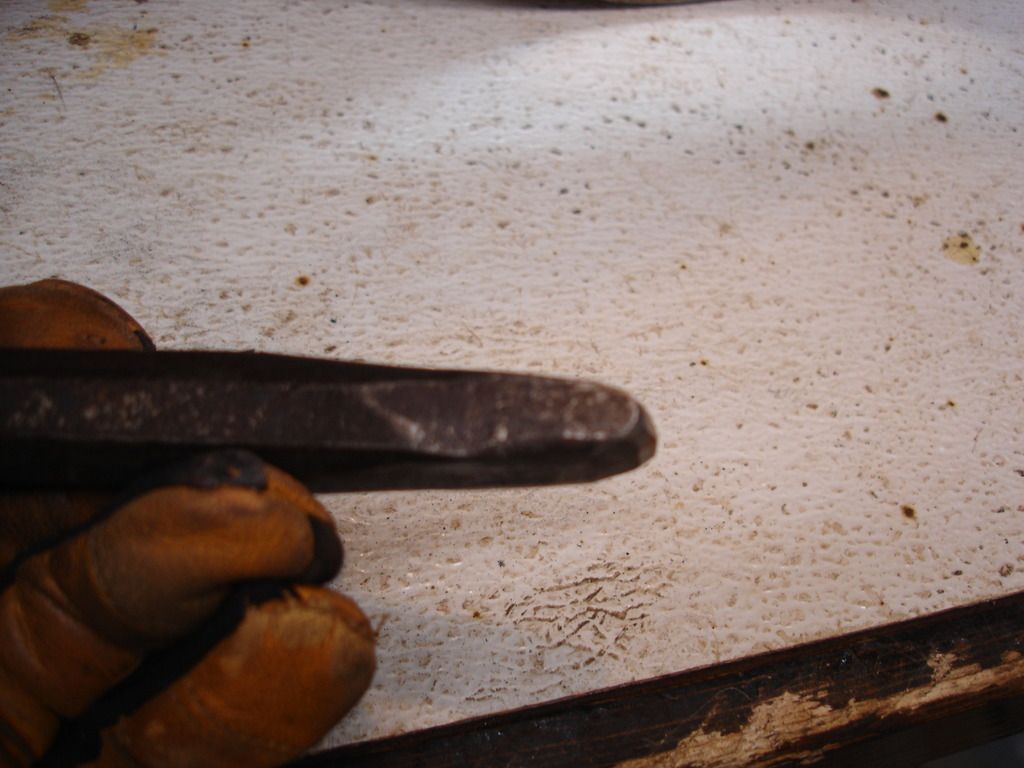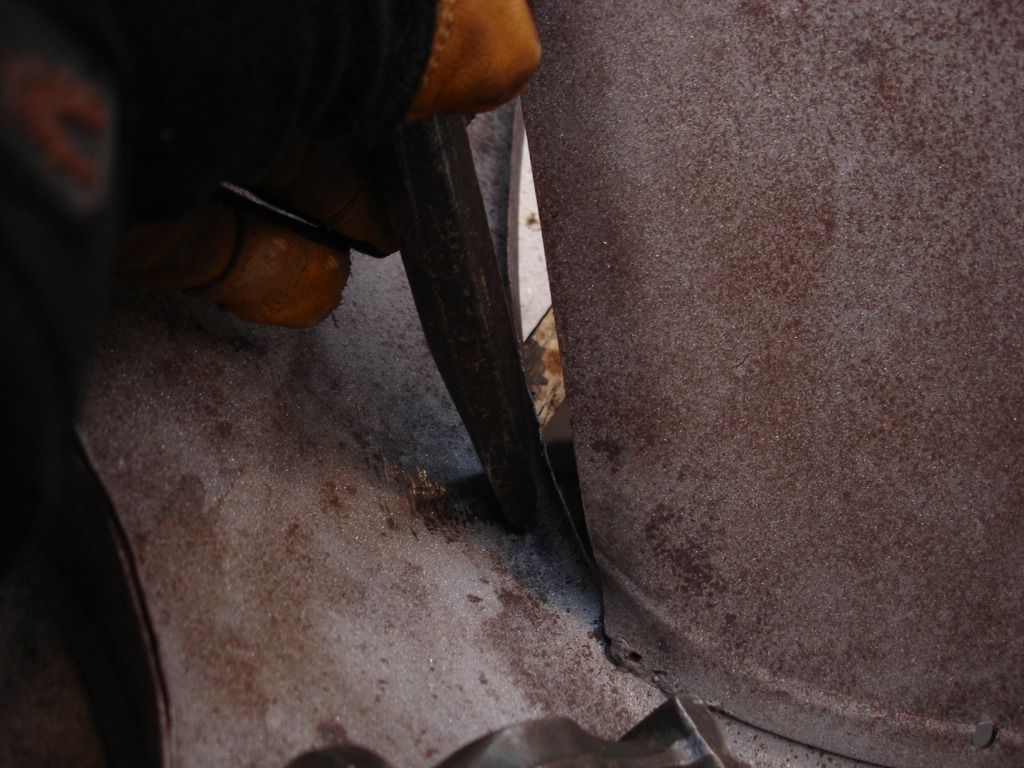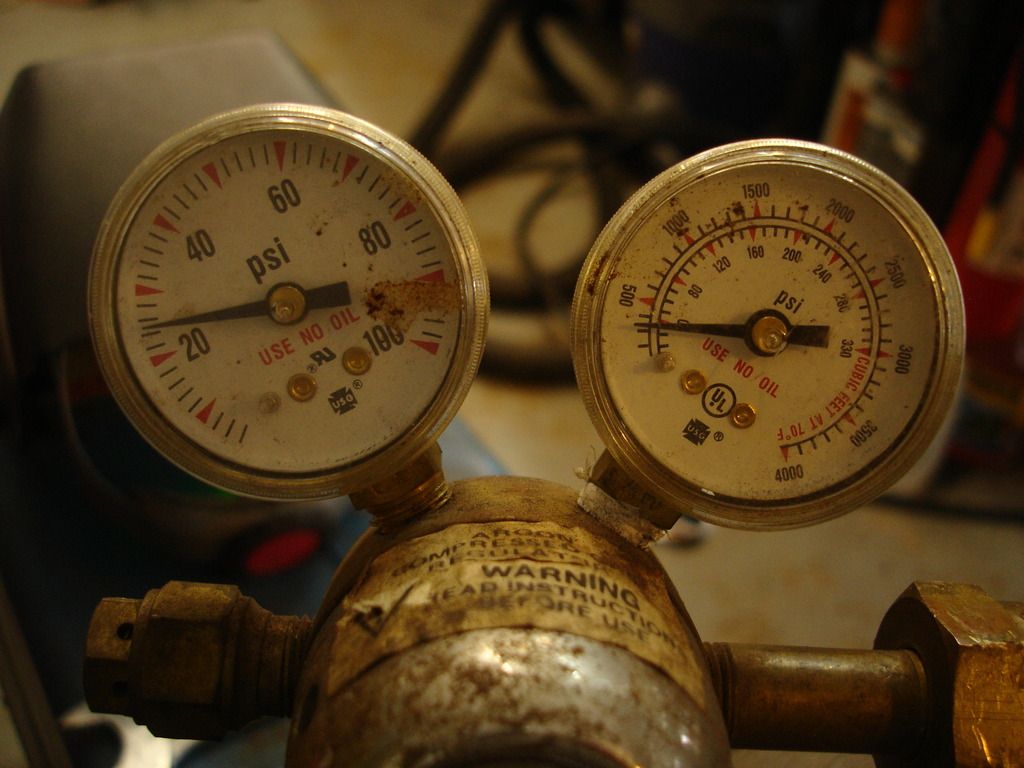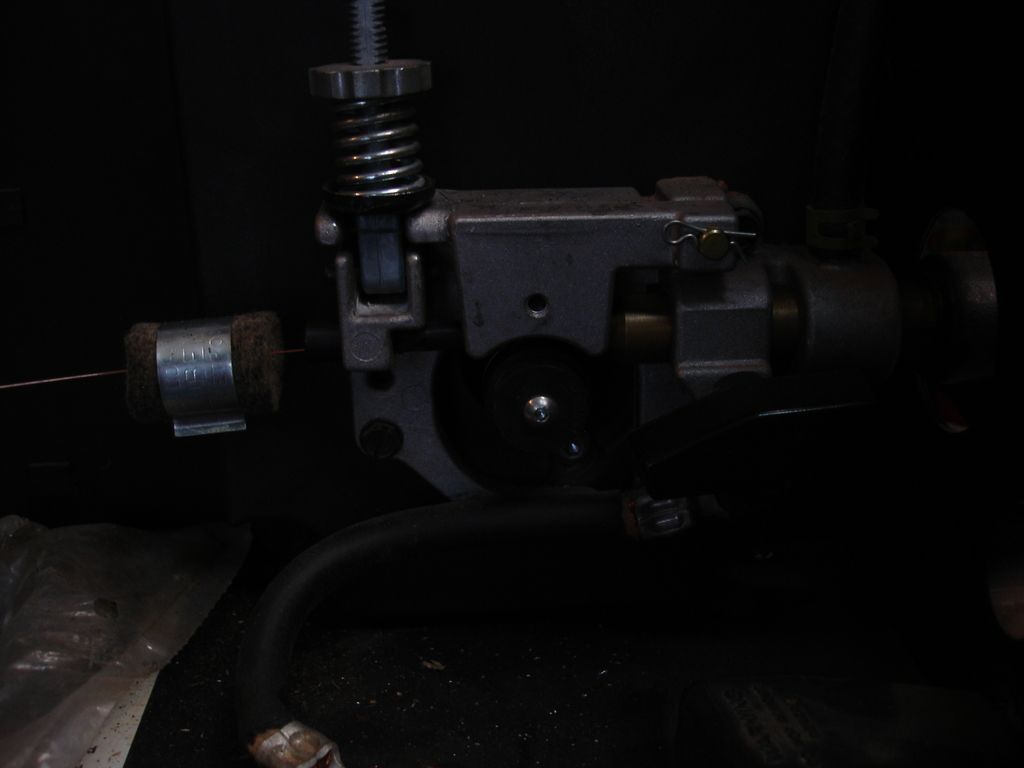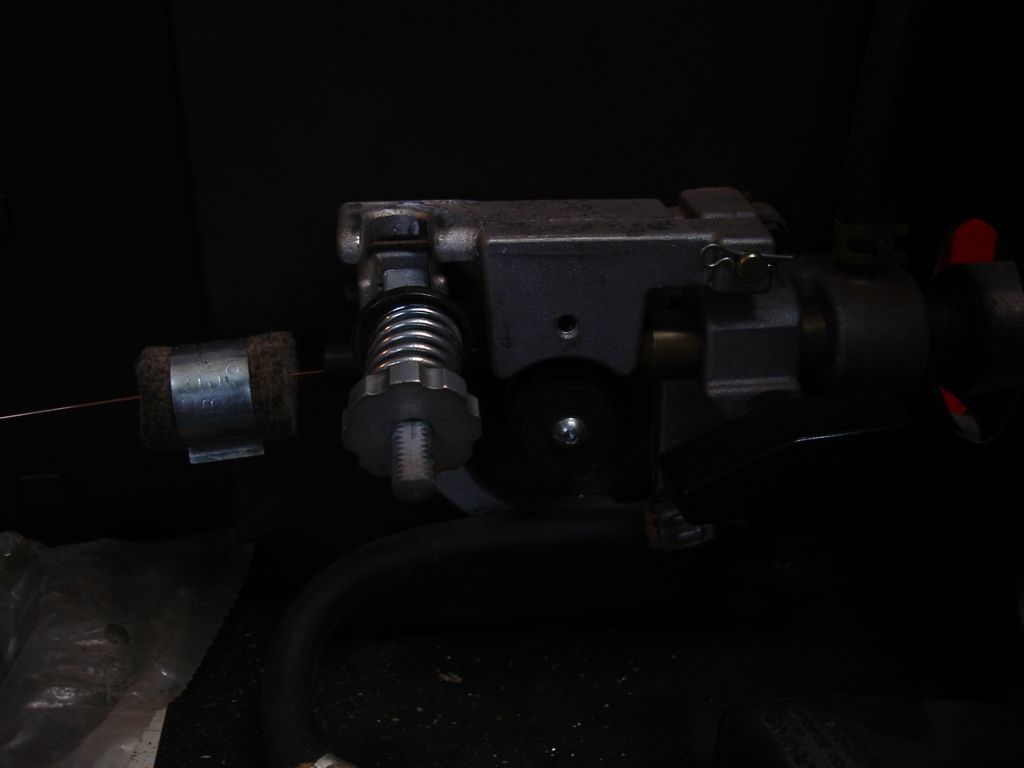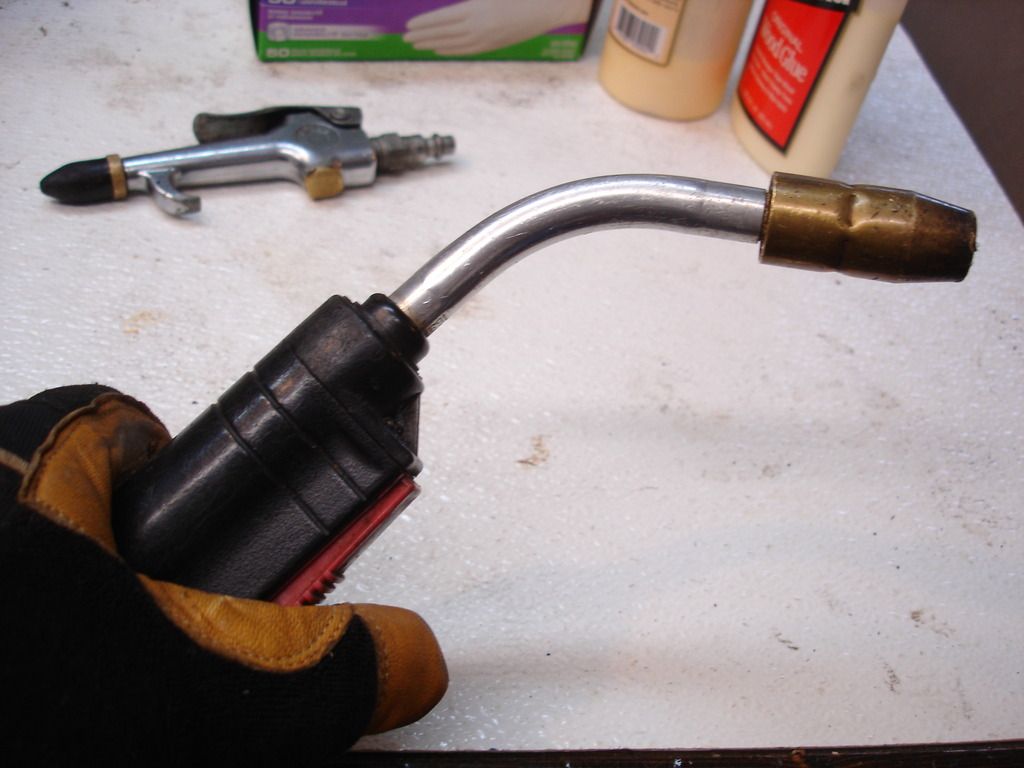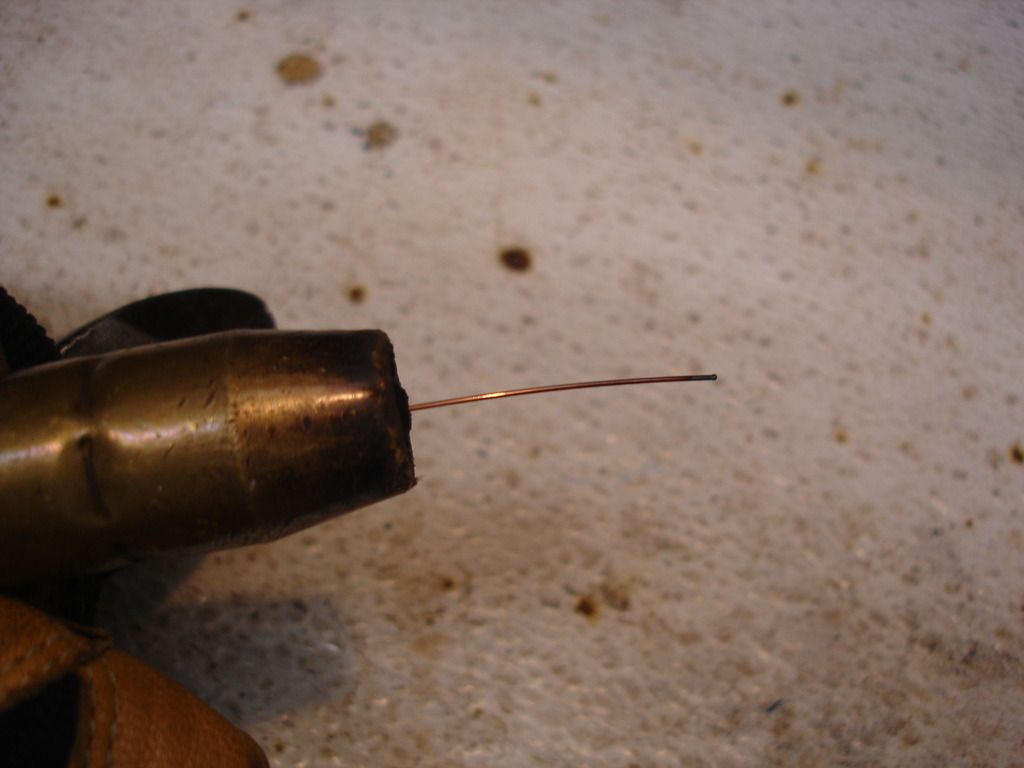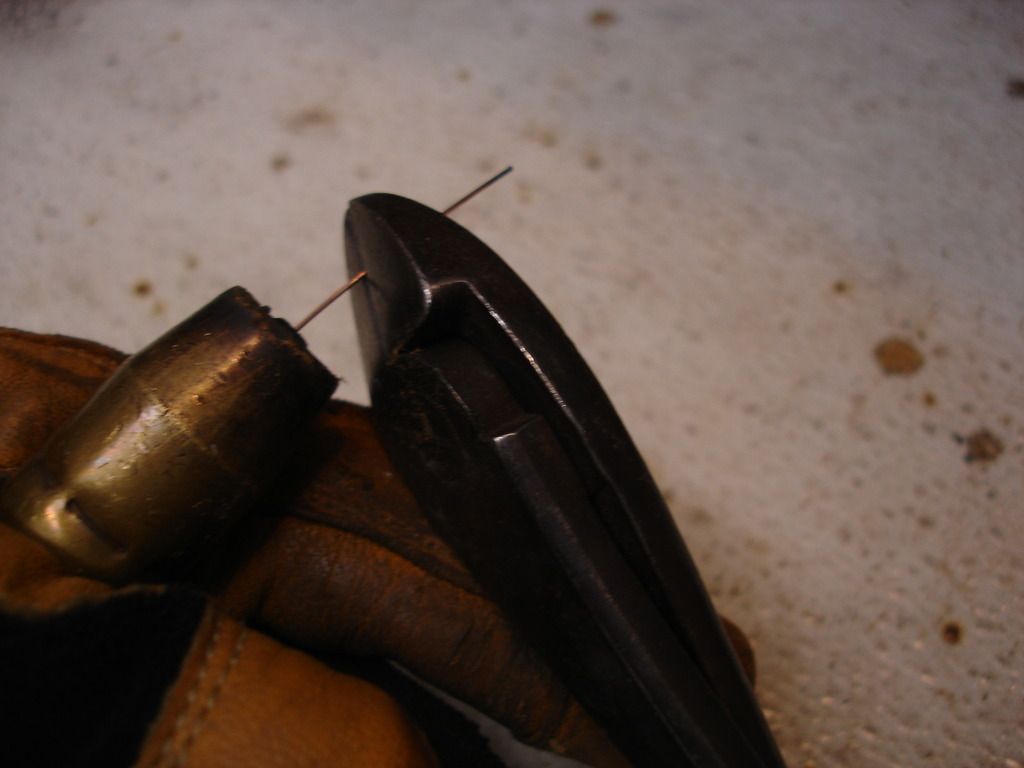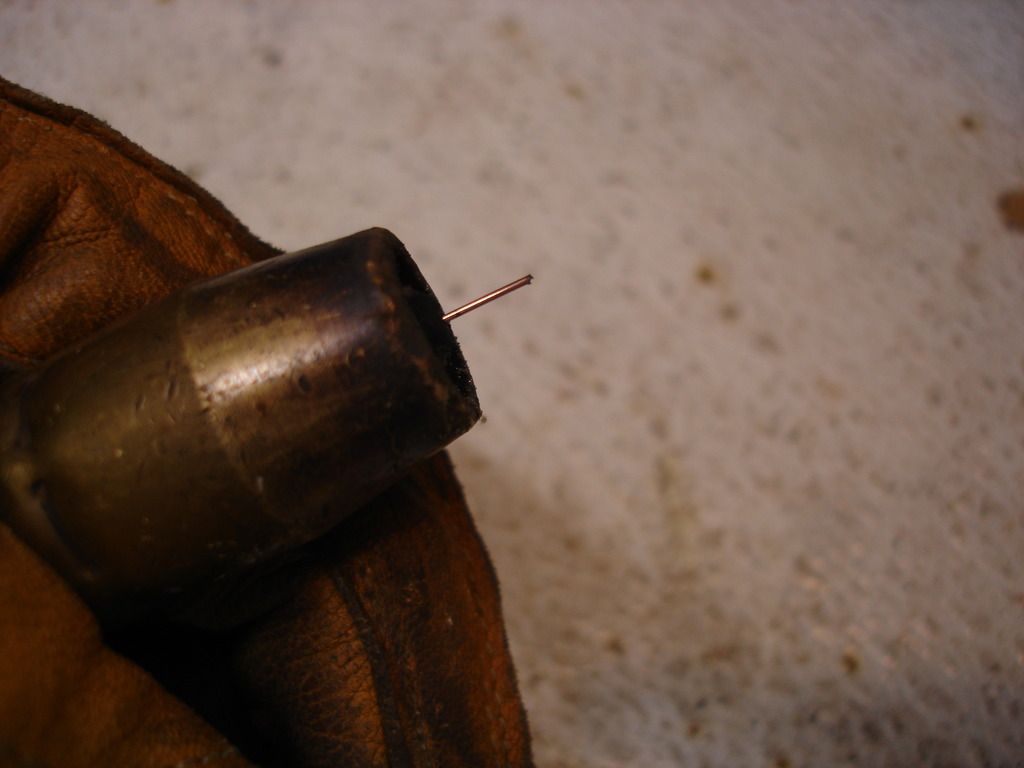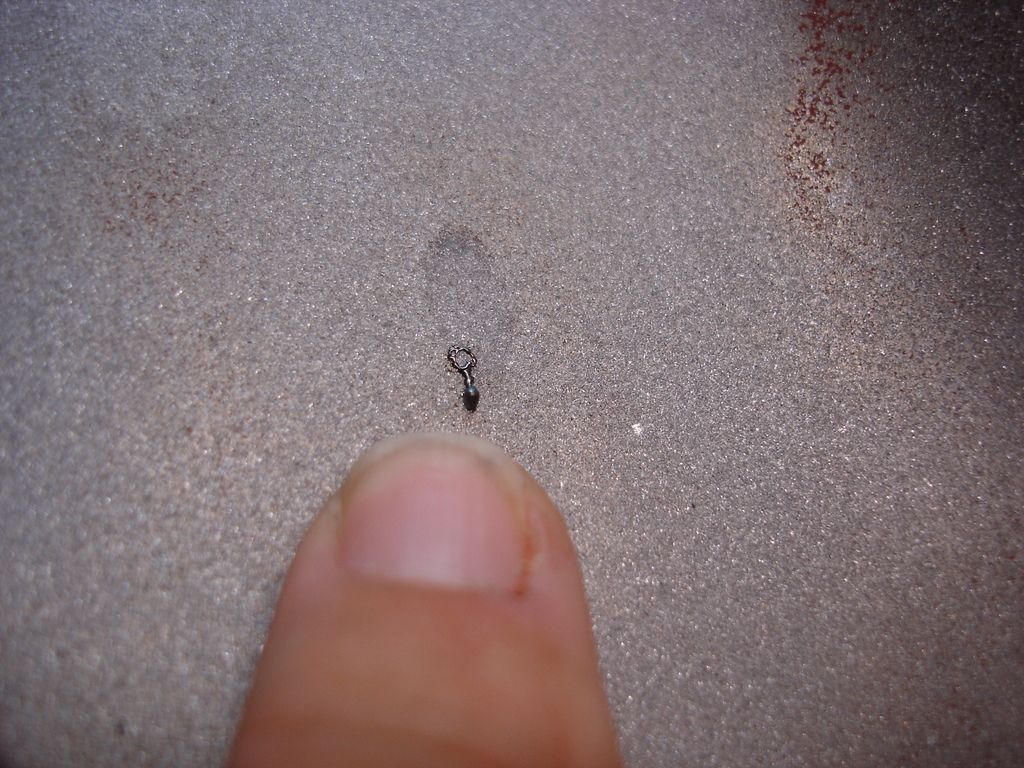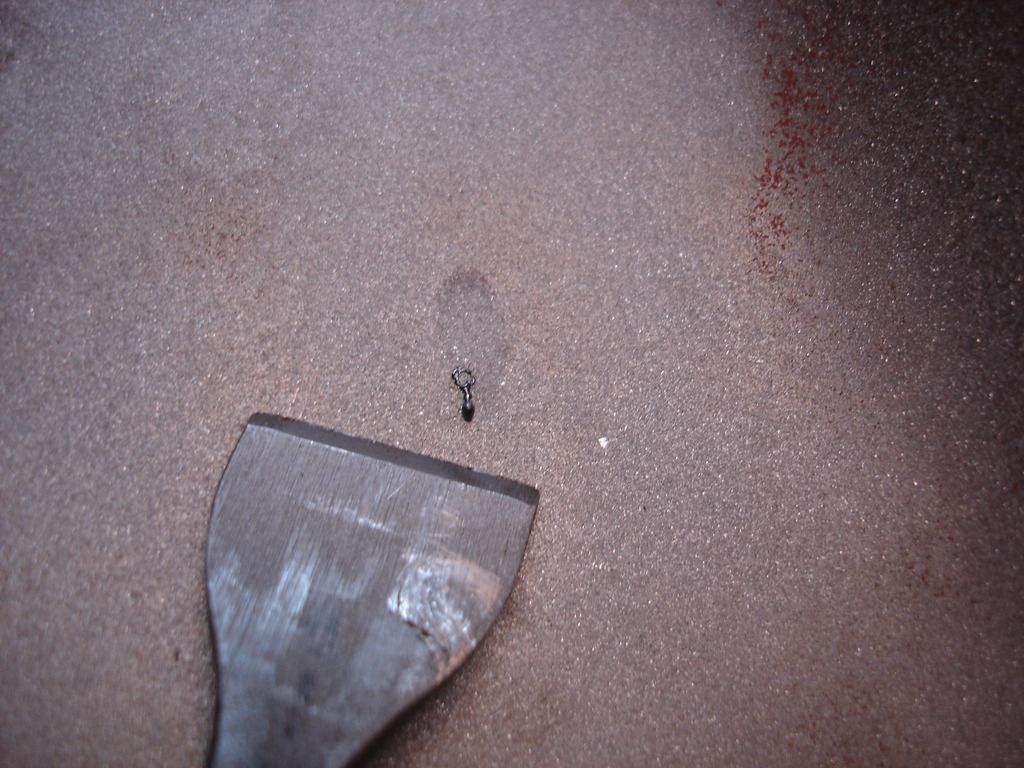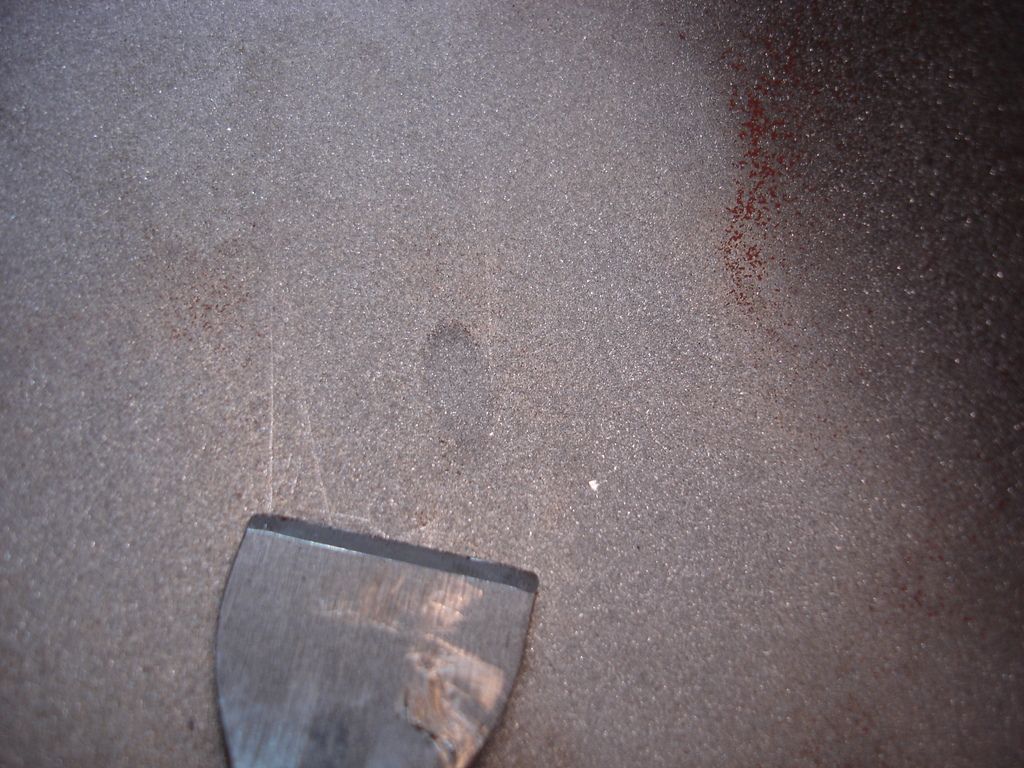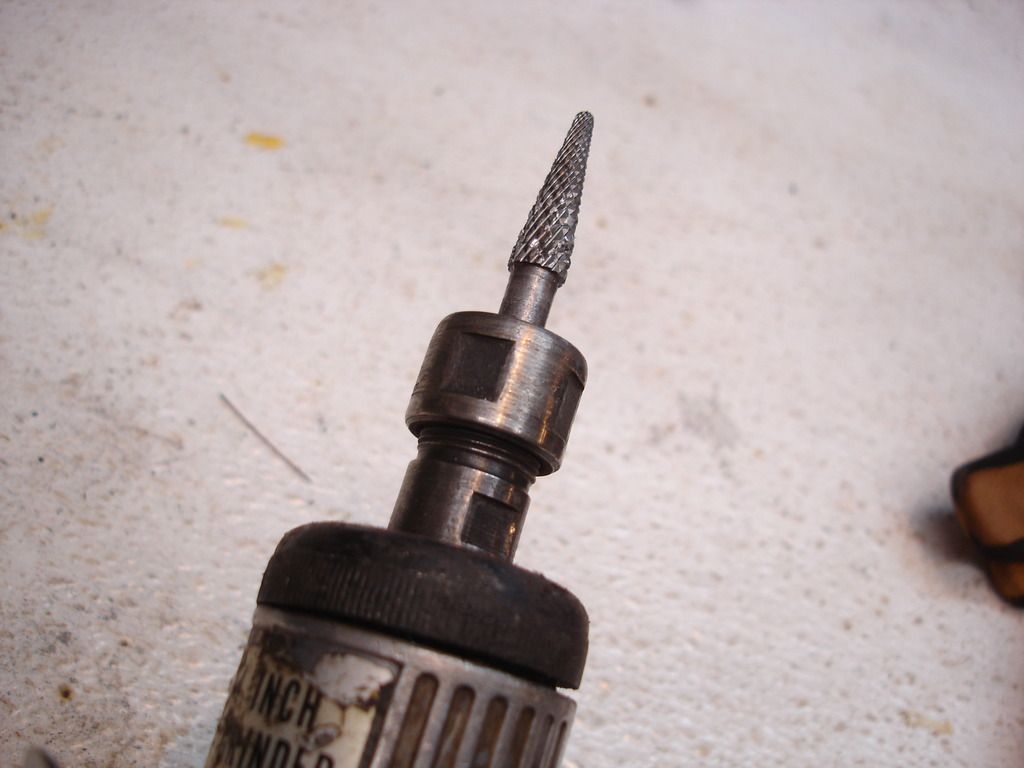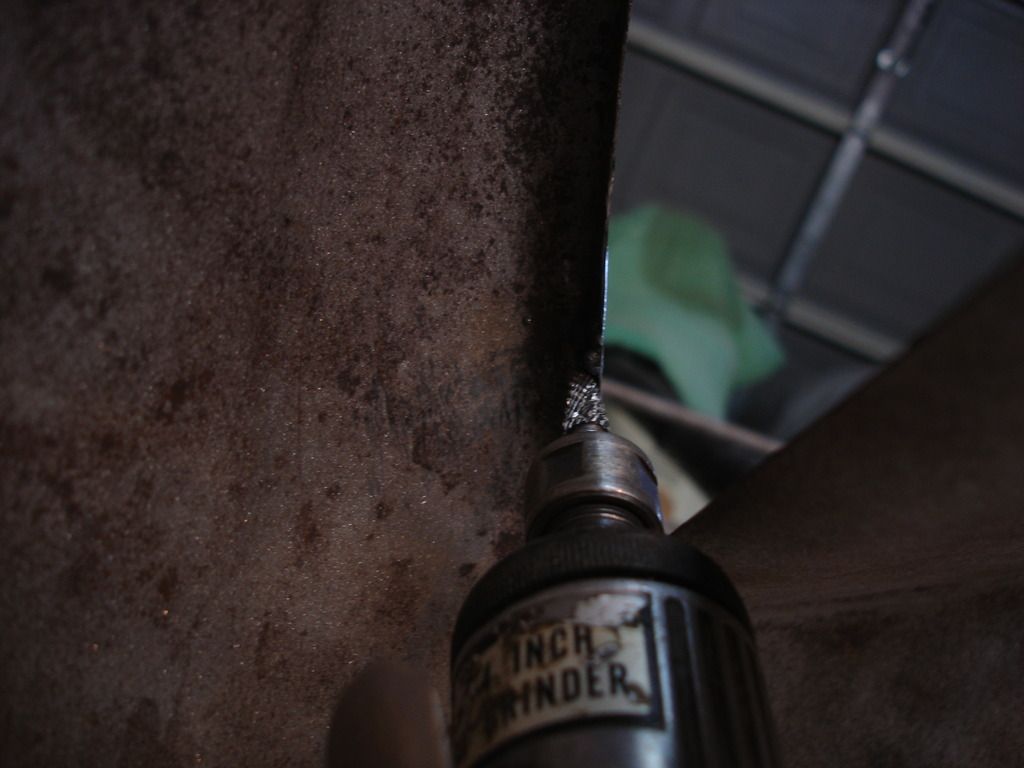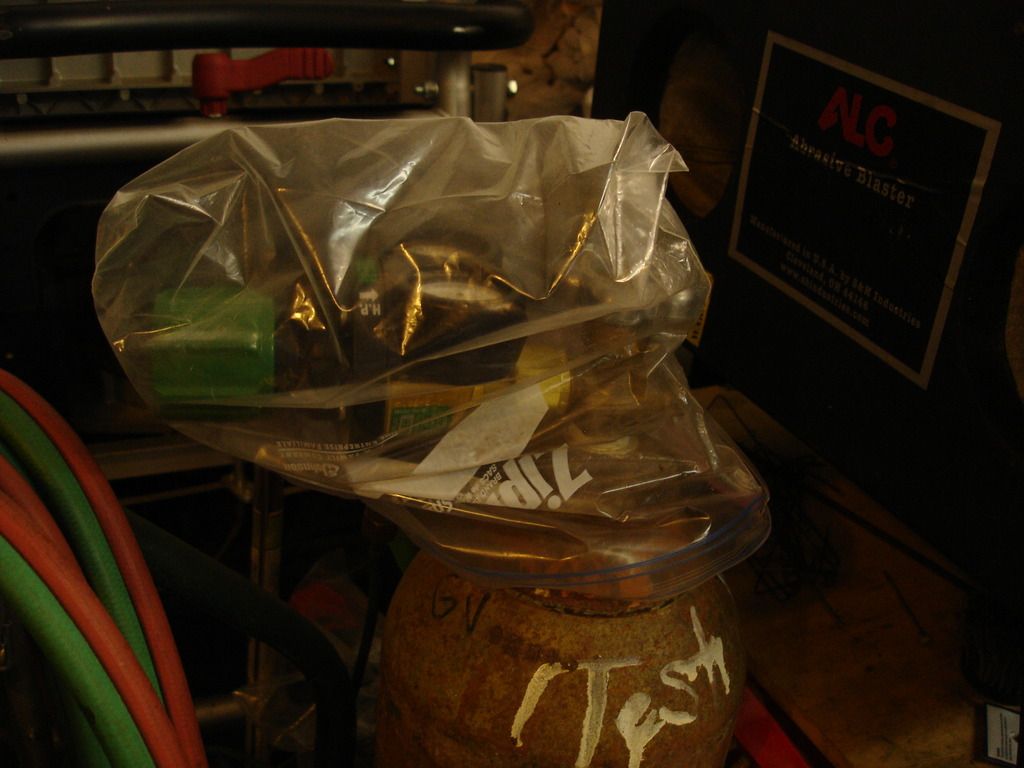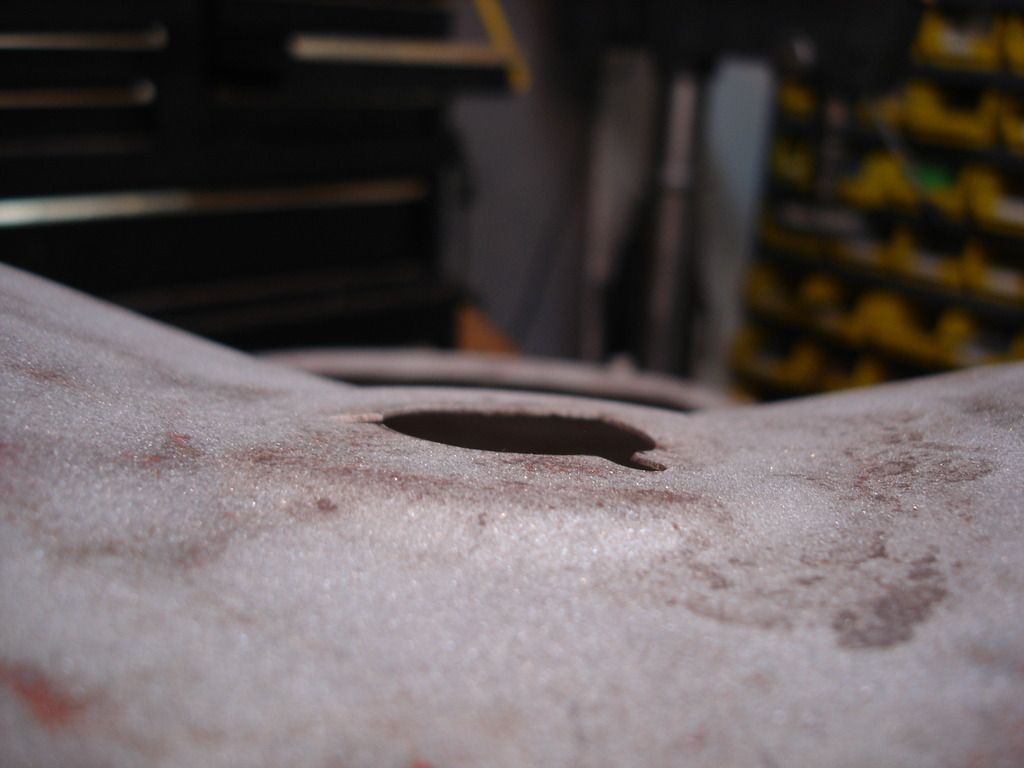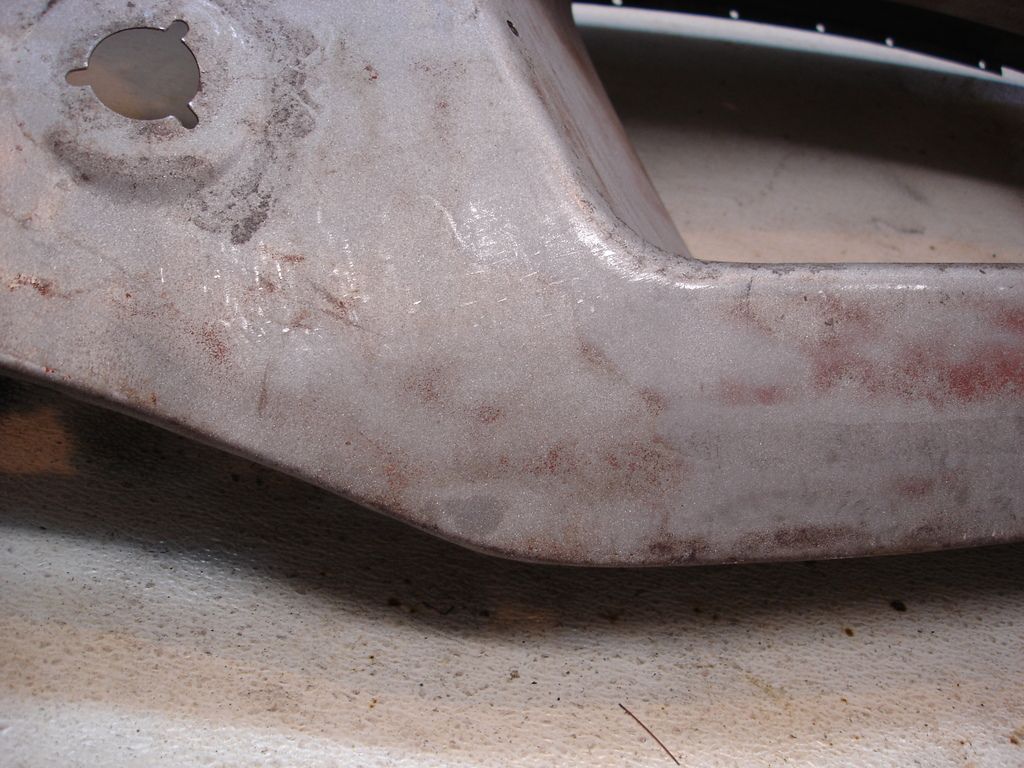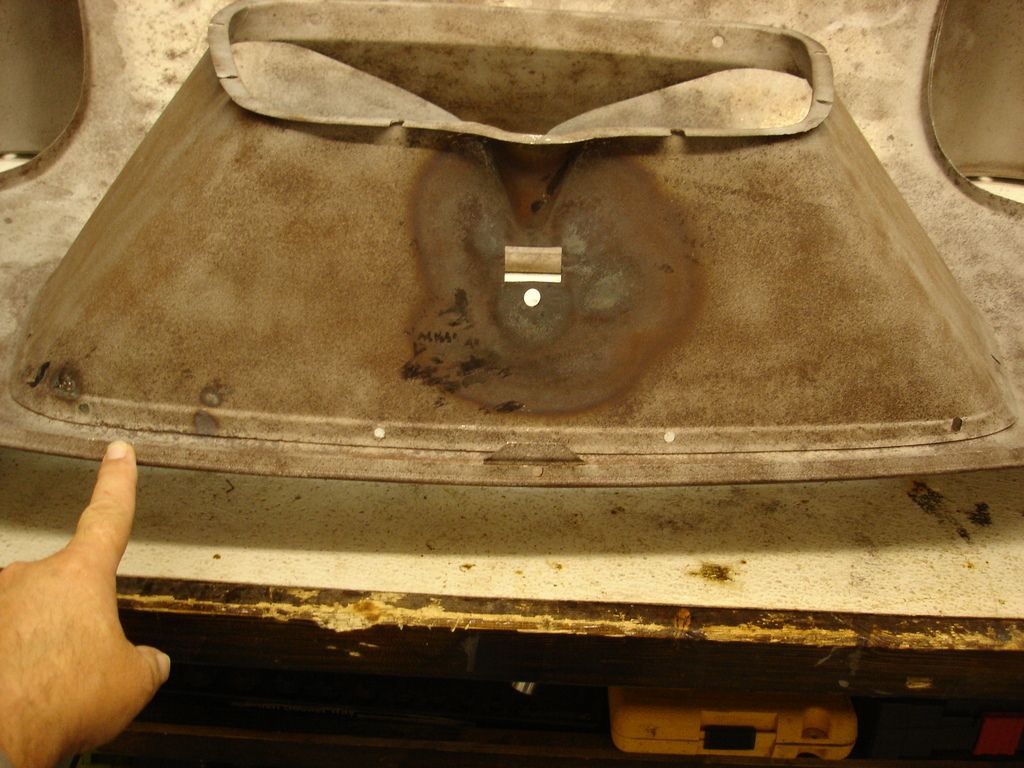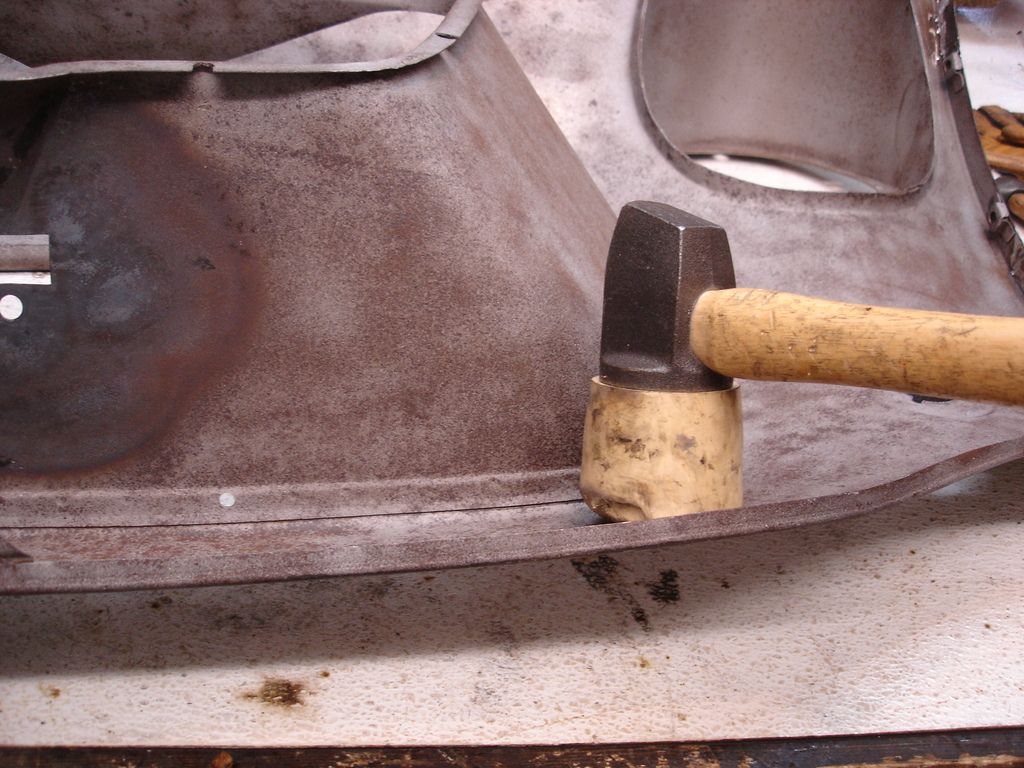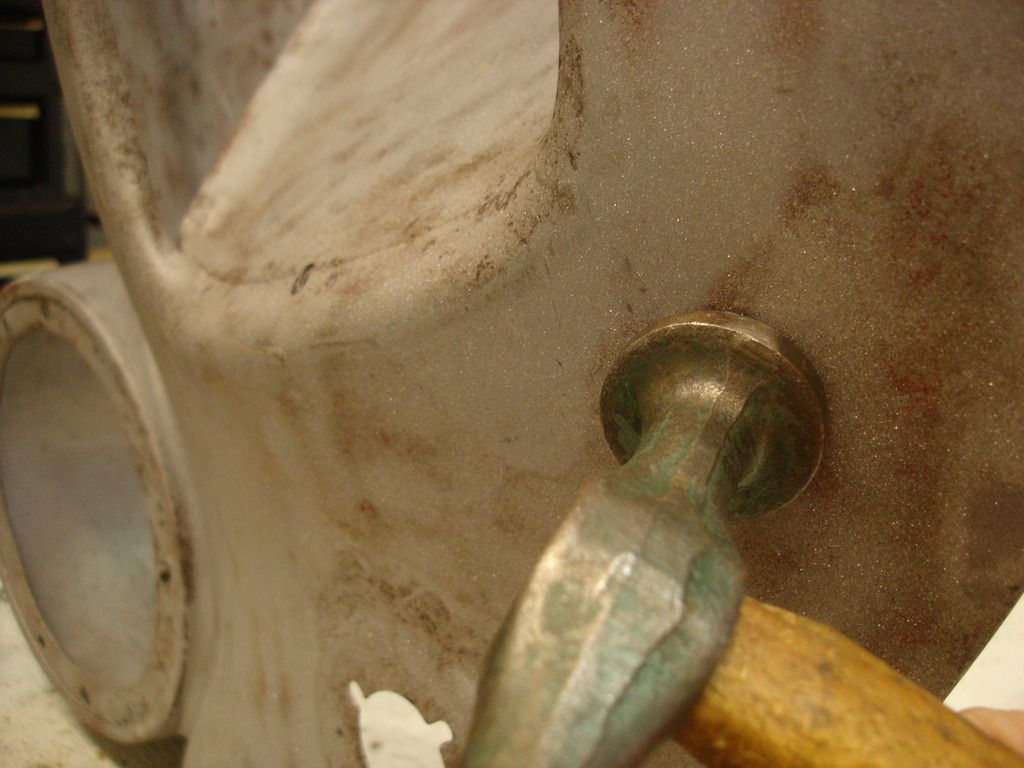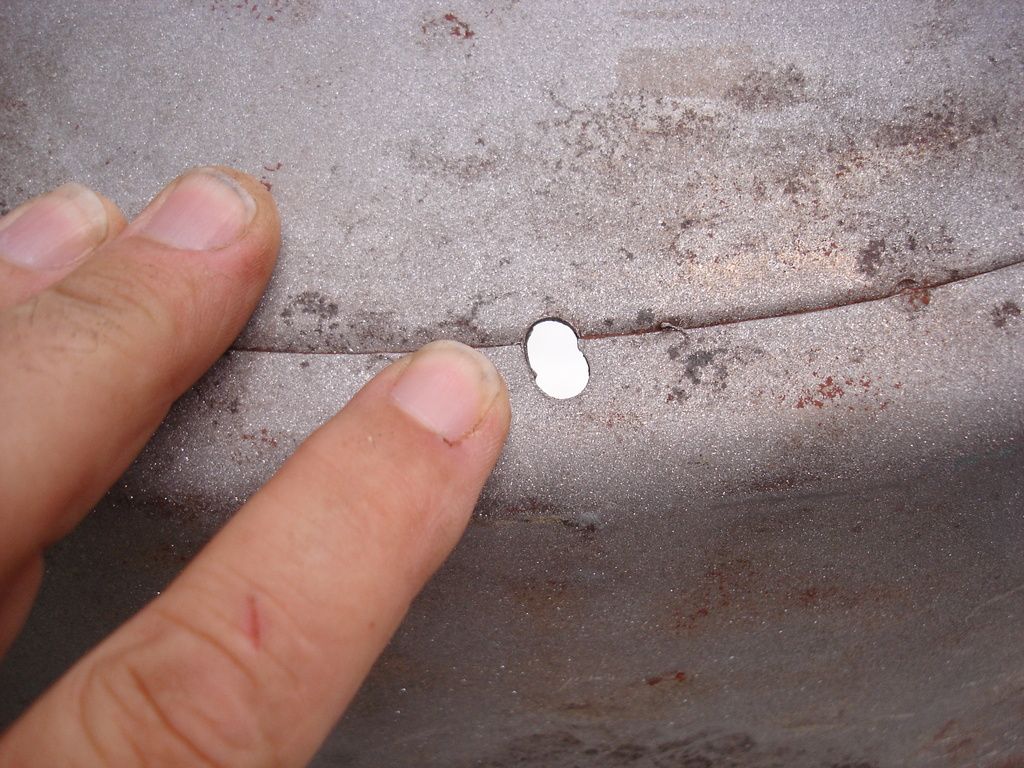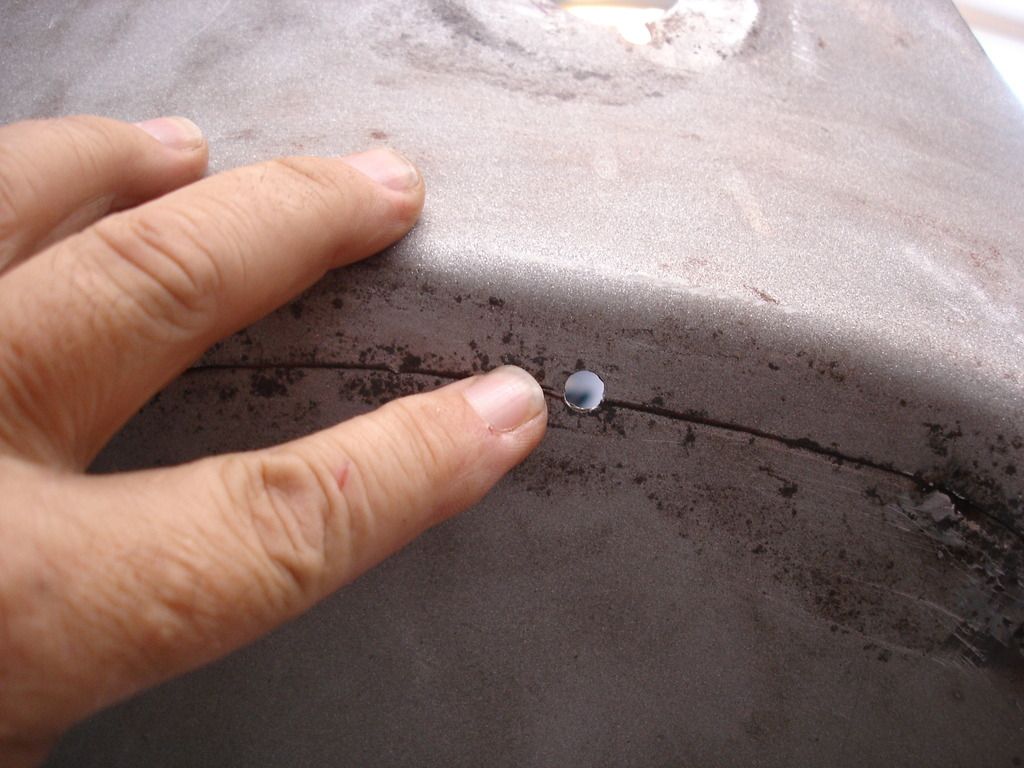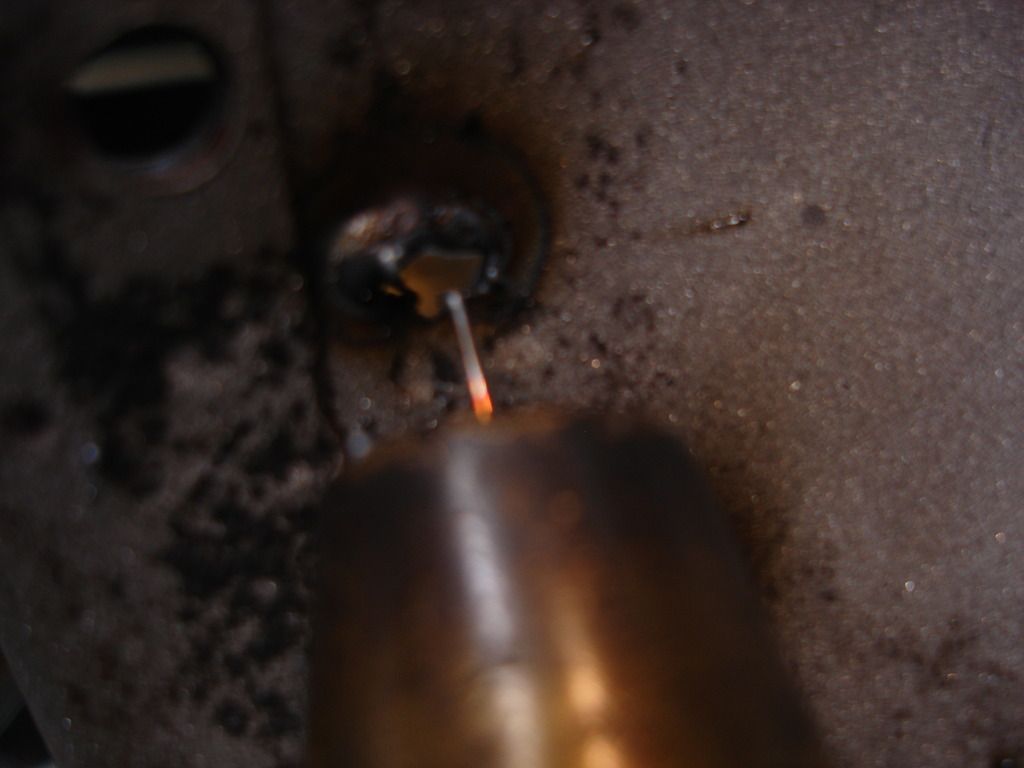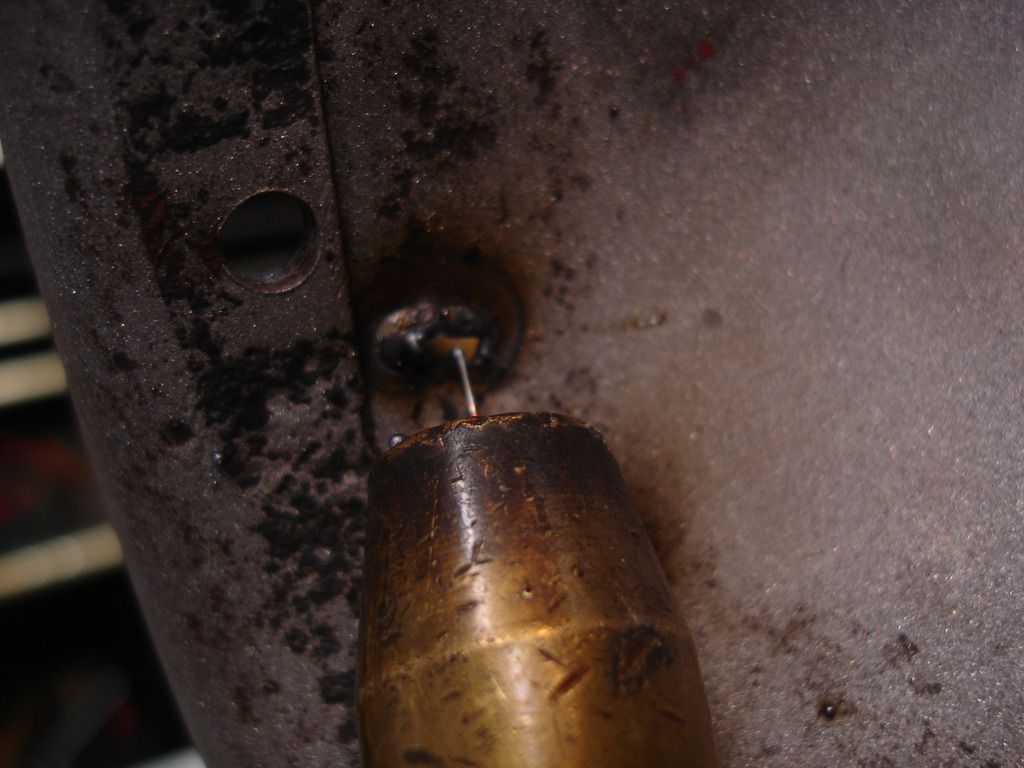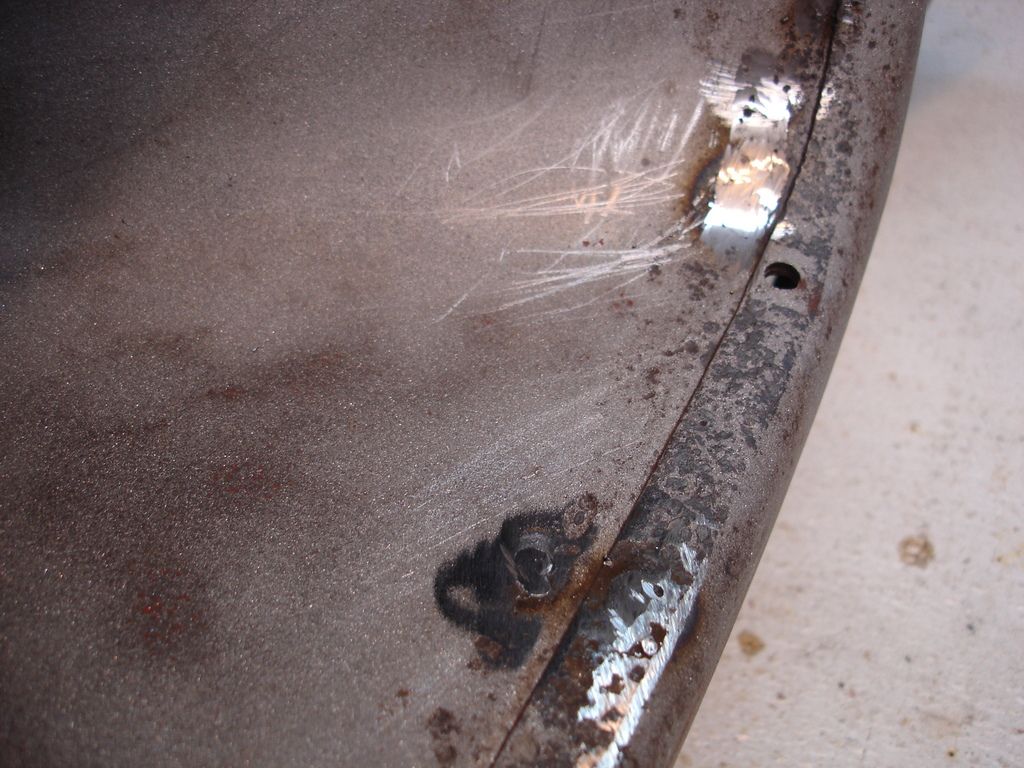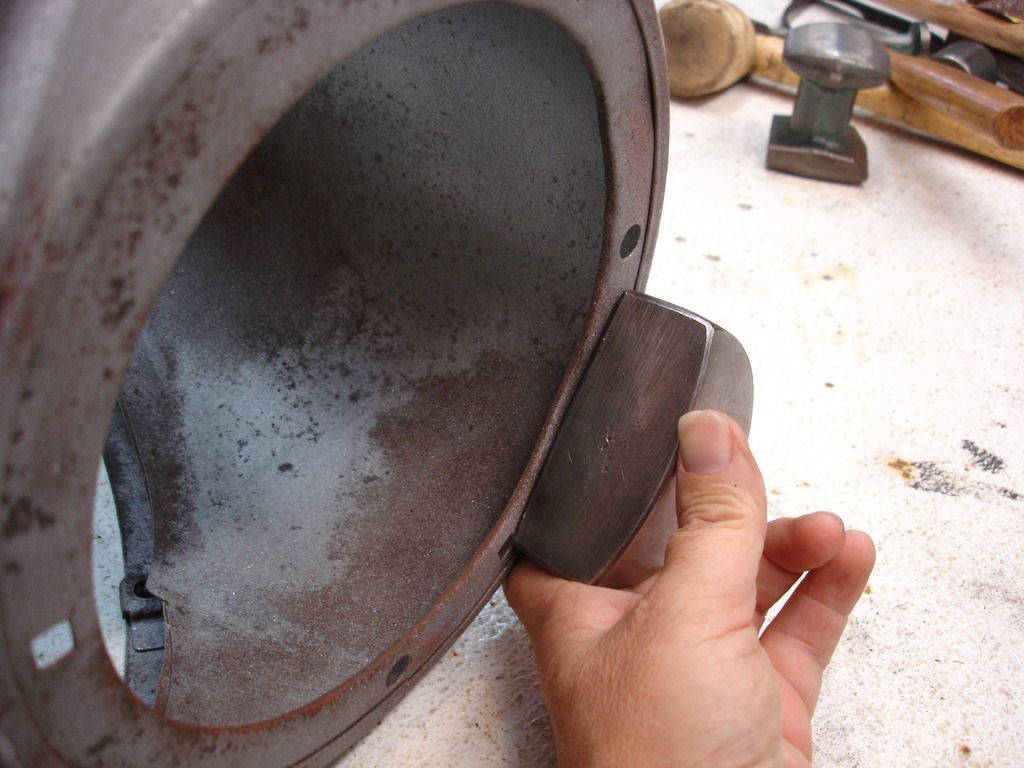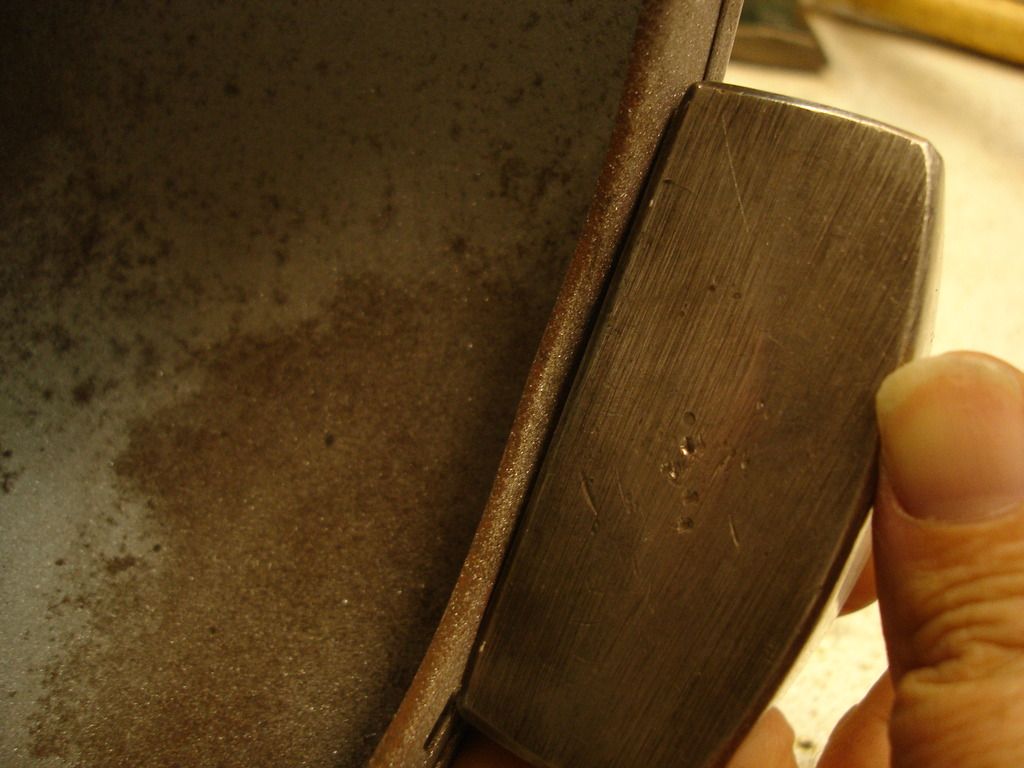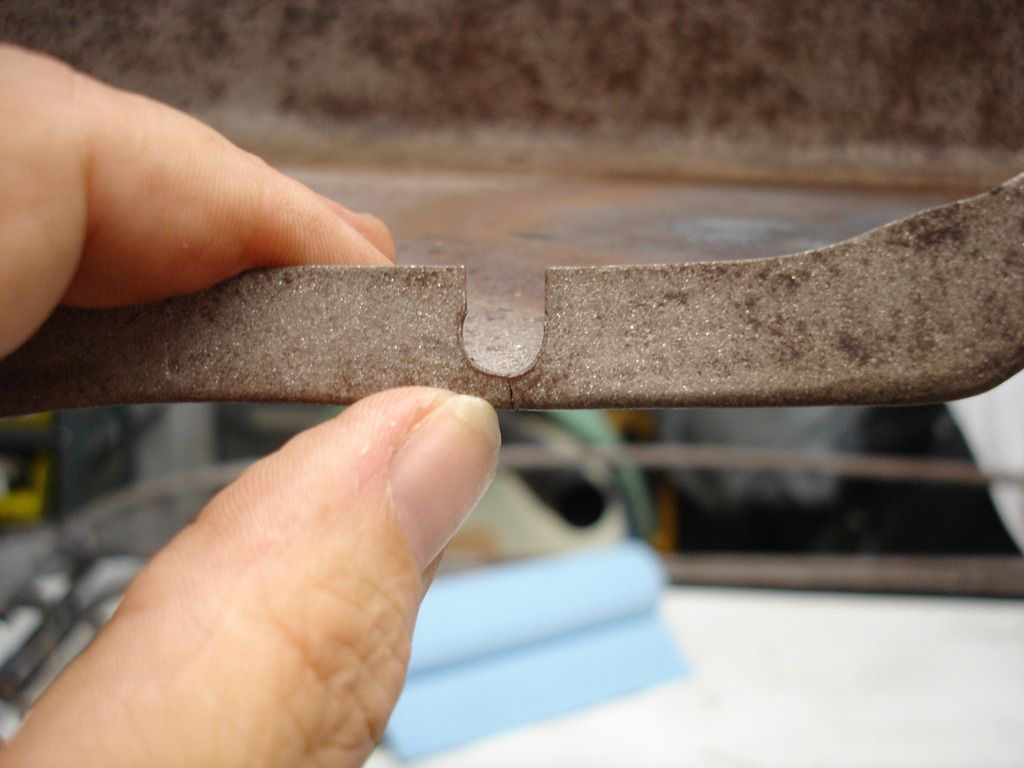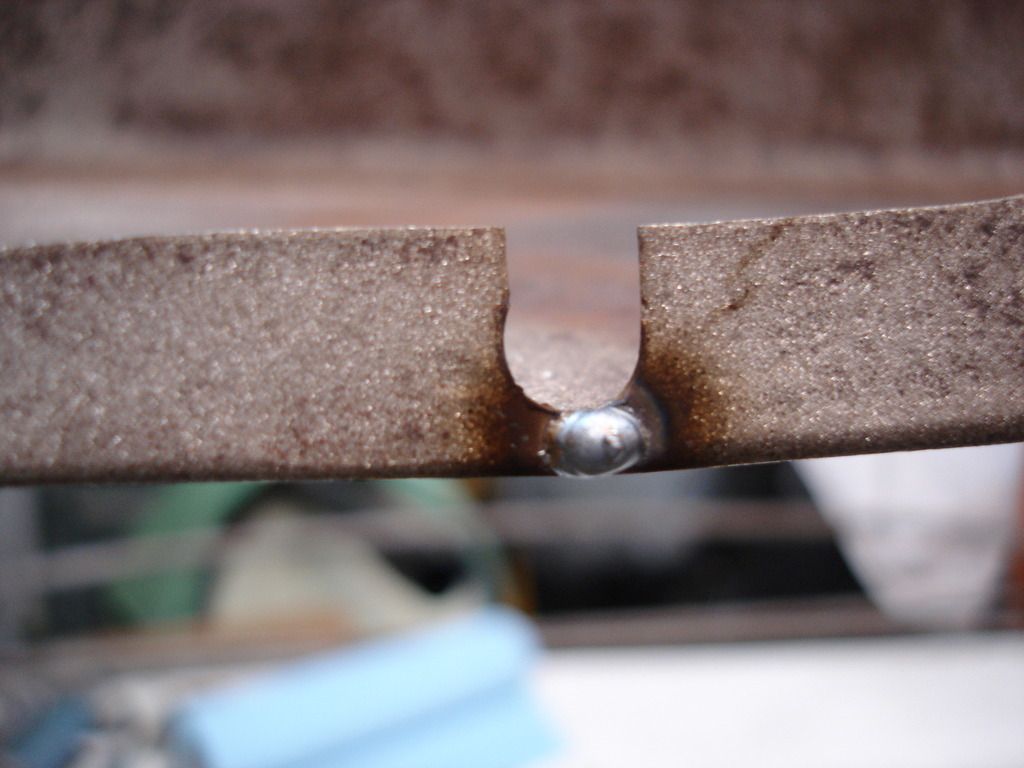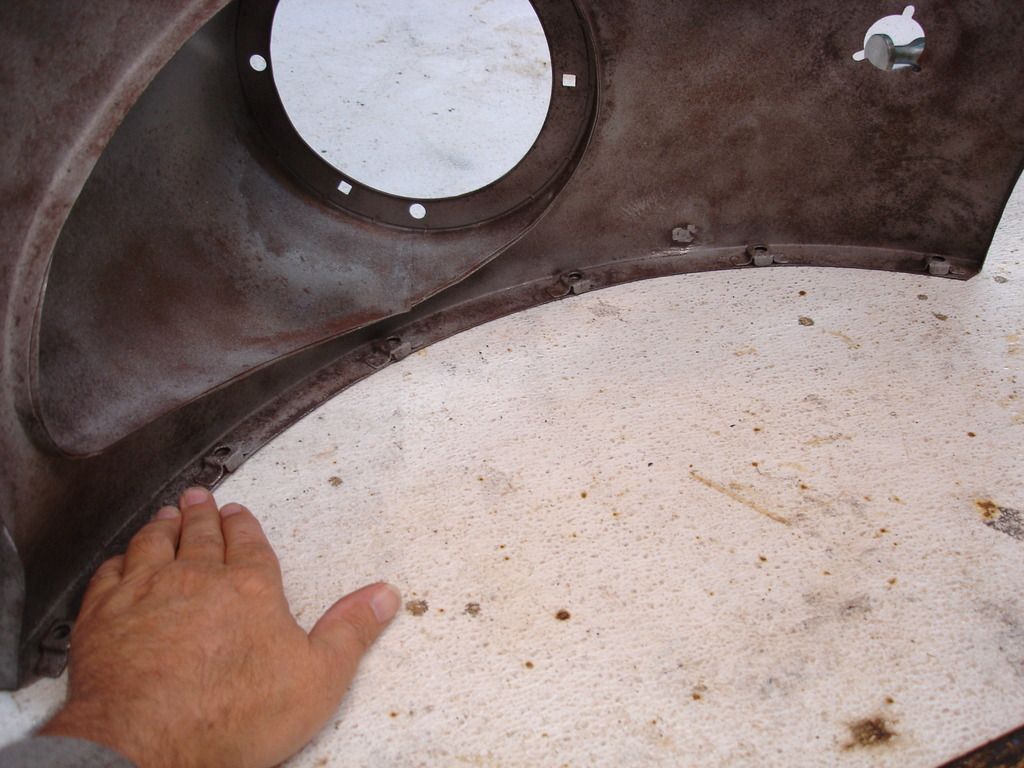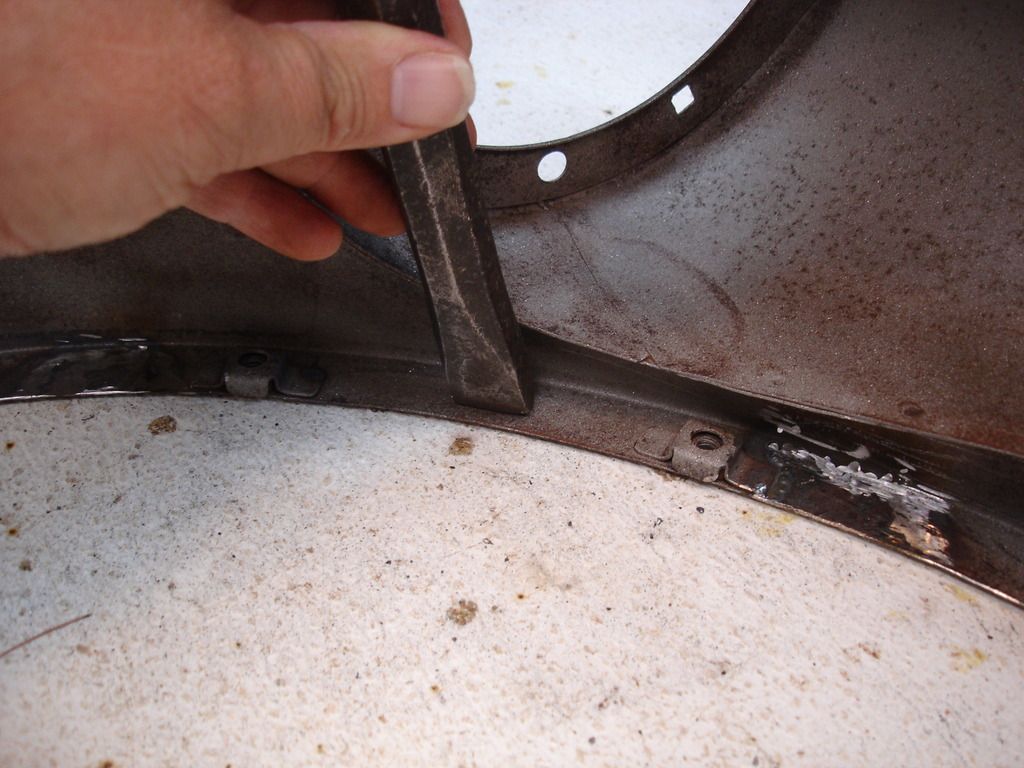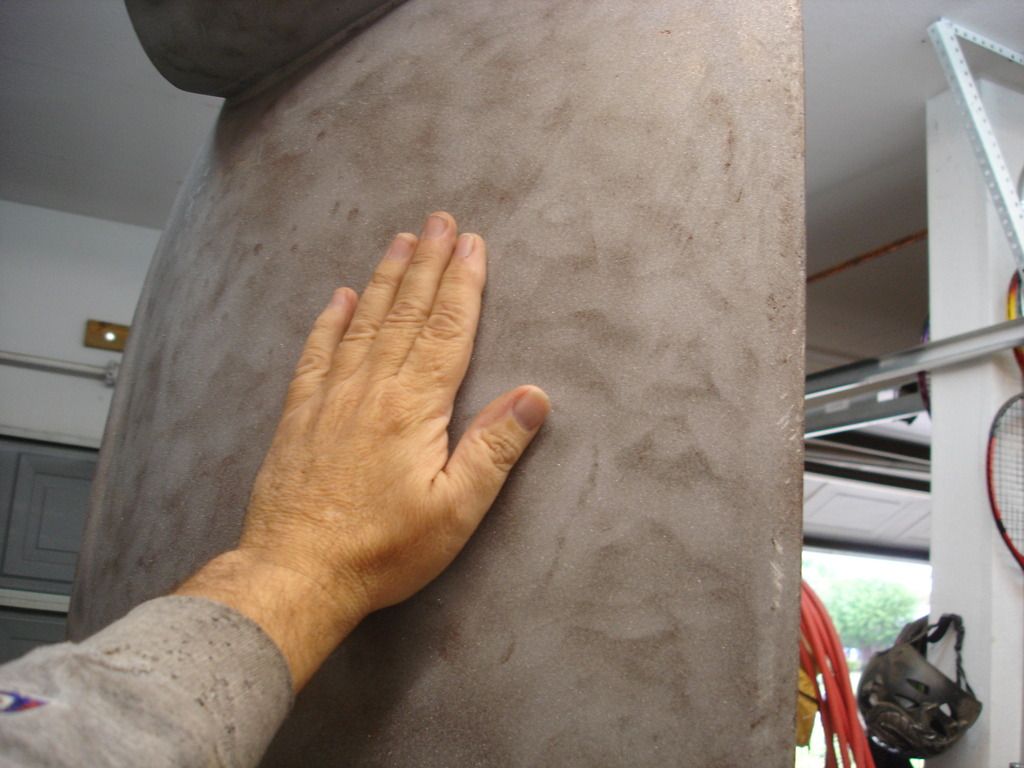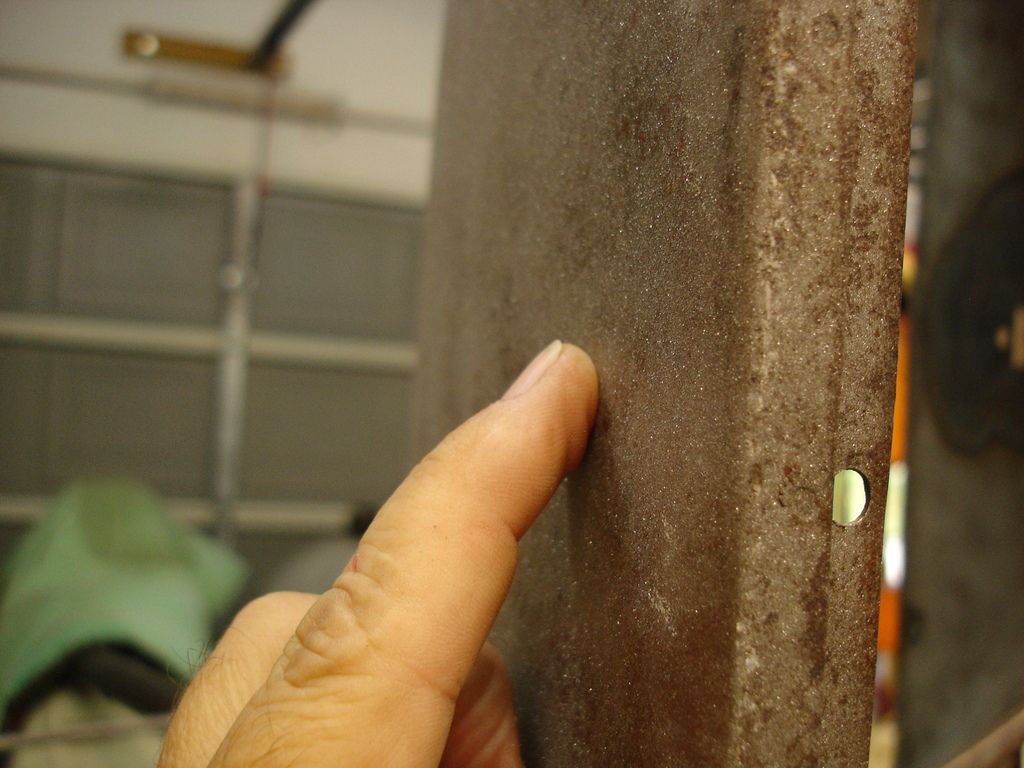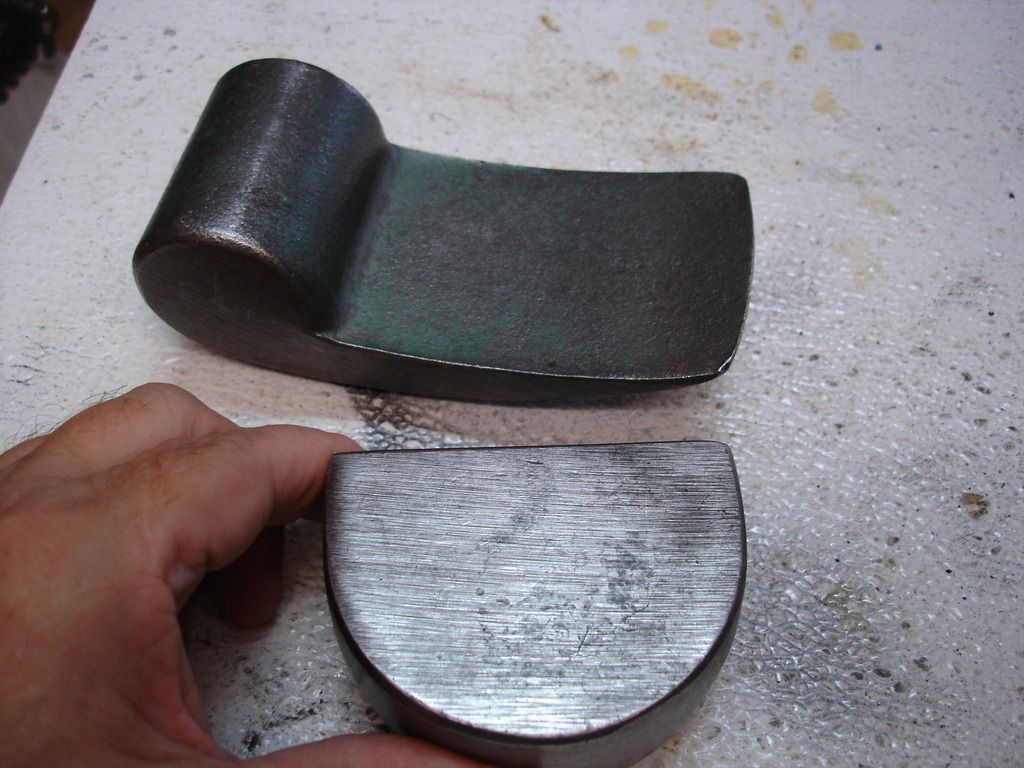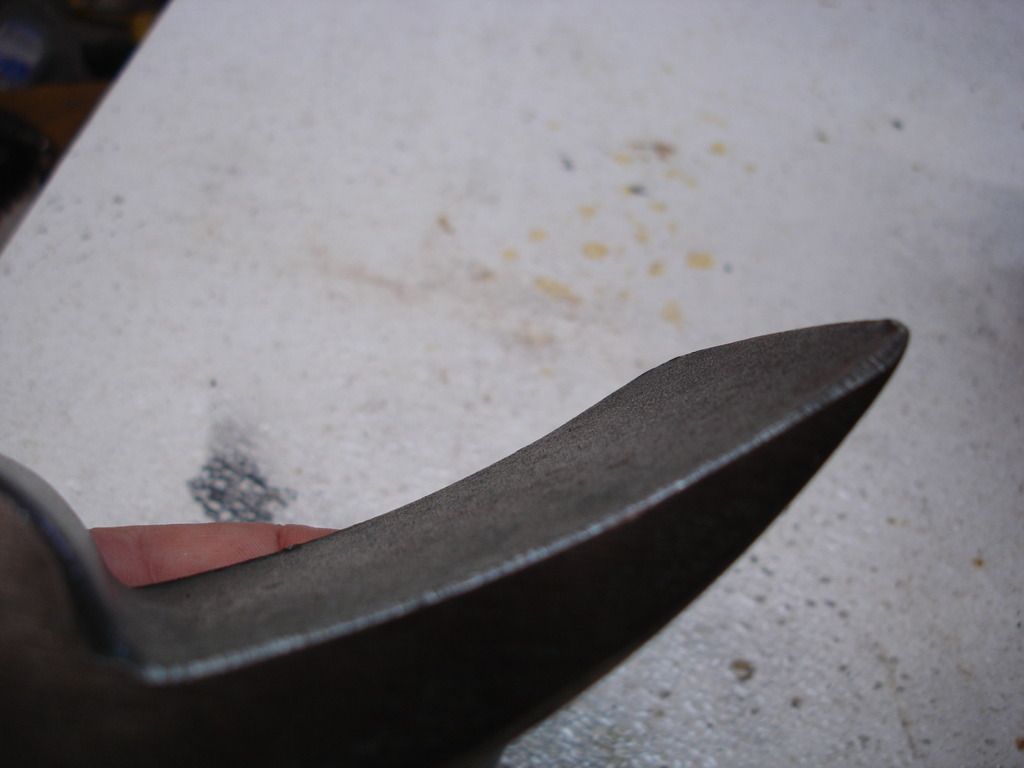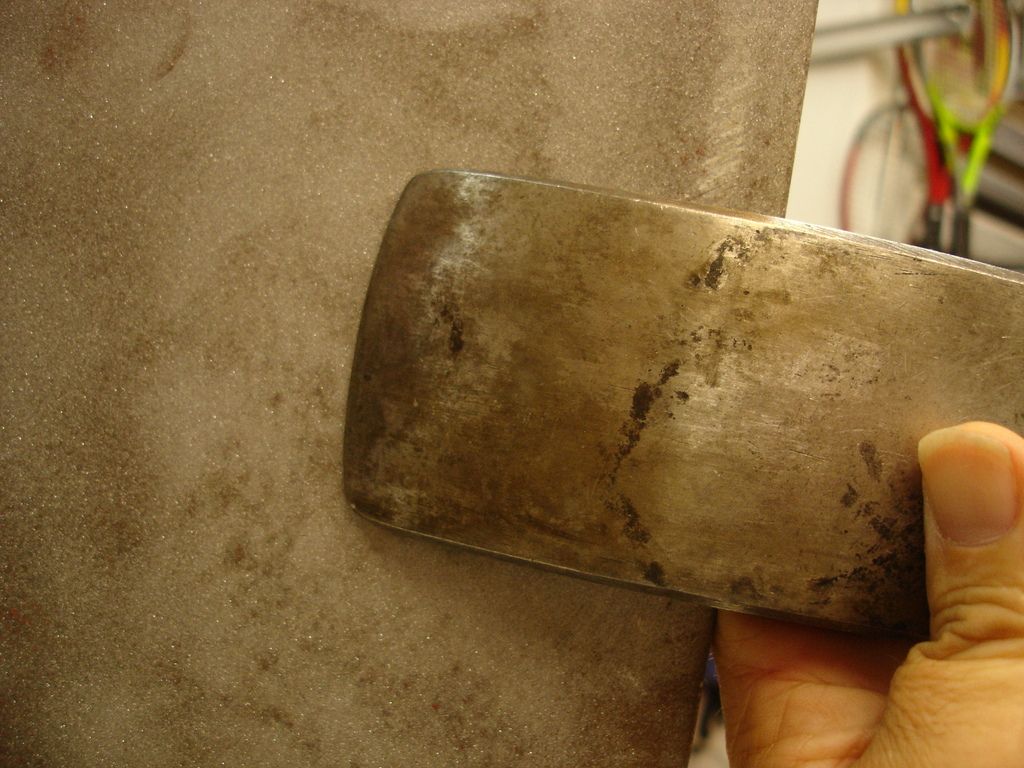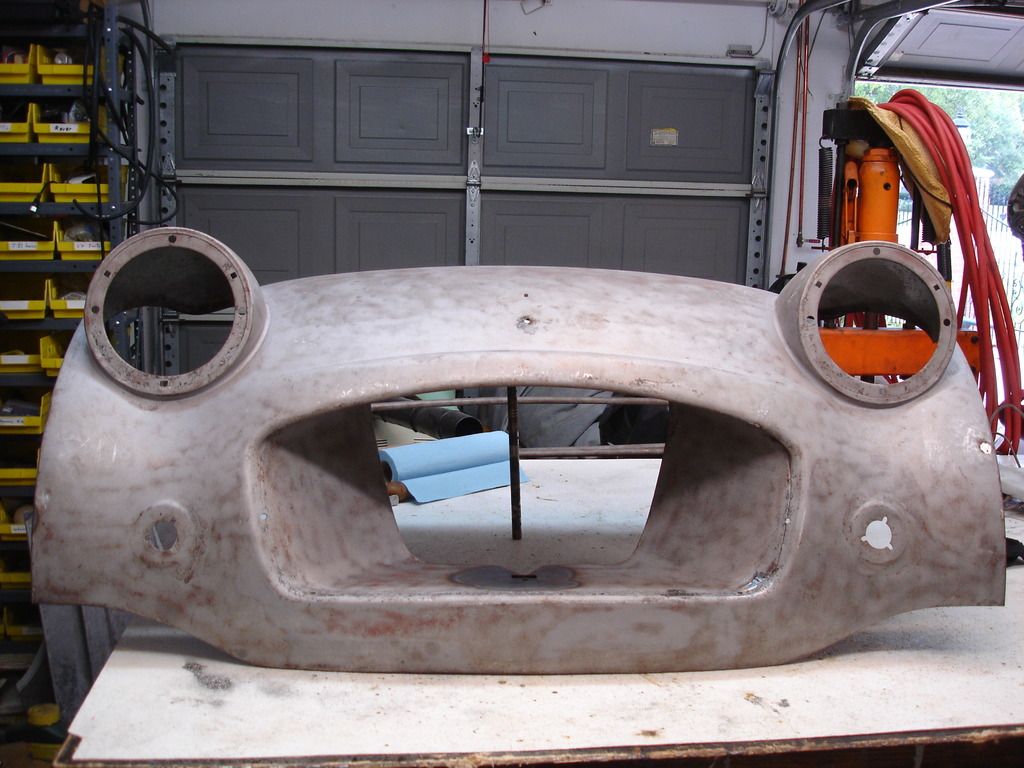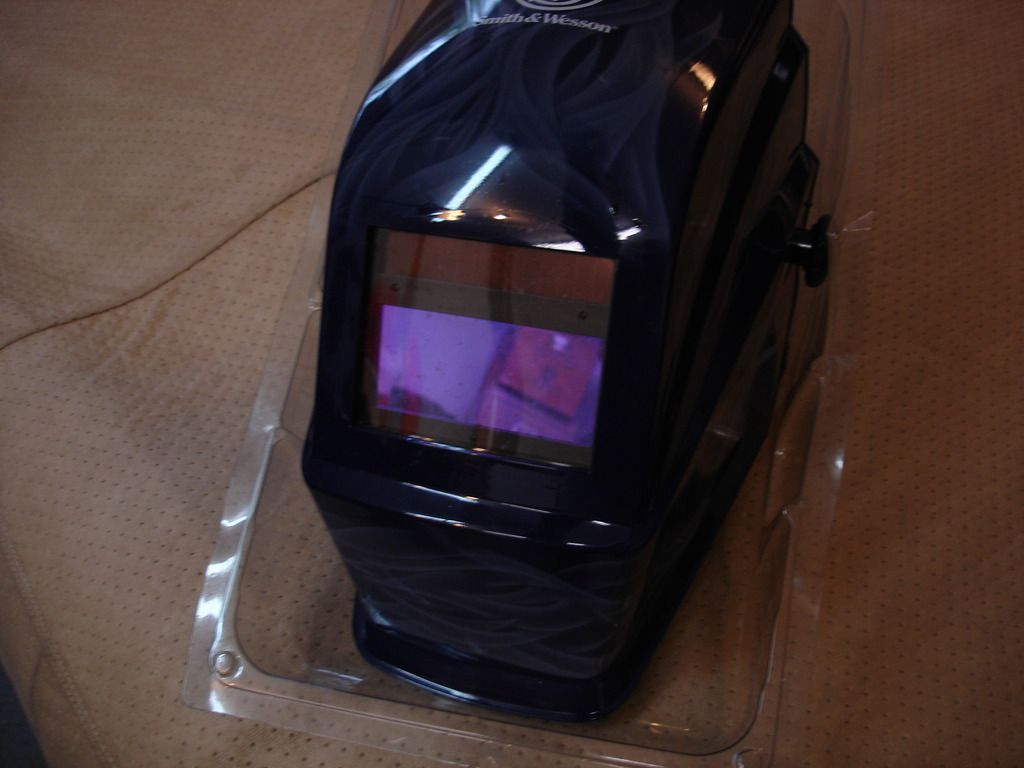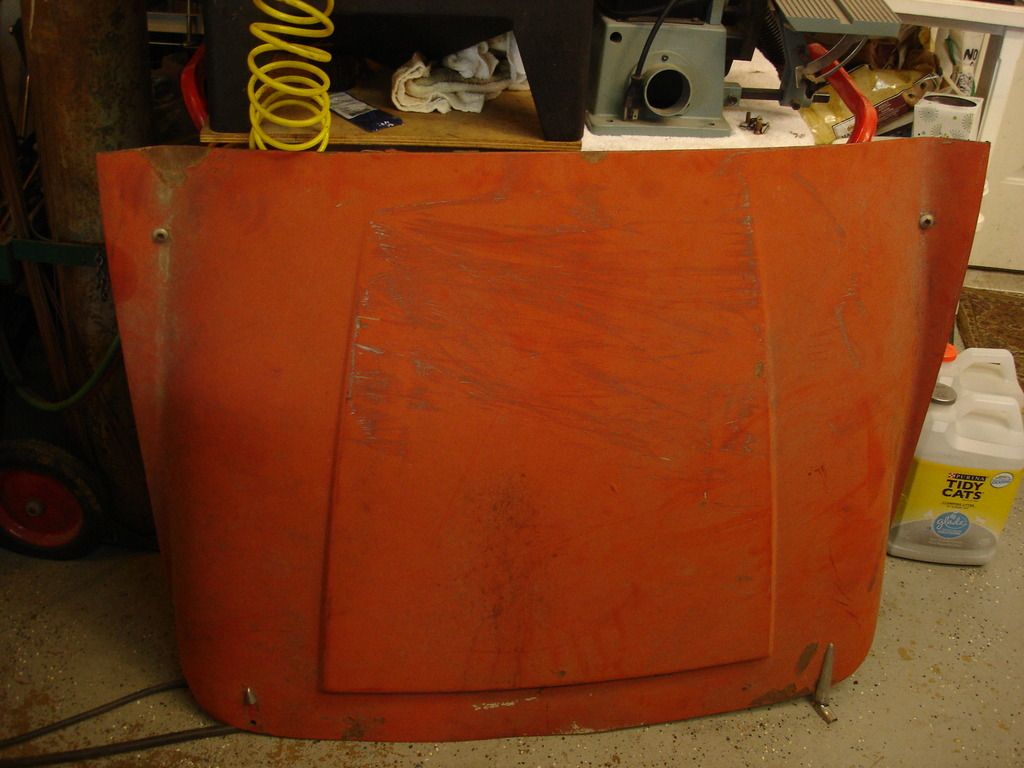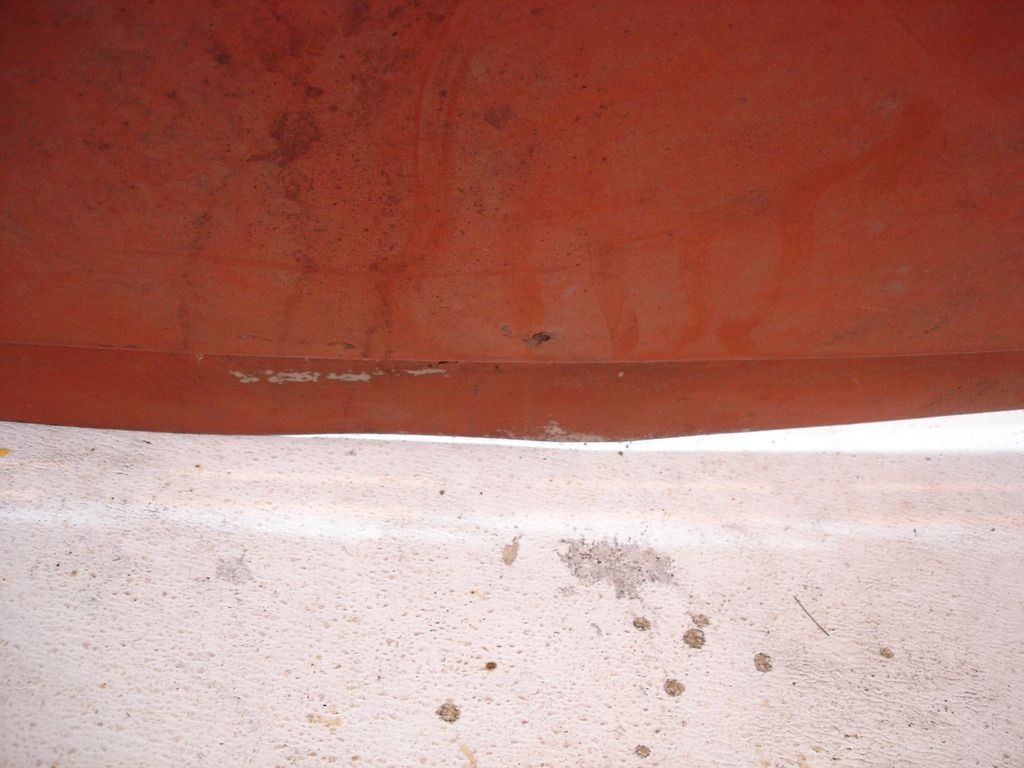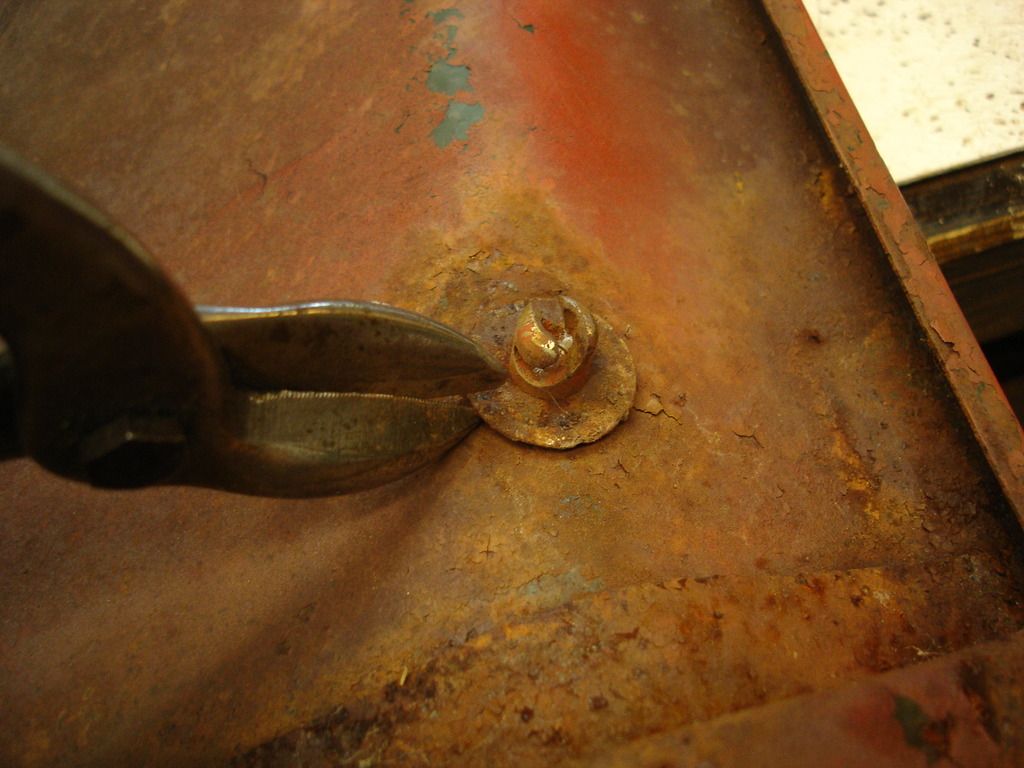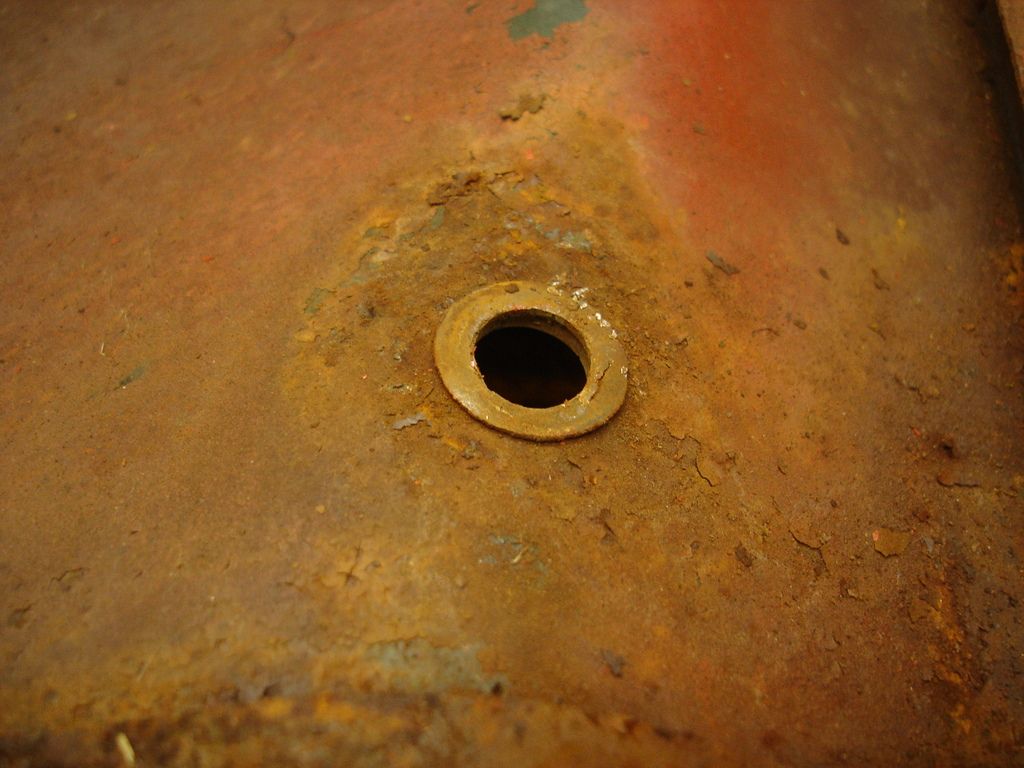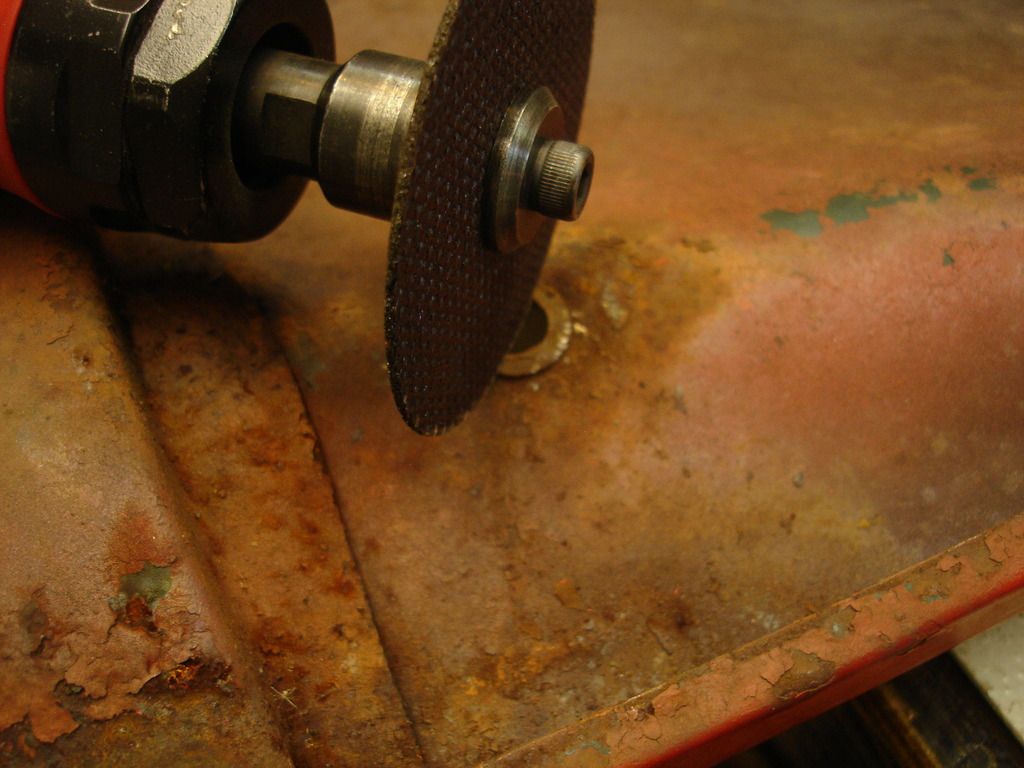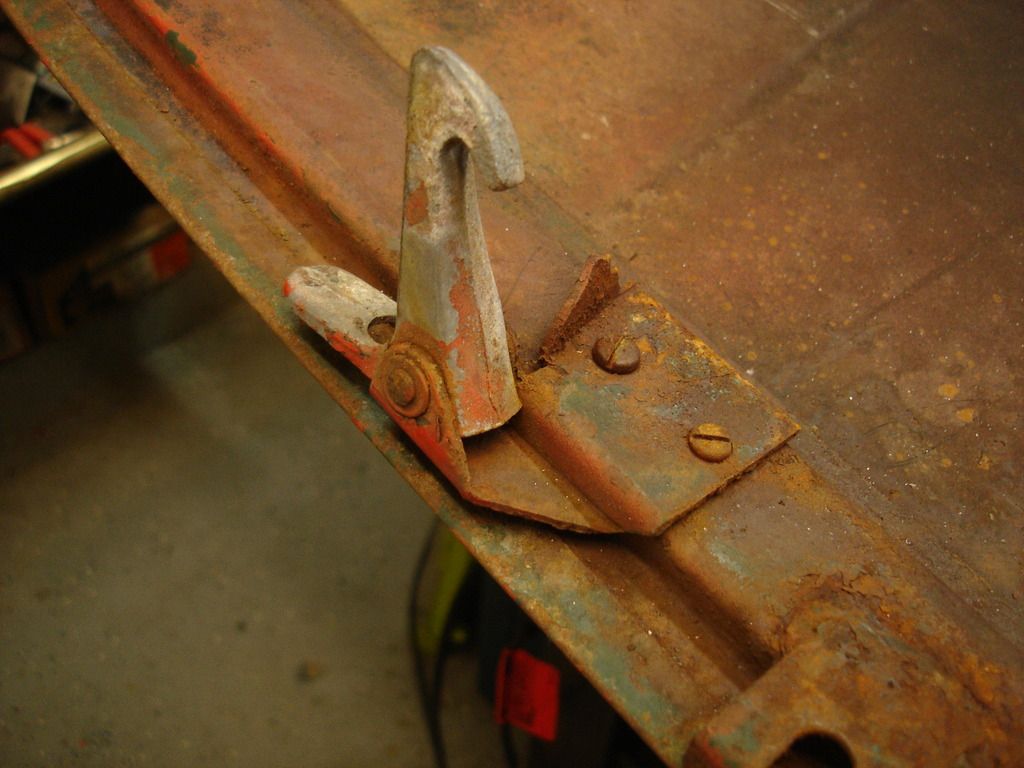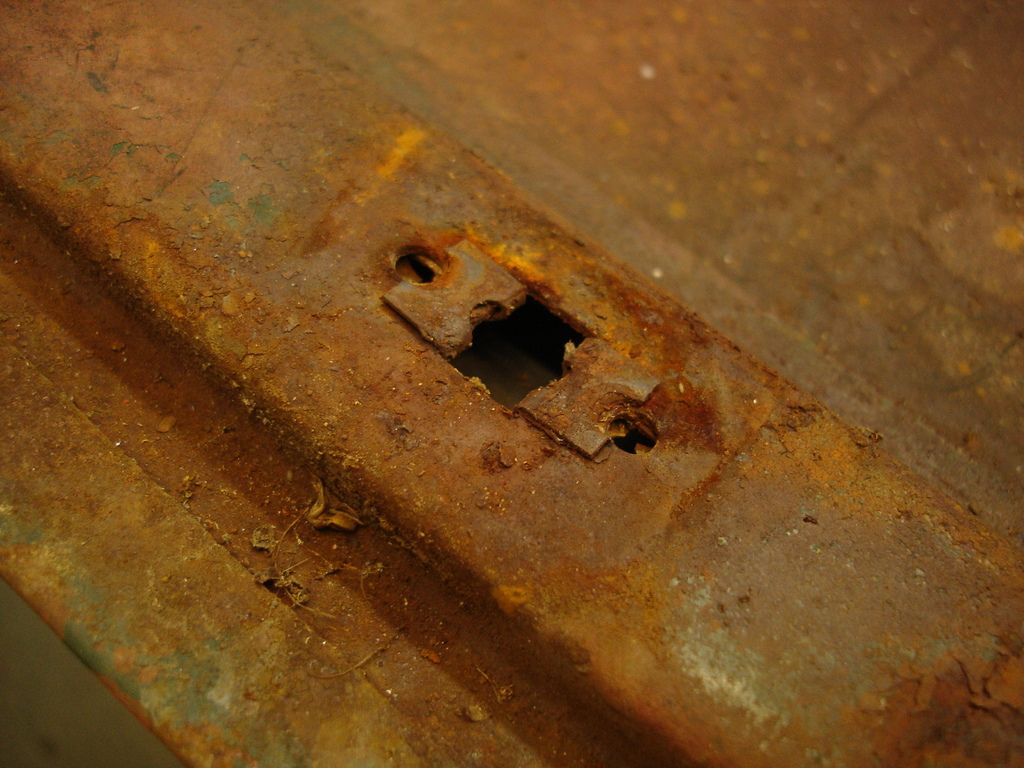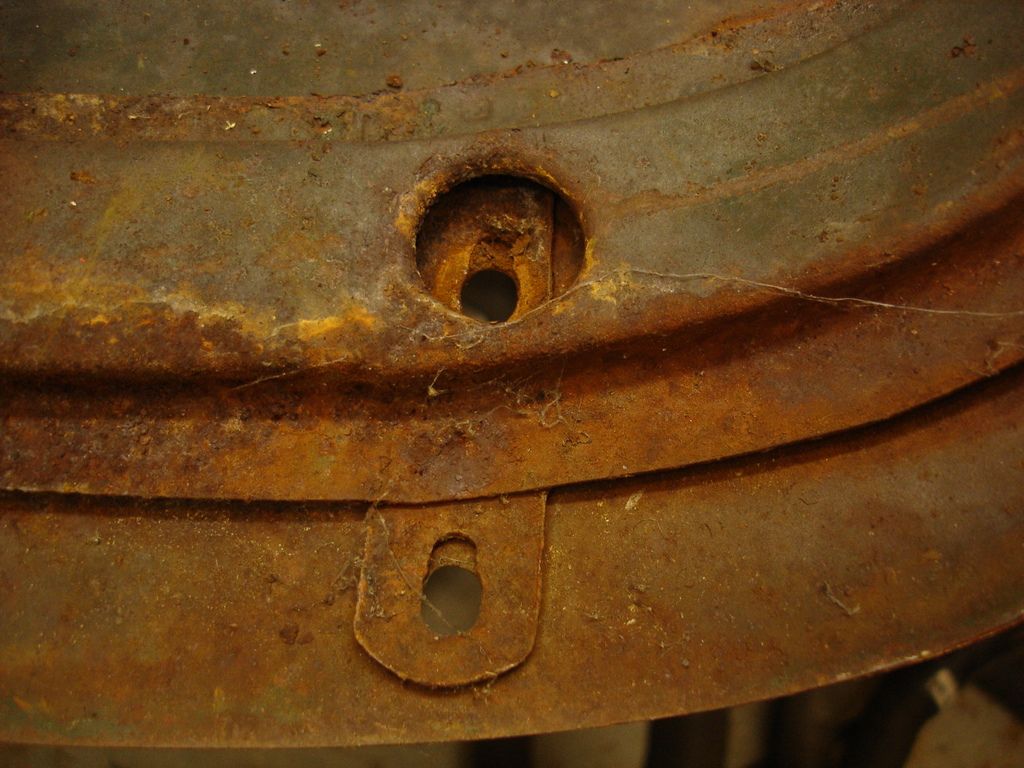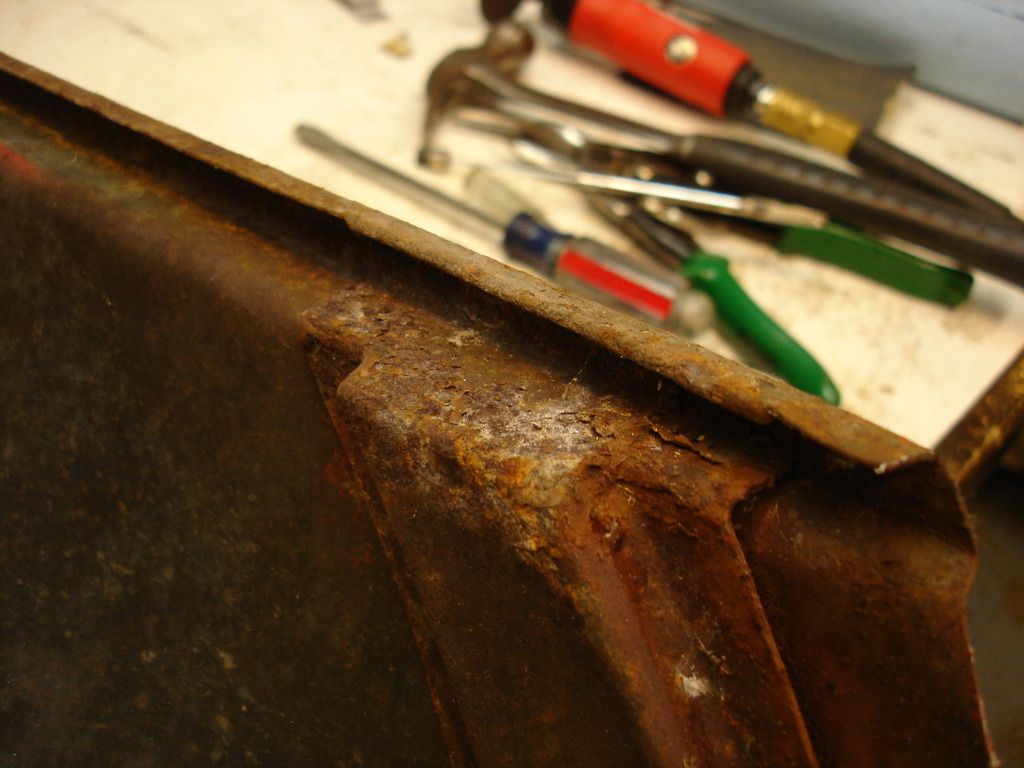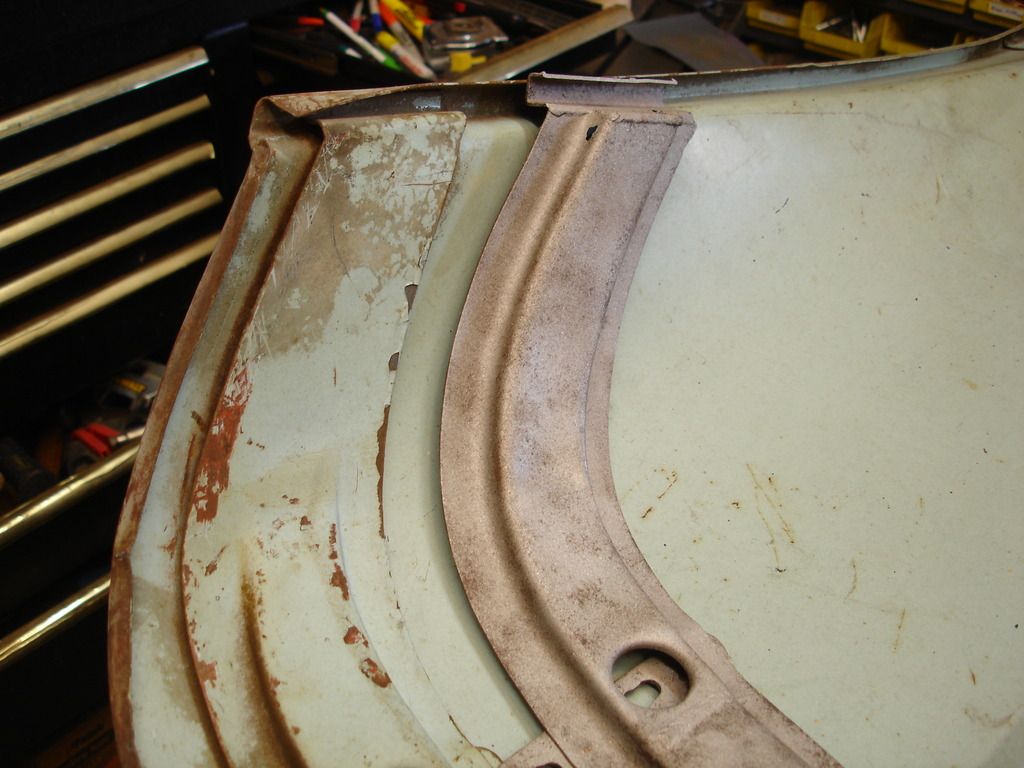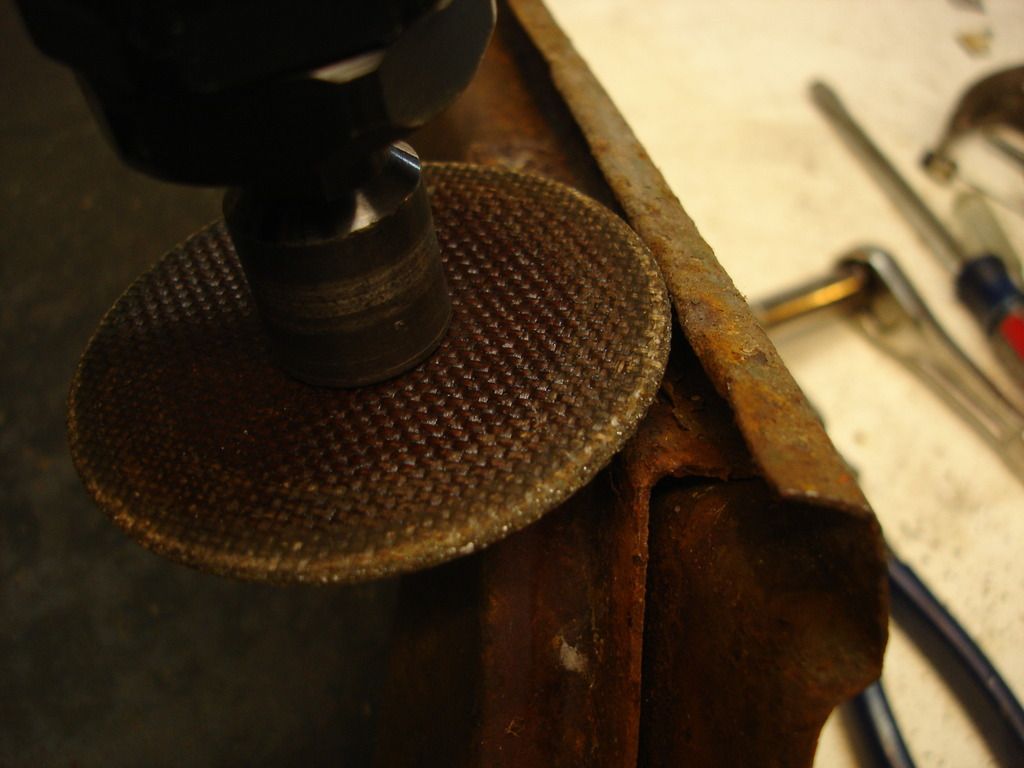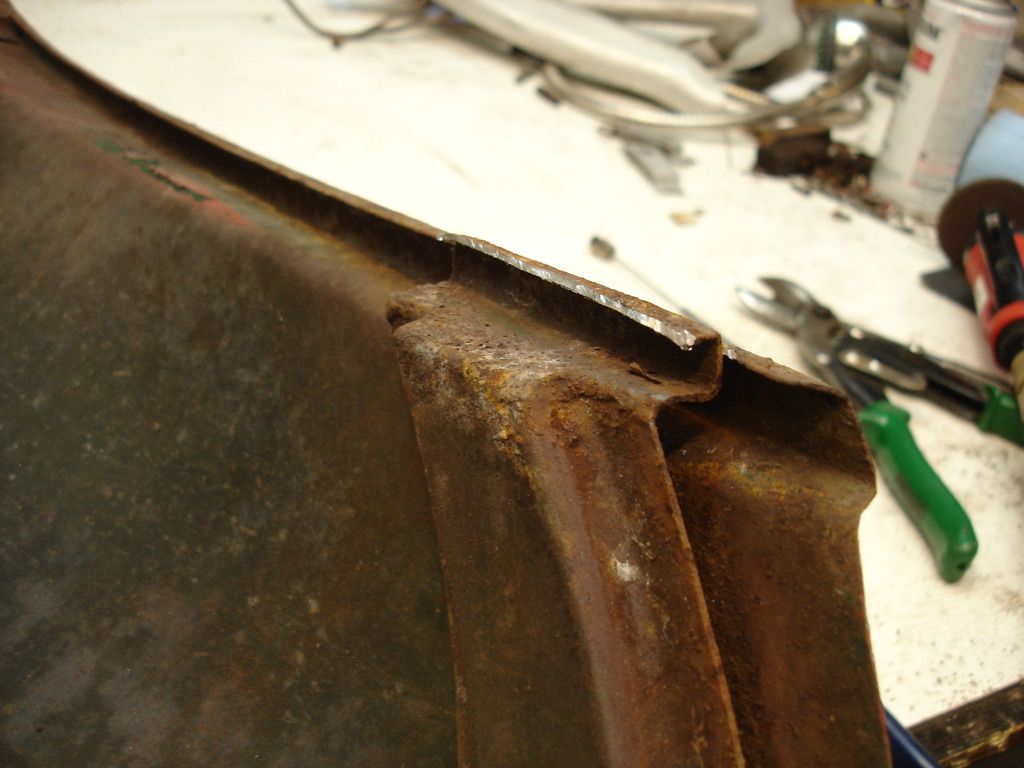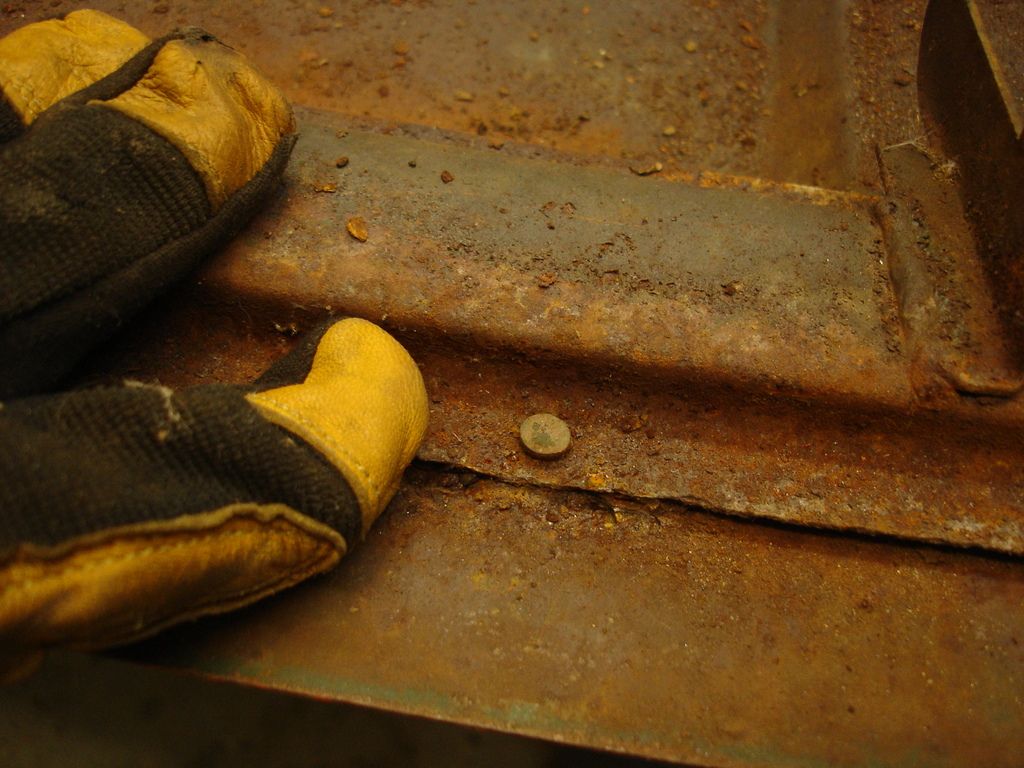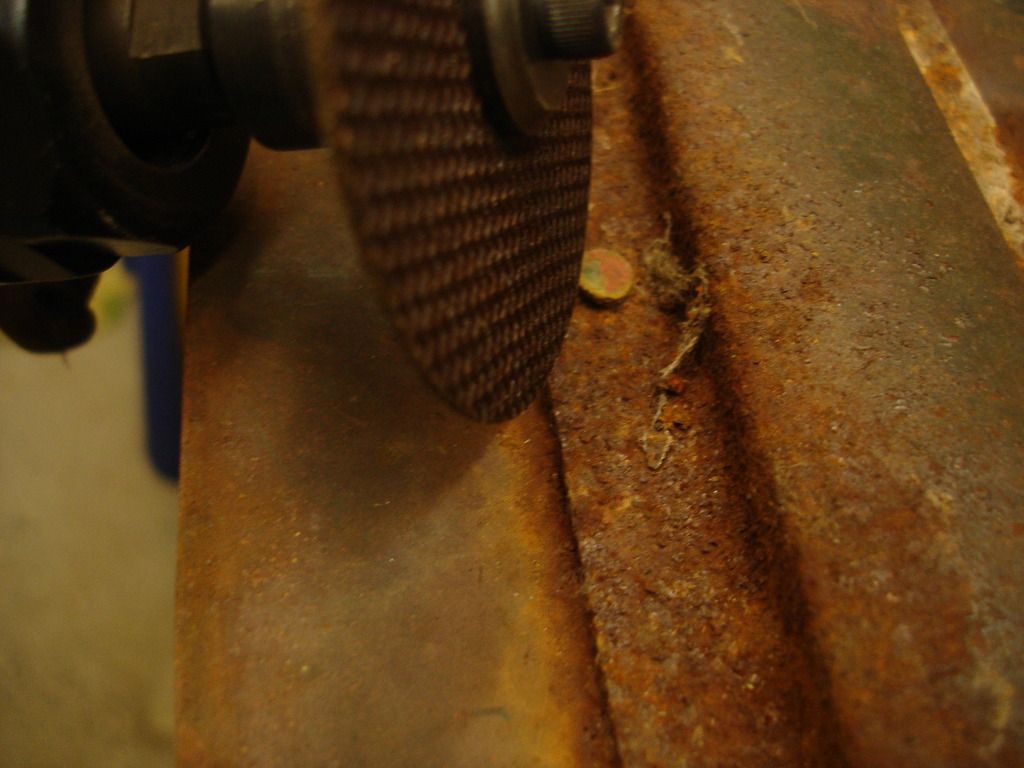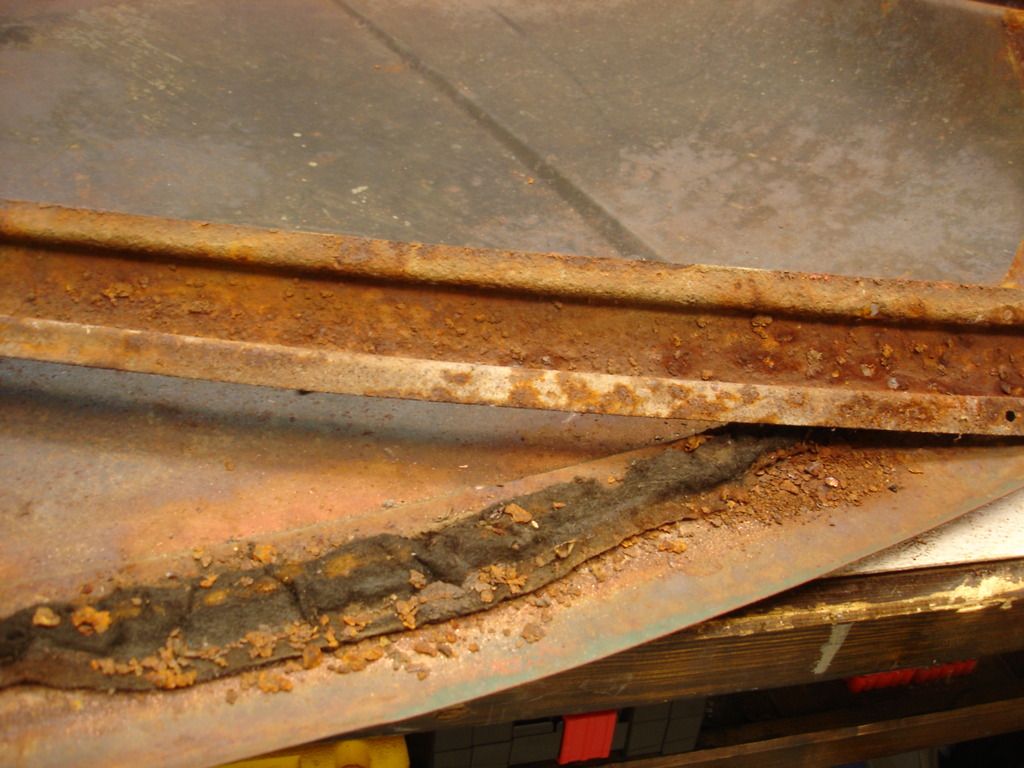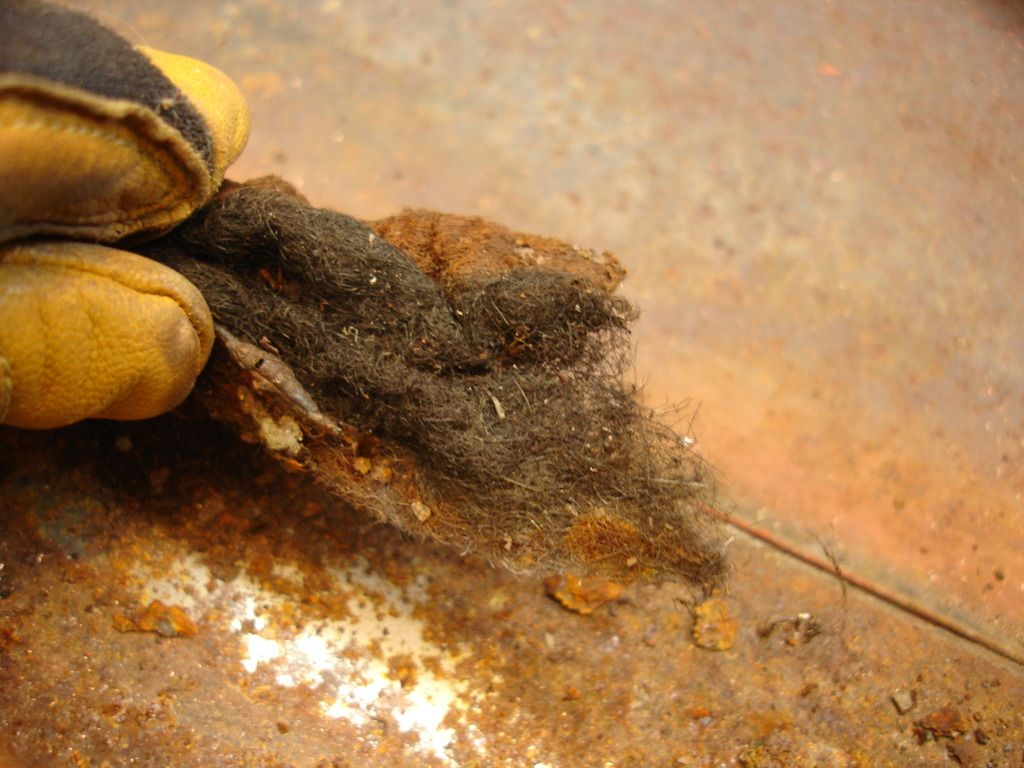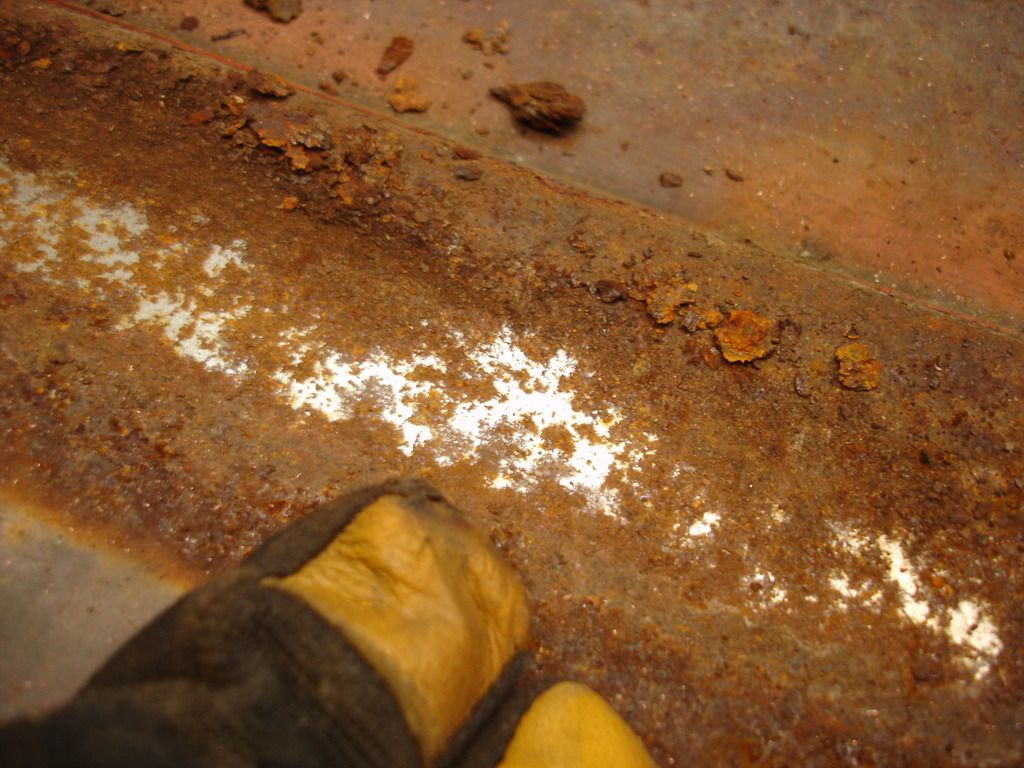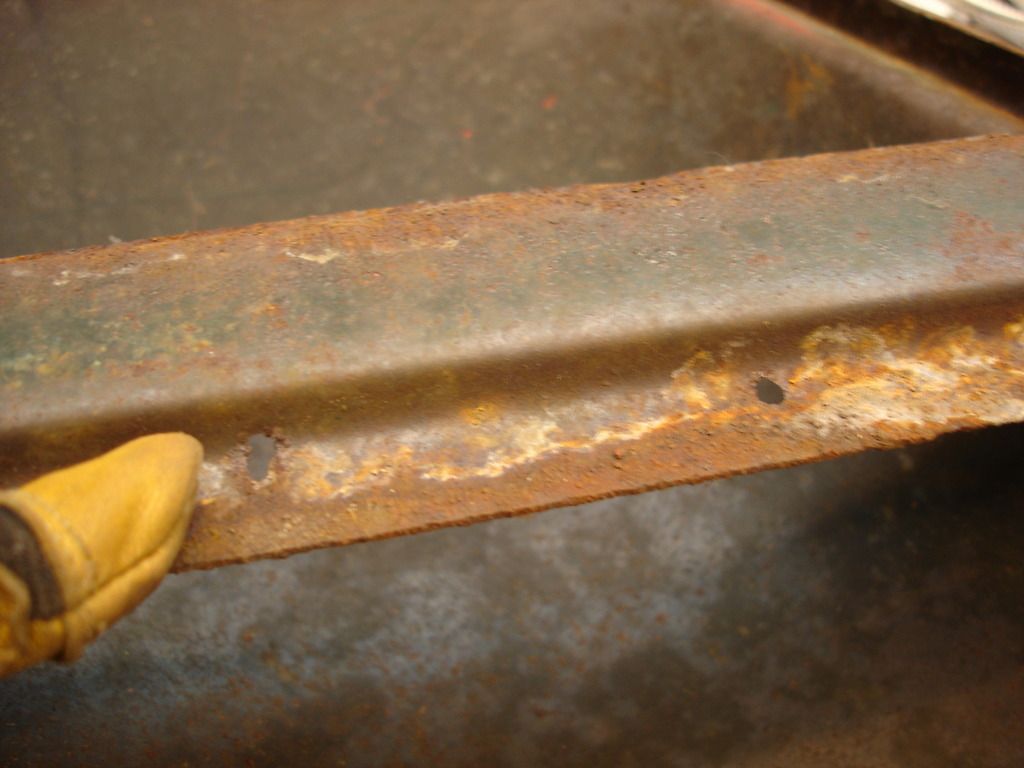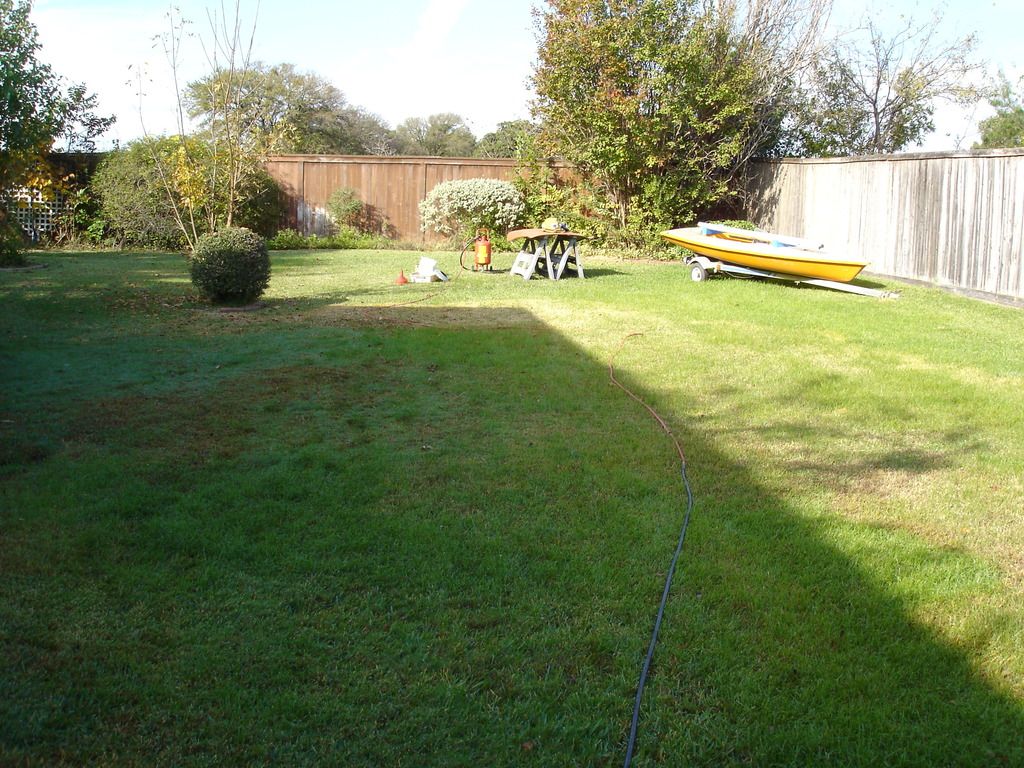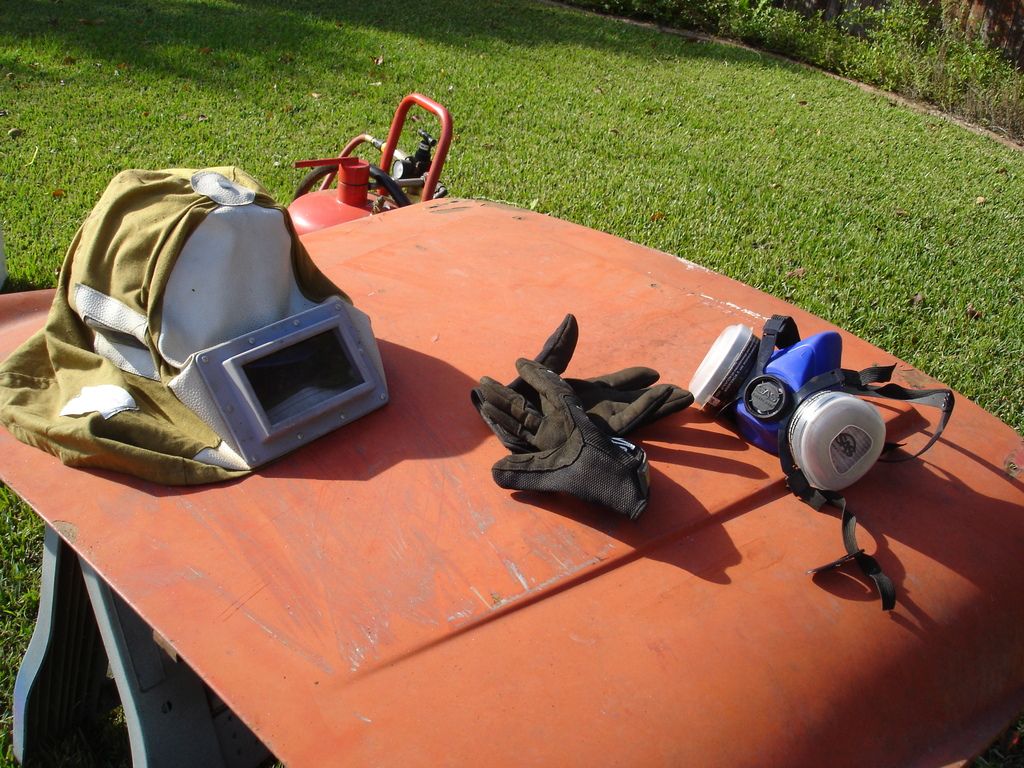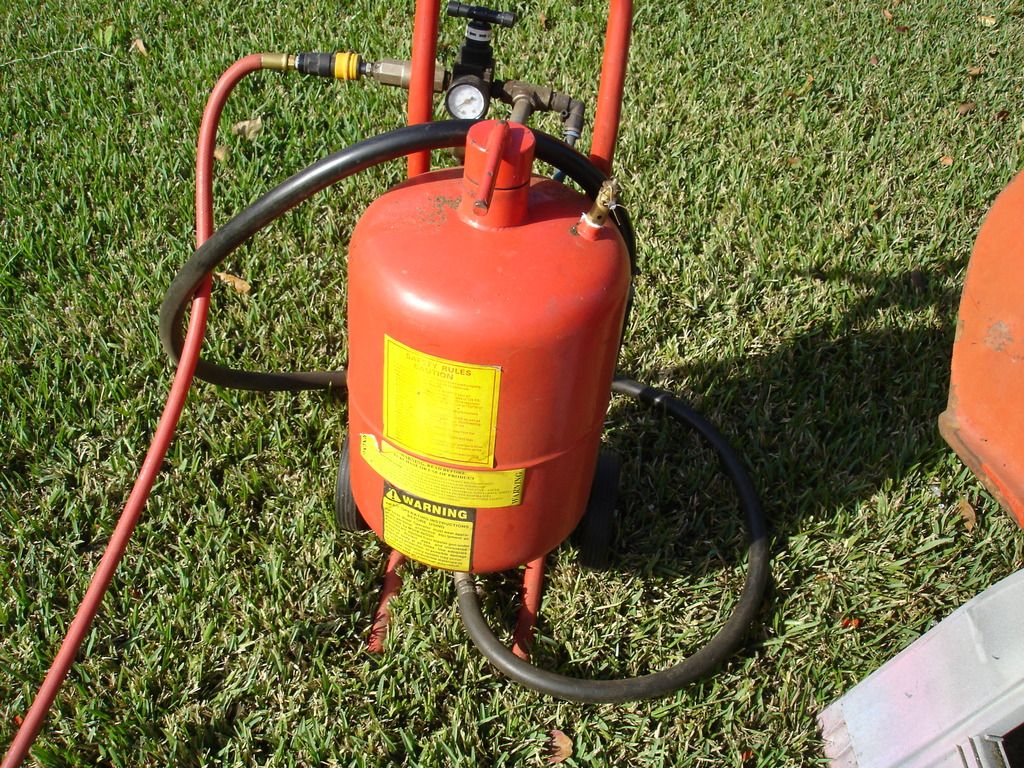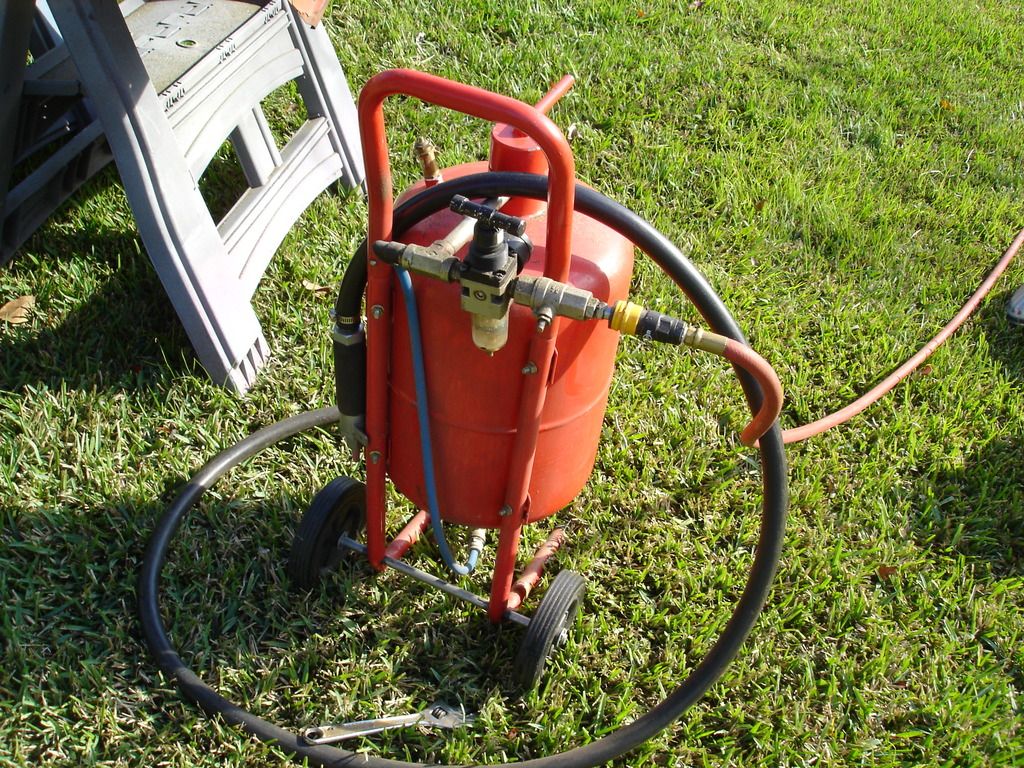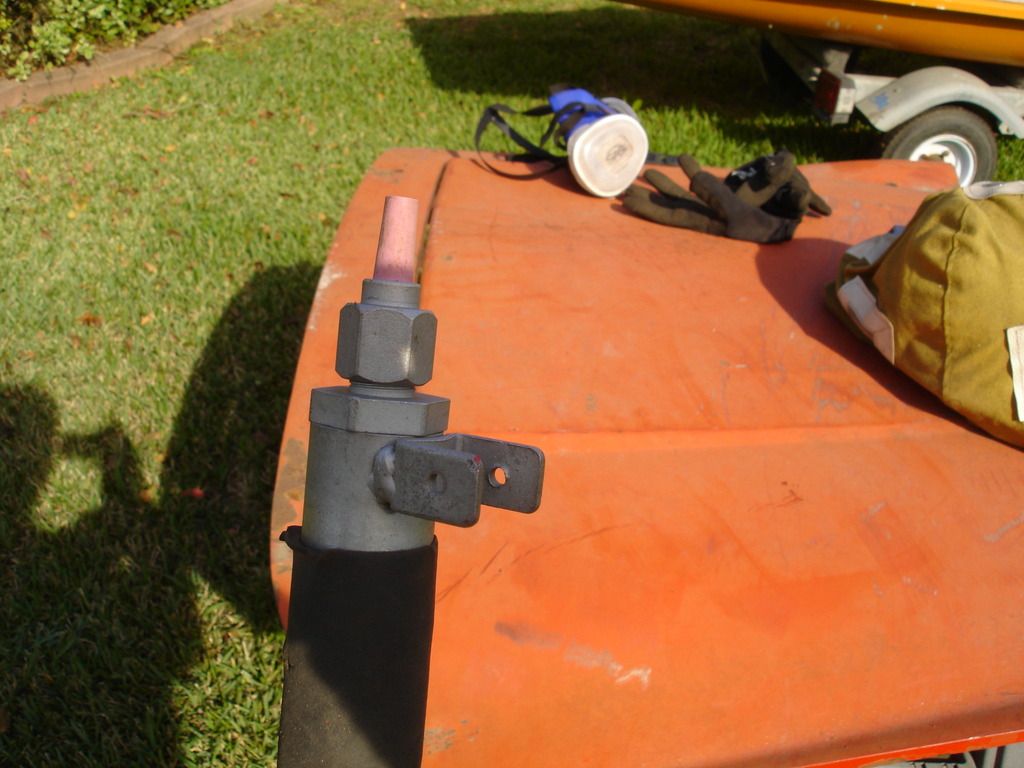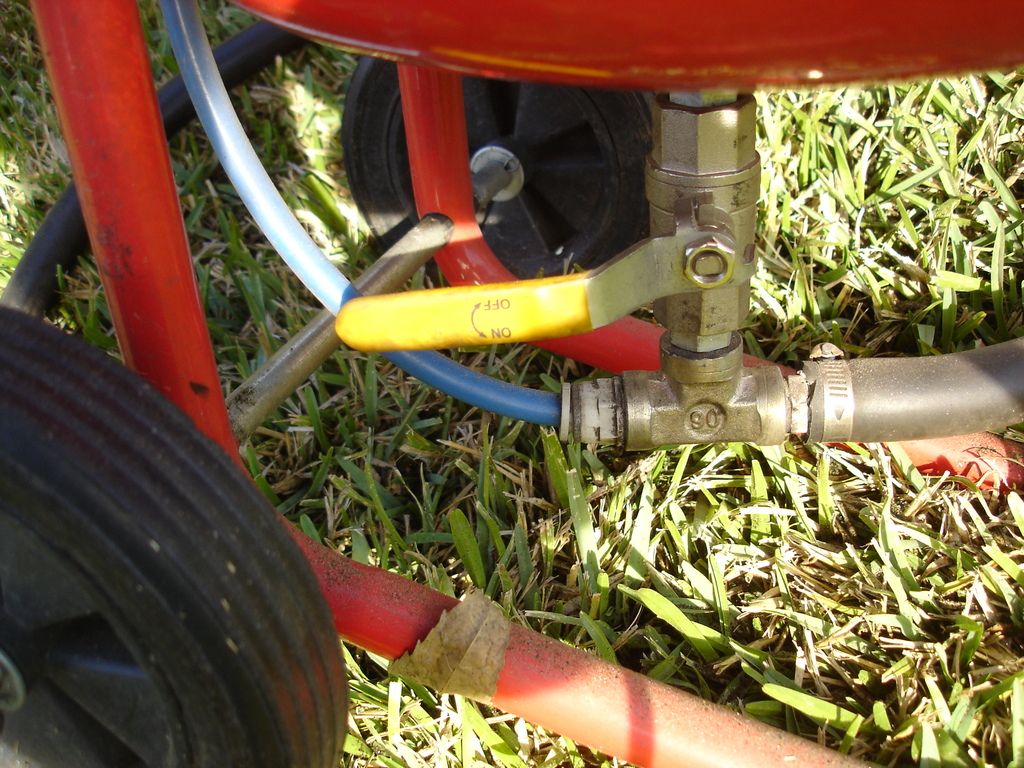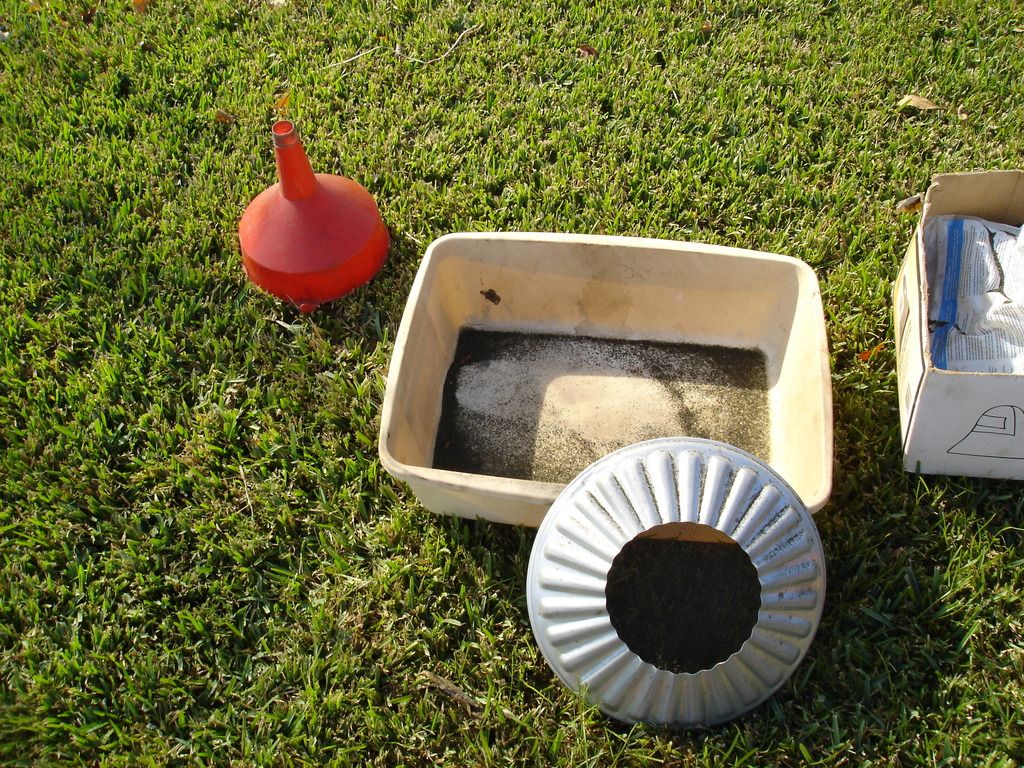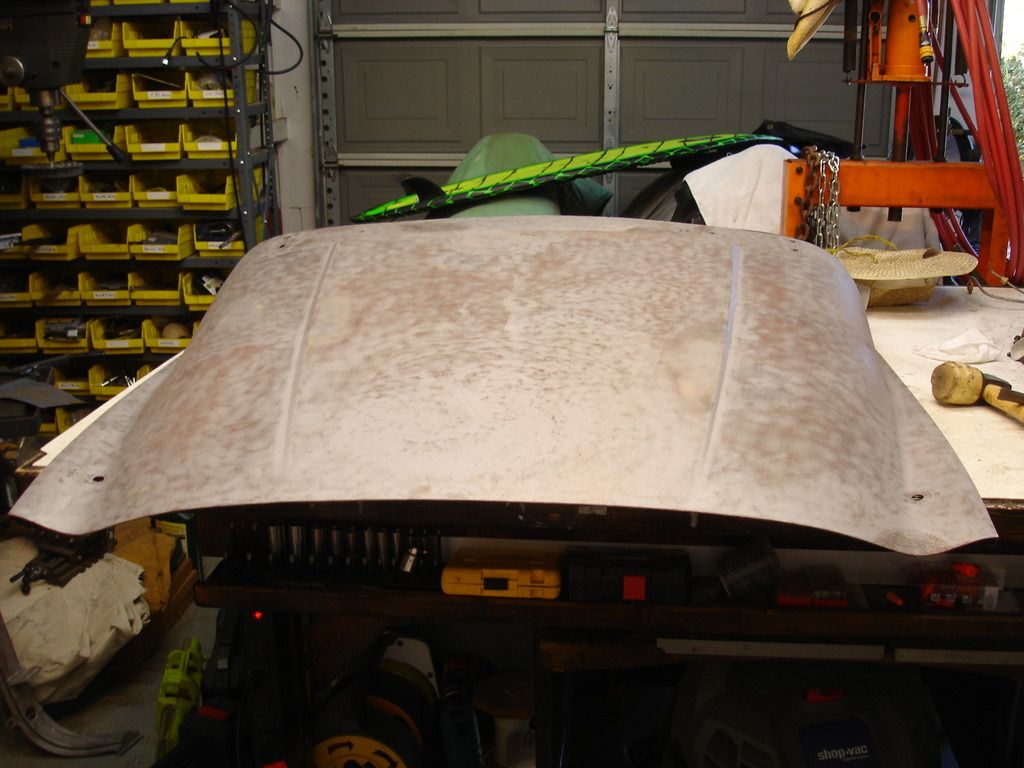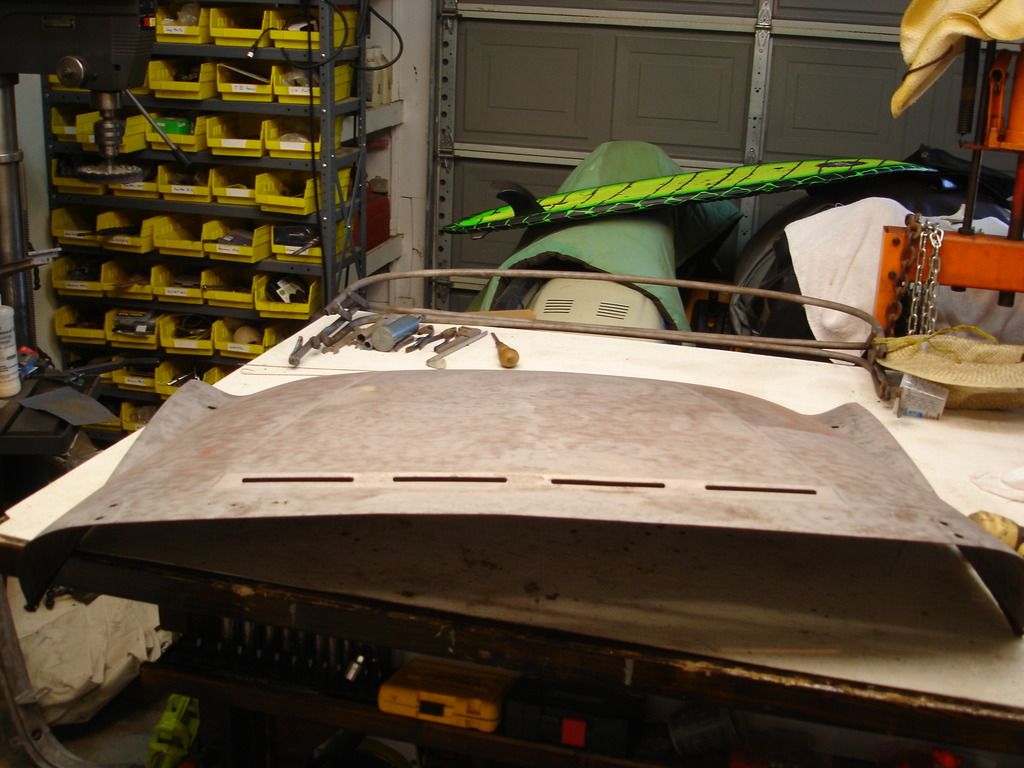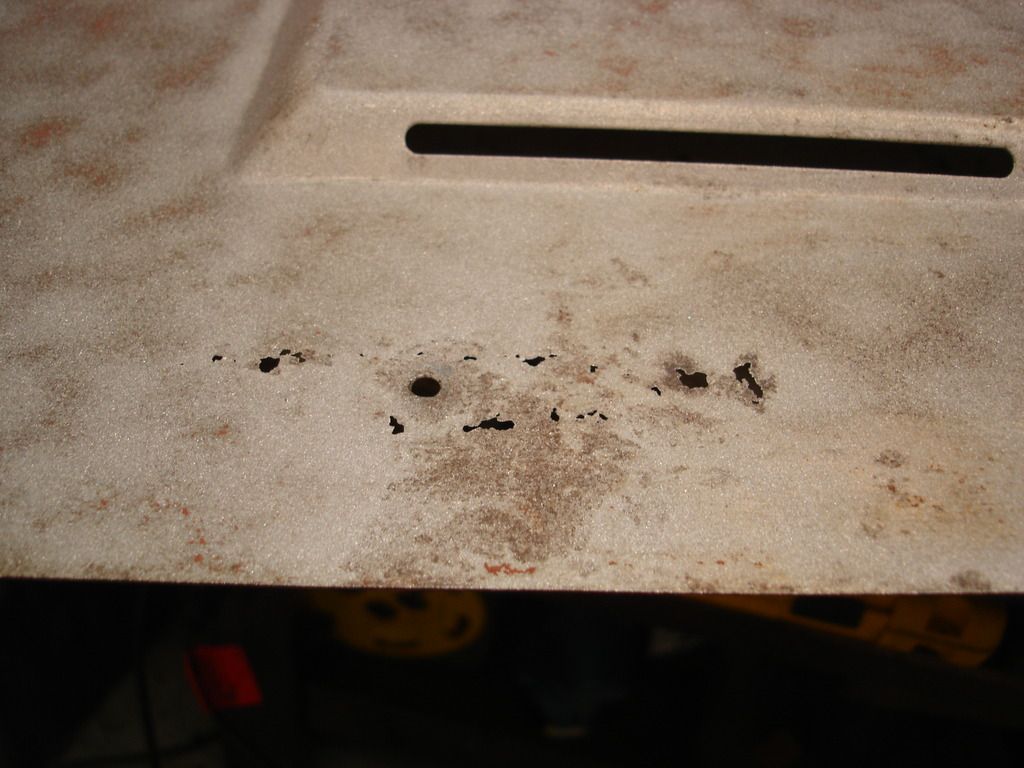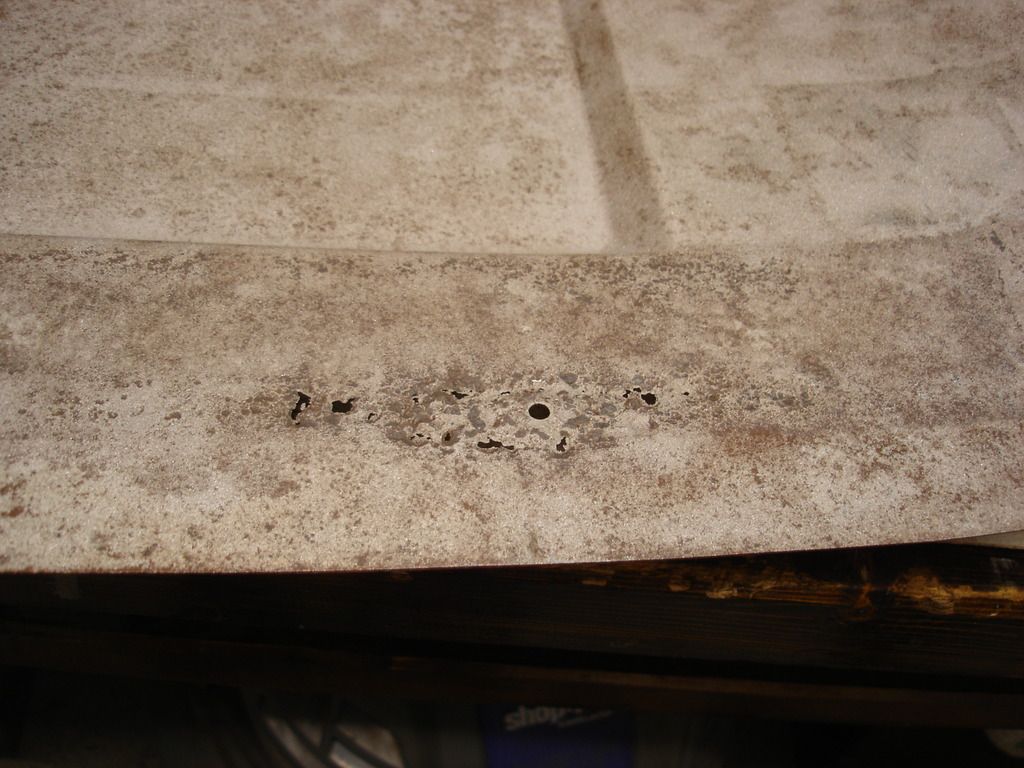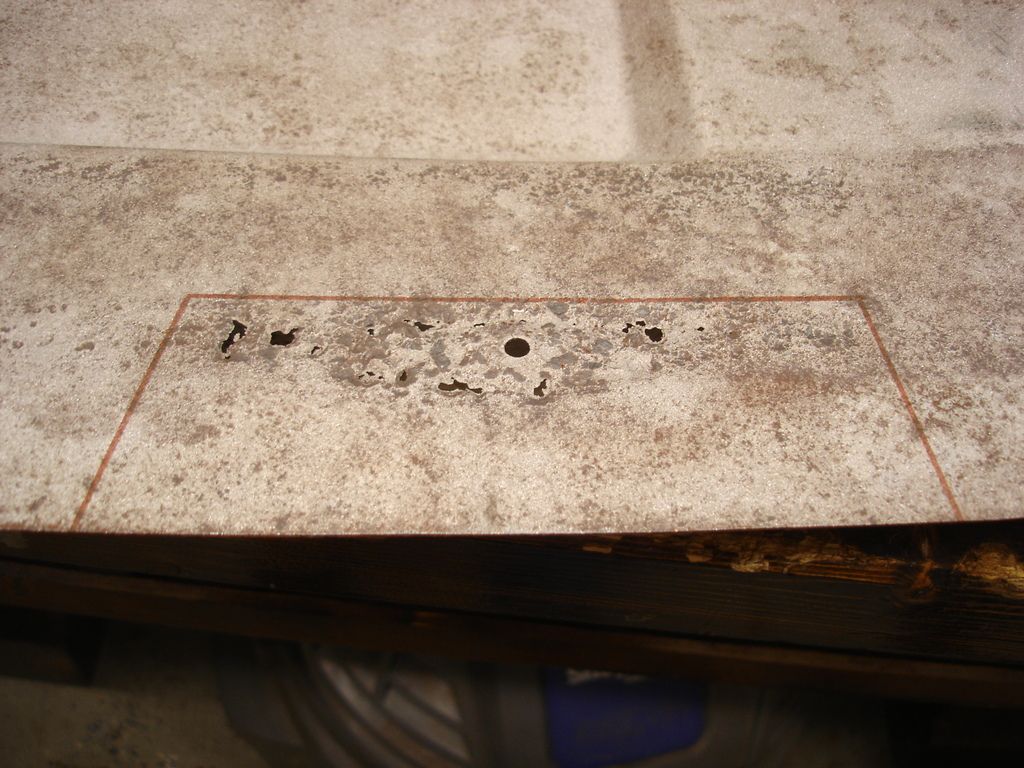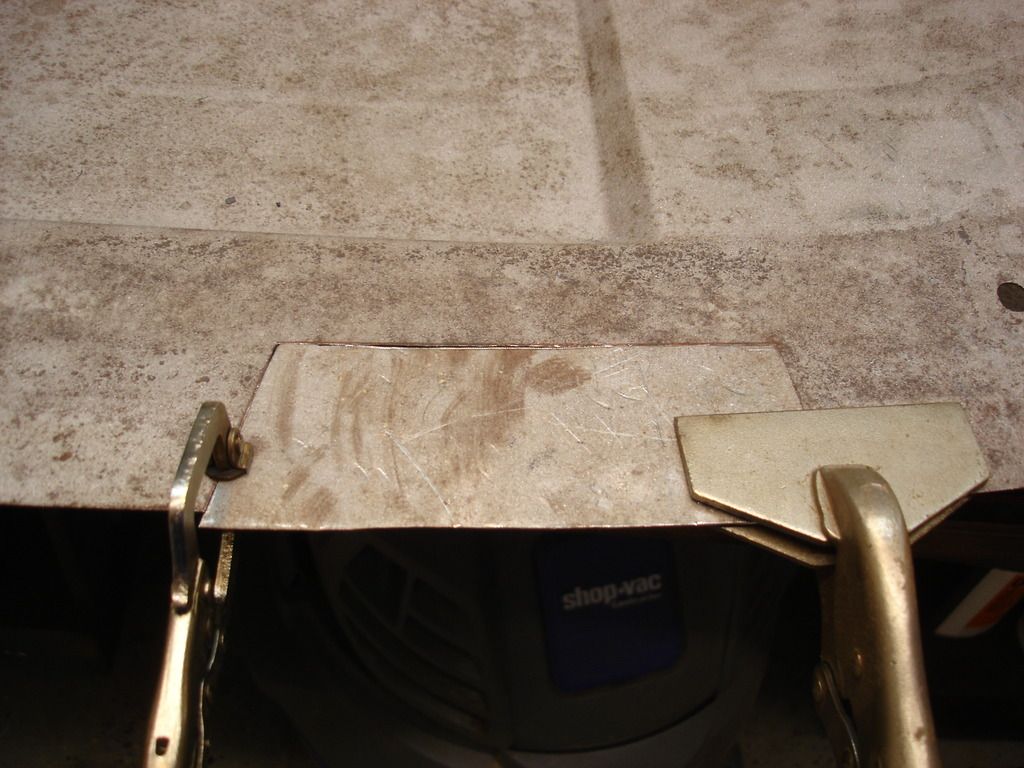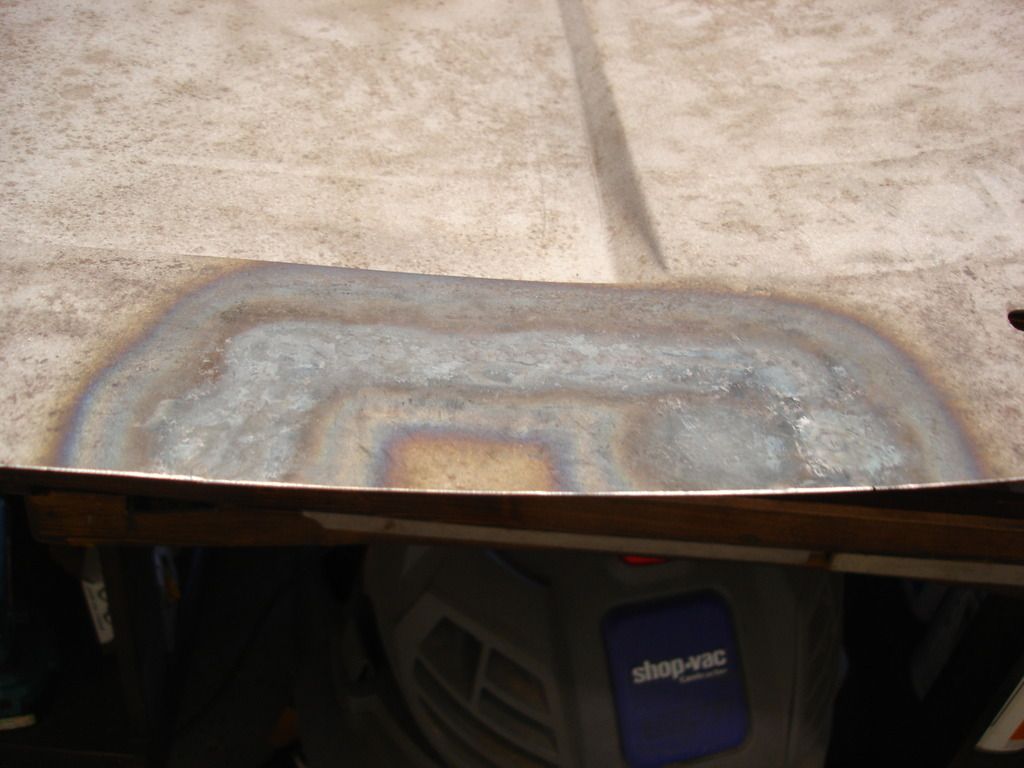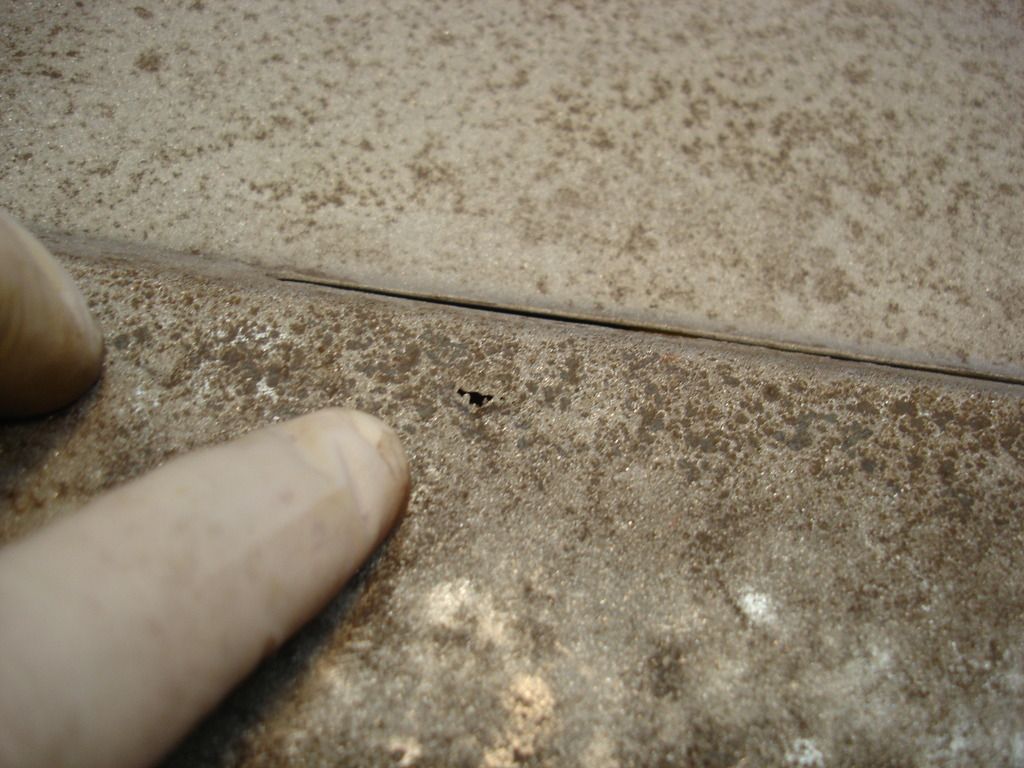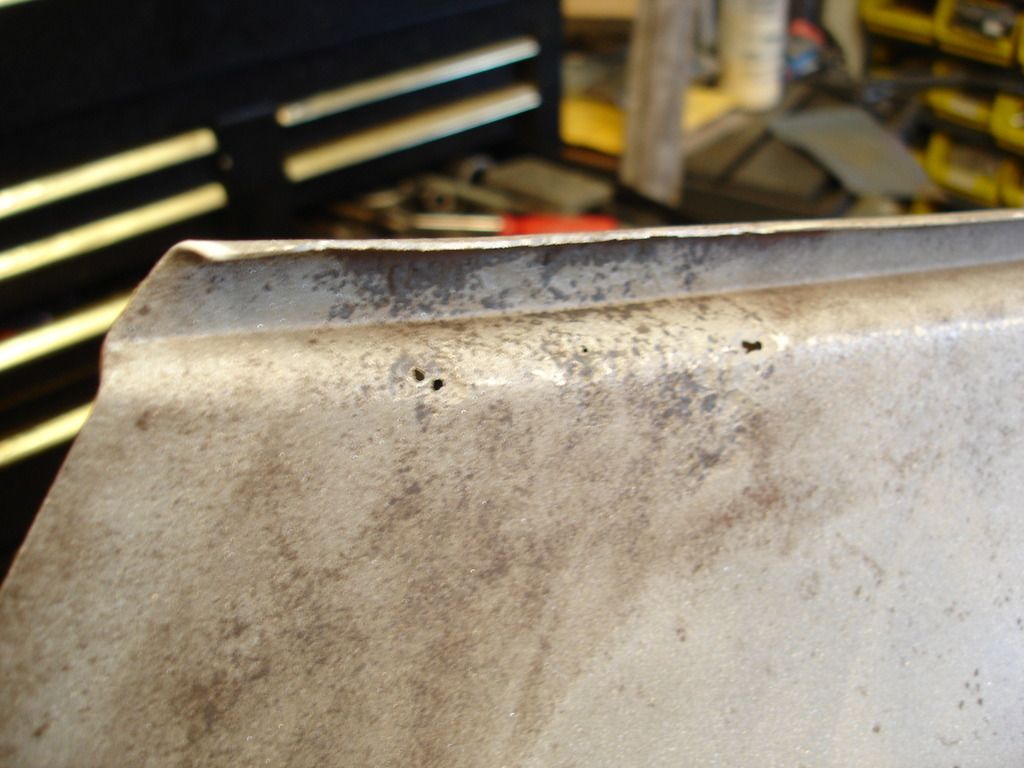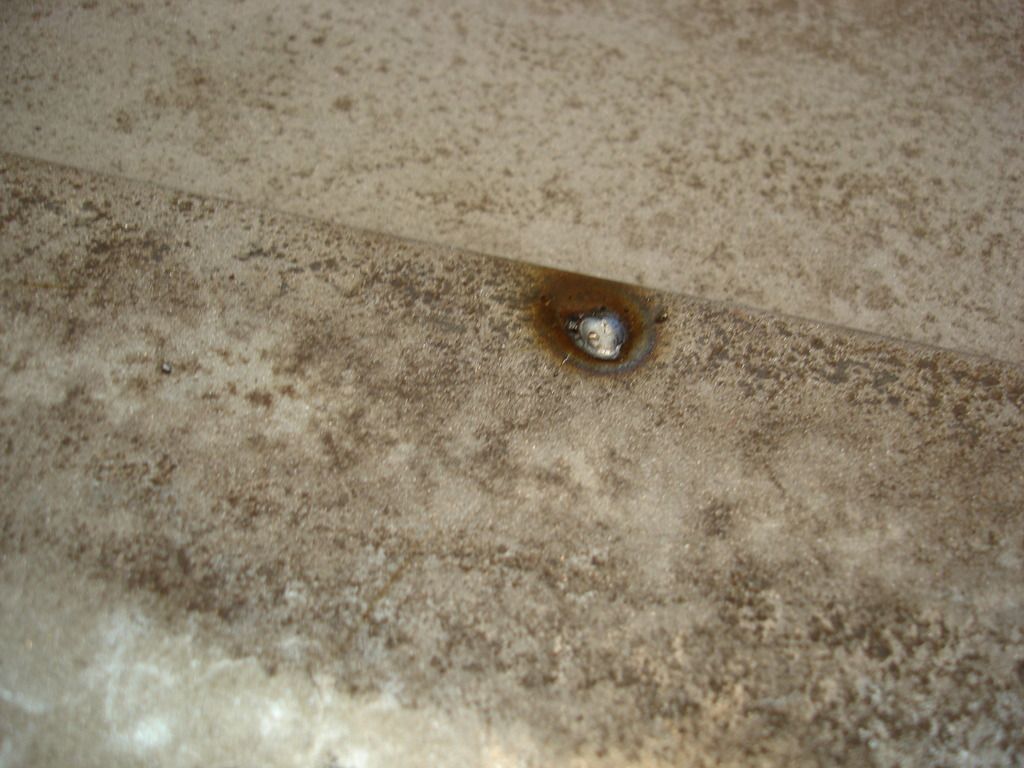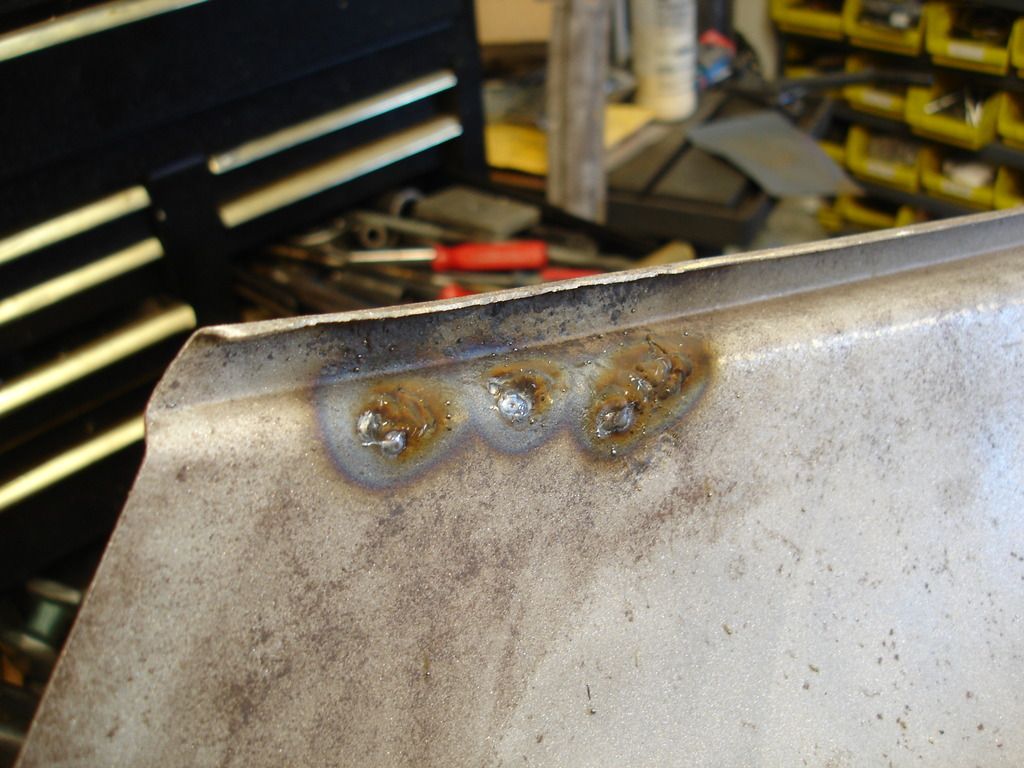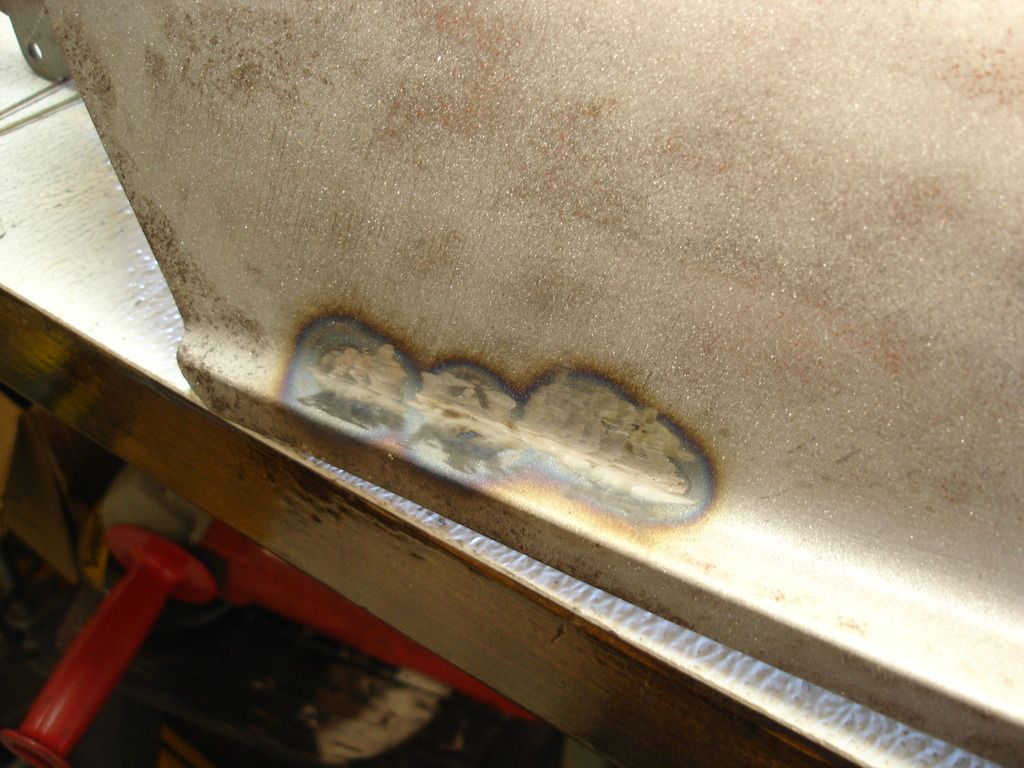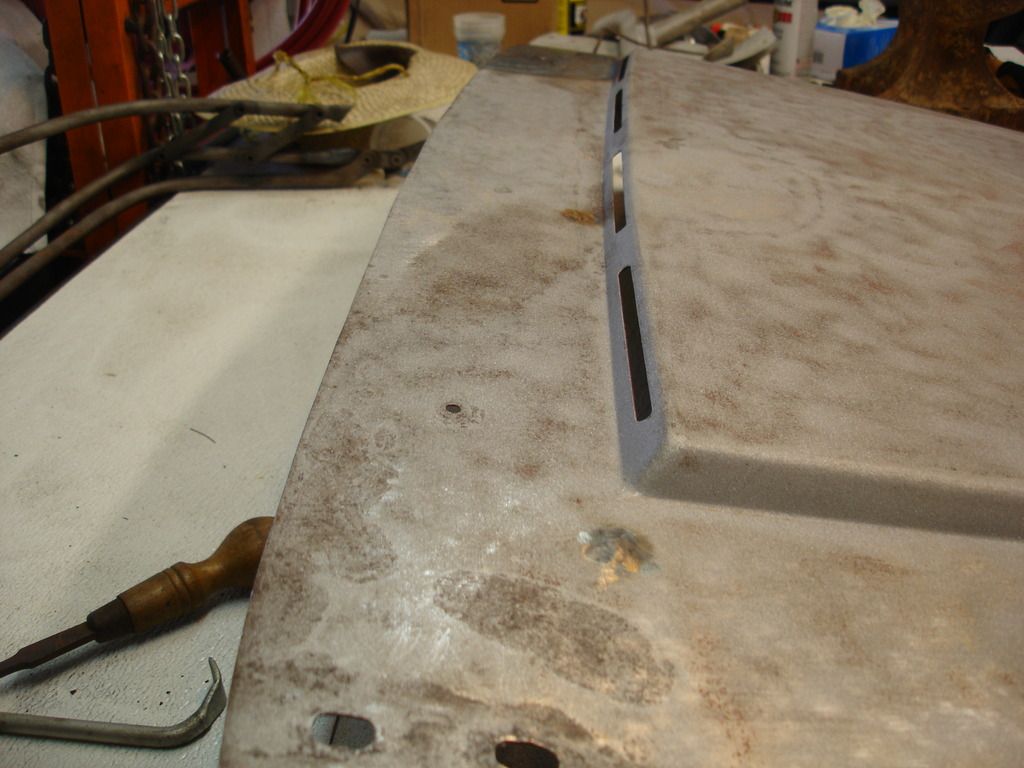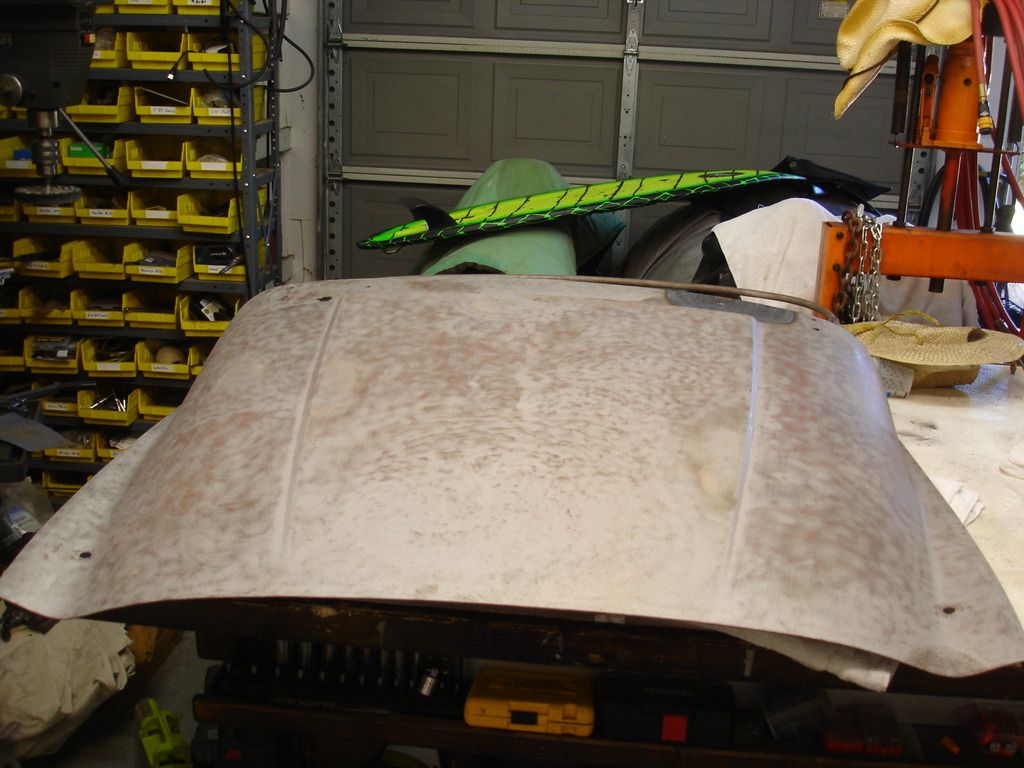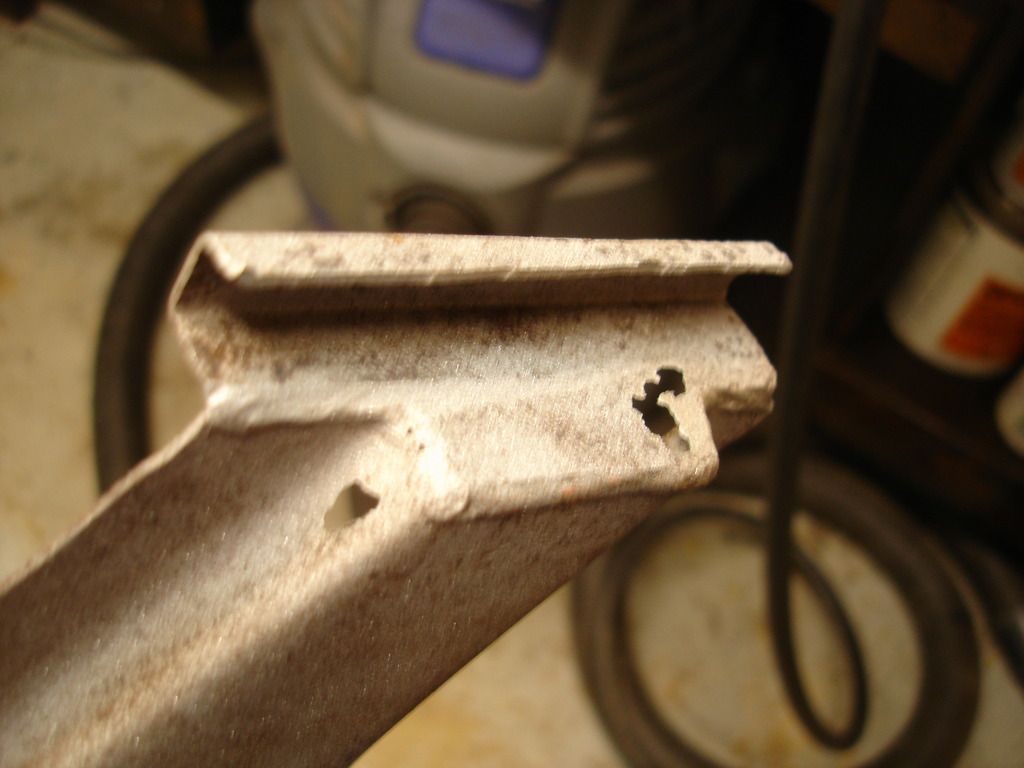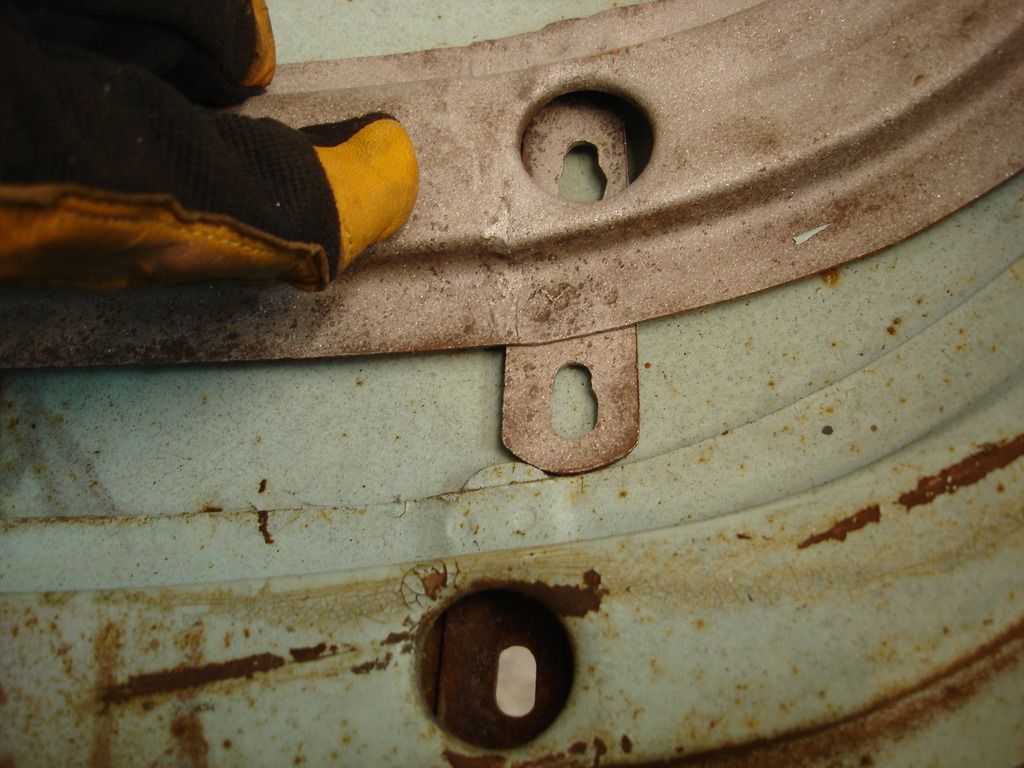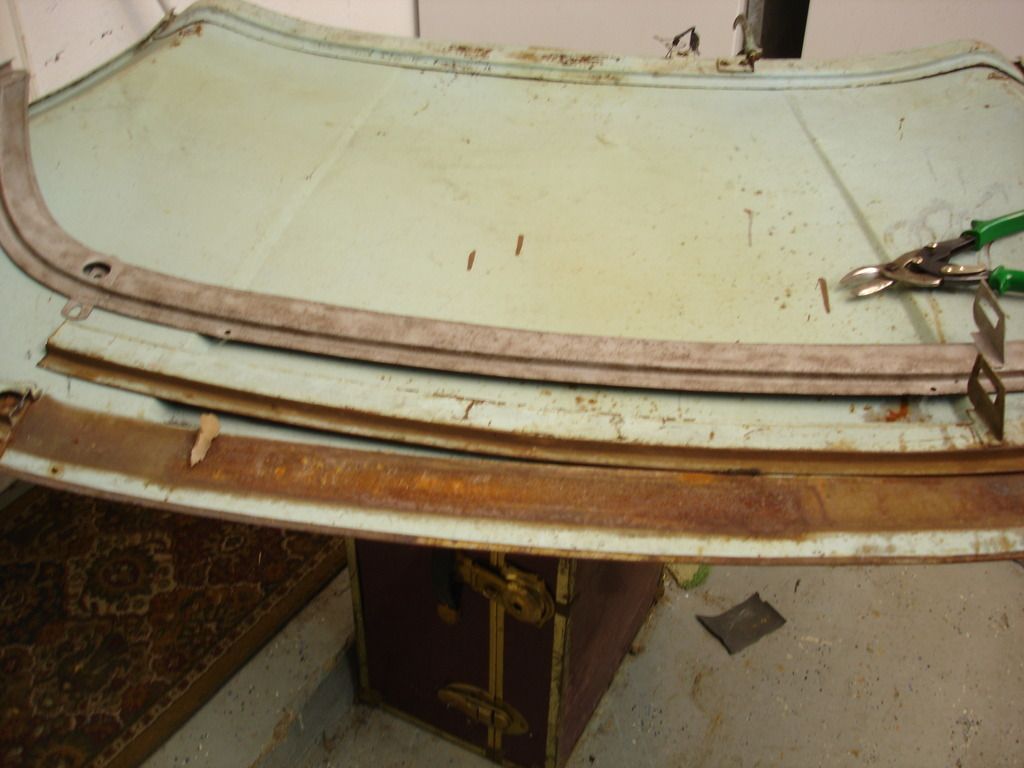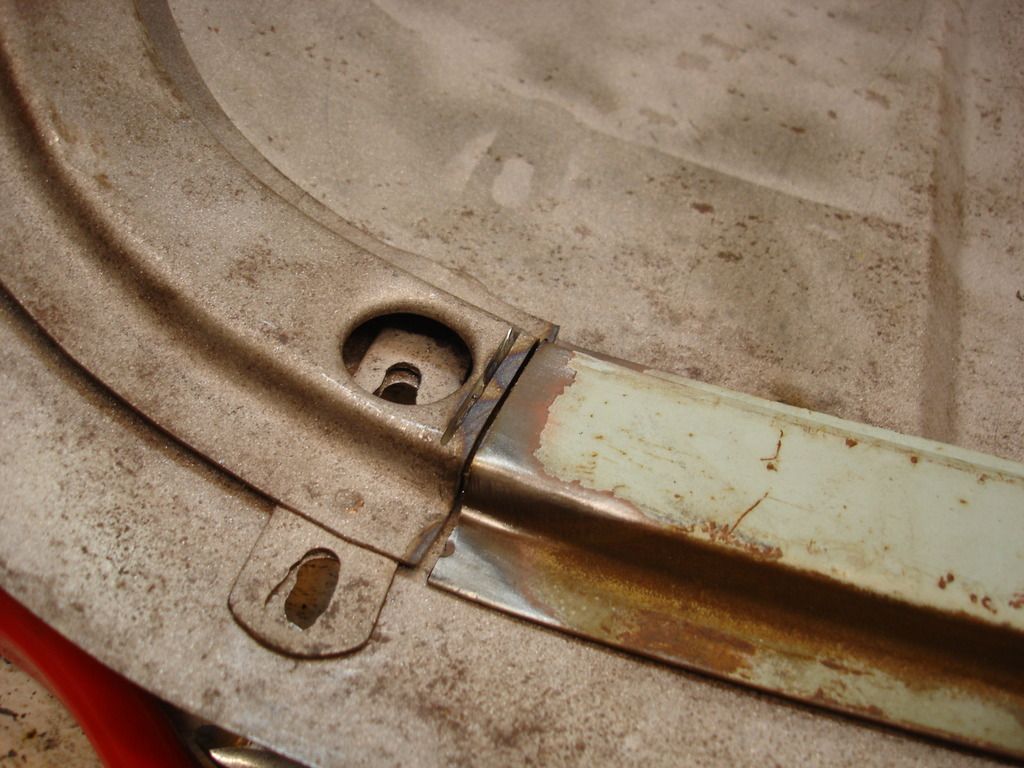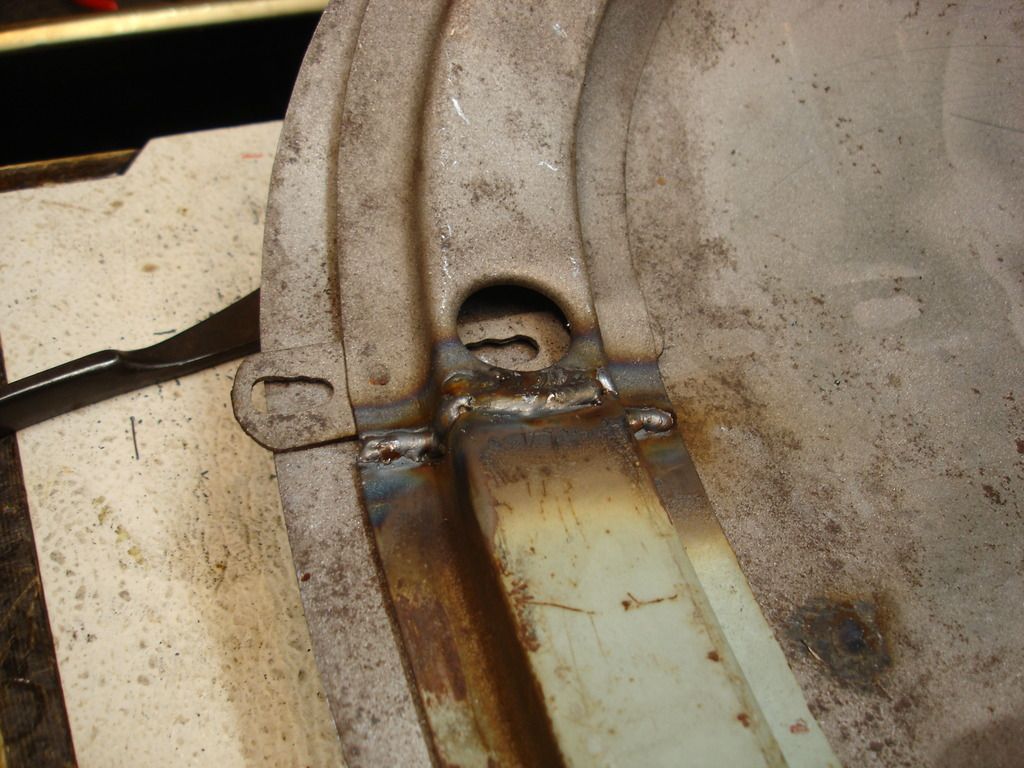PatGalvin
Jedi Warrior
Offline
Great examples John. I feel like I've had to do all that metal work on my TR over about 18 months of welding, grinding, patching, etc. For oil canning, I work small areas with my oxy acetylene torch and then hammer and dolly. It's amazing how even though you are striking the area, it shrinks up tightens the metal so well. I've also used a wet rag at times, which works pretty well. When I welded the sides of my new floor pans, the floor pan oil canned horribly (Shrunk around the perimeter, as you'd expect). I spent about an hour with the torch, hammer and dolly, and sometimes wet rag and the floor tightened right up and no more oil canning. Was great.
Towards the end of my metal work, I obtained a stud welder and used the shrink tip on that with compressed air to shrink areas. I welded a patch panel on the lower front wing, in front of the door. The long lap weld on the patch panel caused the panel to shrink horizontally on the panel area and the fender oil canned badly. With the stud welder shrink tip and the compressed air, I could quickly shrink the "fat" areas and tighten up the panel. I really enjoyed how easy this was. I realize if I had butt welded the patch panel, I could have hammer and dollied the weld and stretched the panel horizontally, maybe removing the oil can. With a lap weld, the metal is double thick and you can't stretch it without a BFH and probably panel damage. I would do it differently now, but the oil can example still holds (for the enjoyment of the esteemed forum members). Lap welding patch panels is easier, but not without it's own problems.
I think the key is always to analyze the panel and think about where it needs to shrink and where it needs to stretch, to meet your desired contour. And take your time.
Pat

Towards the end of my metal work, I obtained a stud welder and used the shrink tip on that with compressed air to shrink areas. I welded a patch panel on the lower front wing, in front of the door. The long lap weld on the patch panel caused the panel to shrink horizontally on the panel area and the fender oil canned badly. With the stud welder shrink tip and the compressed air, I could quickly shrink the "fat" areas and tighten up the panel. I really enjoyed how easy this was. I realize if I had butt welded the patch panel, I could have hammer and dollied the weld and stretched the panel horizontally, maybe removing the oil can. With a lap weld, the metal is double thick and you can't stretch it without a BFH and probably panel damage. I would do it differently now, but the oil can example still holds (for the enjoyment of the esteemed forum members). Lap welding patch panels is easier, but not without it's own problems.
I think the key is always to analyze the panel and think about where it needs to shrink and where it needs to stretch, to meet your desired contour. And take your time.
Pat


 Hi Guest!
Hi Guest!

 smilie in place of the real @
smilie in place of the real @
 Pretty Please - add it to our Events forum(s) and add to the calendar! >>
Pretty Please - add it to our Events forum(s) and add to the calendar! >> 
